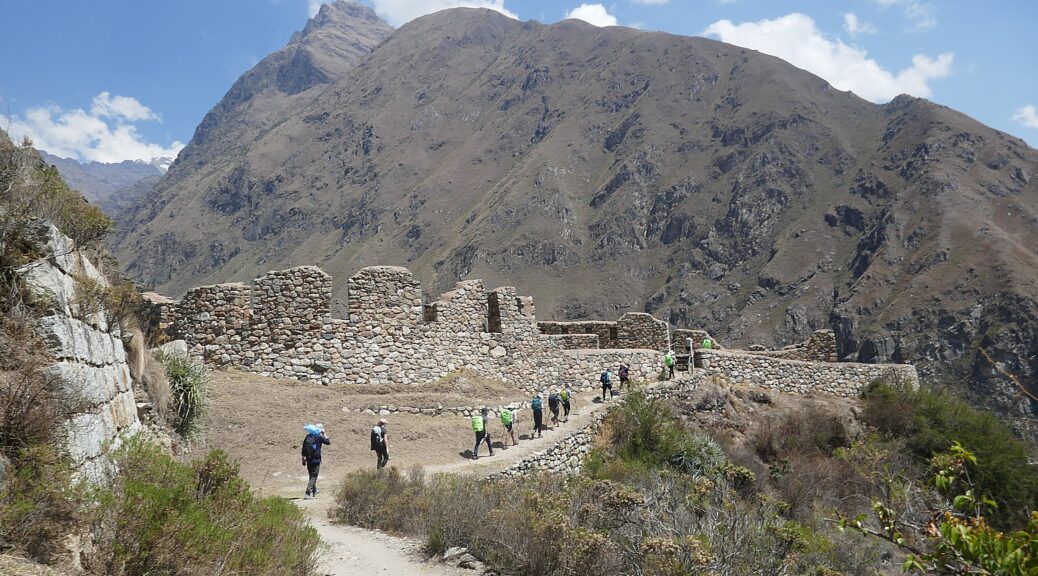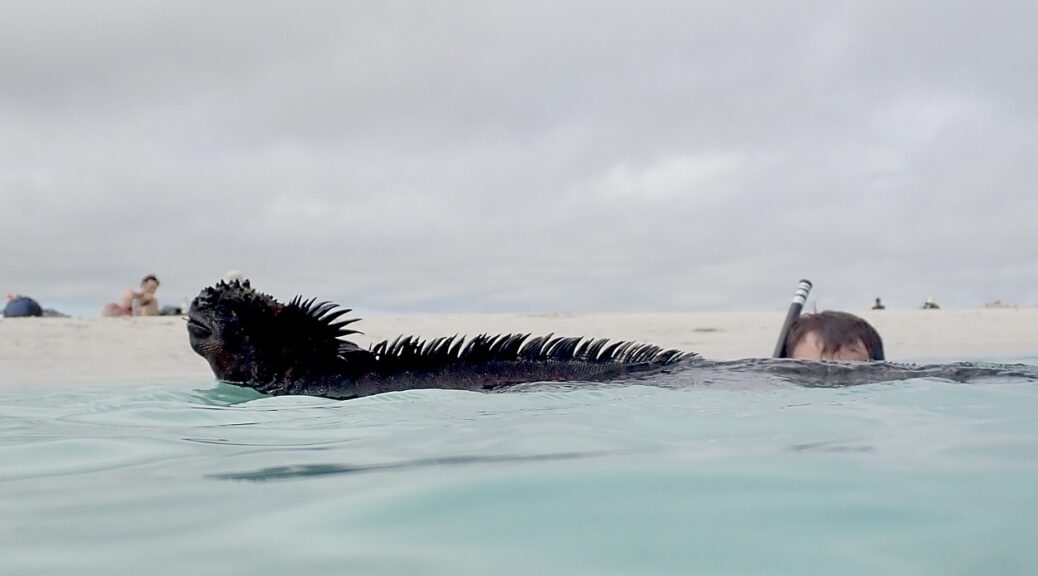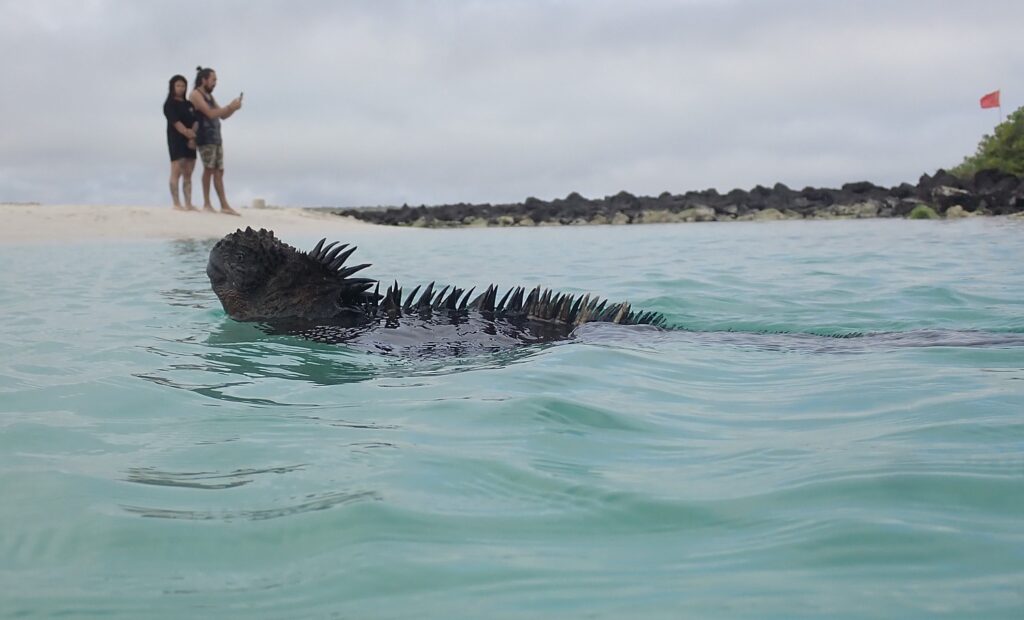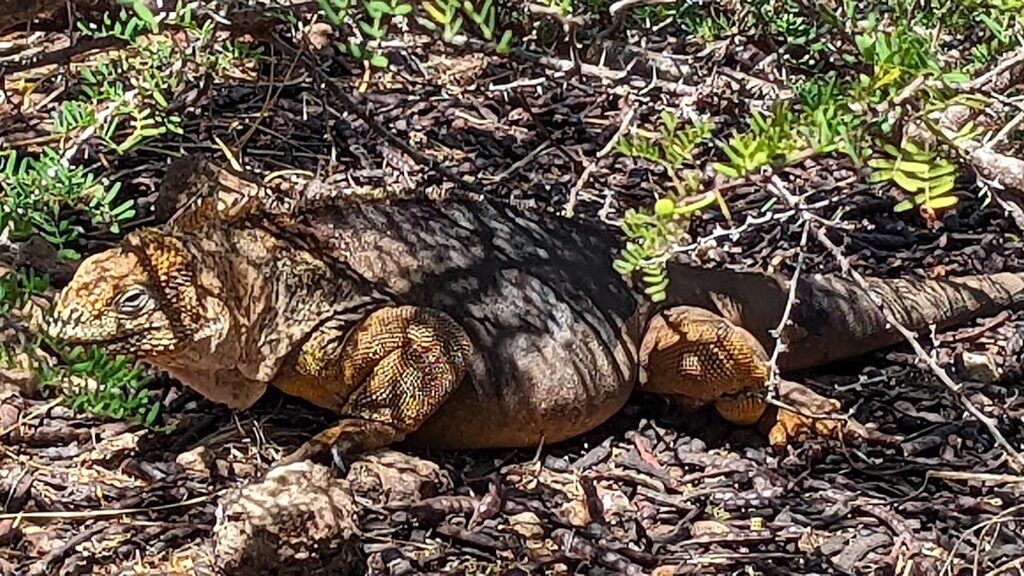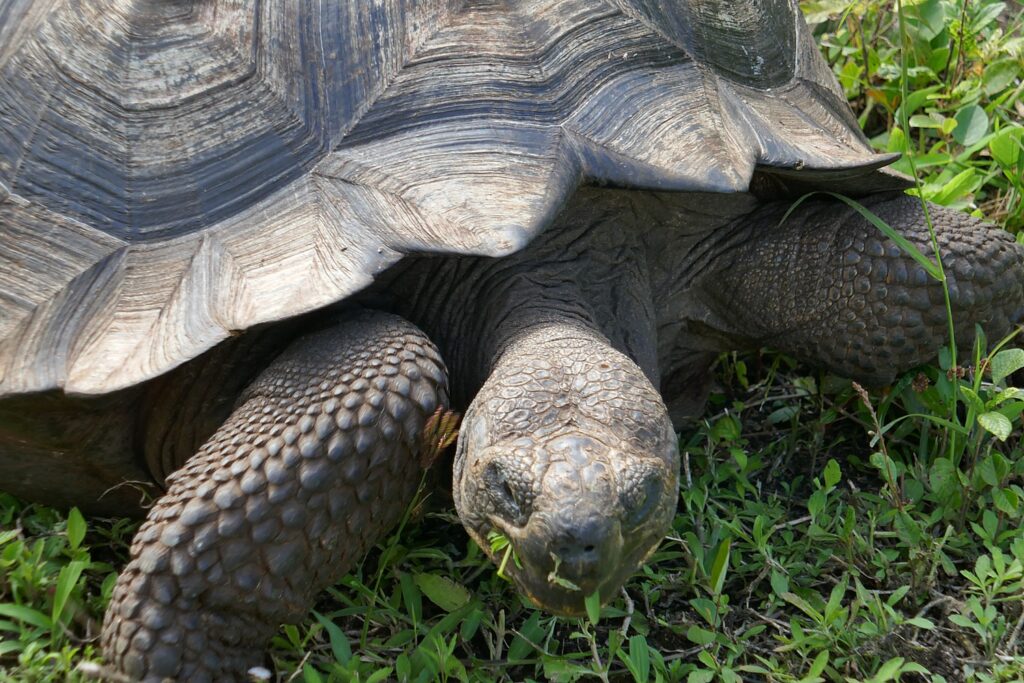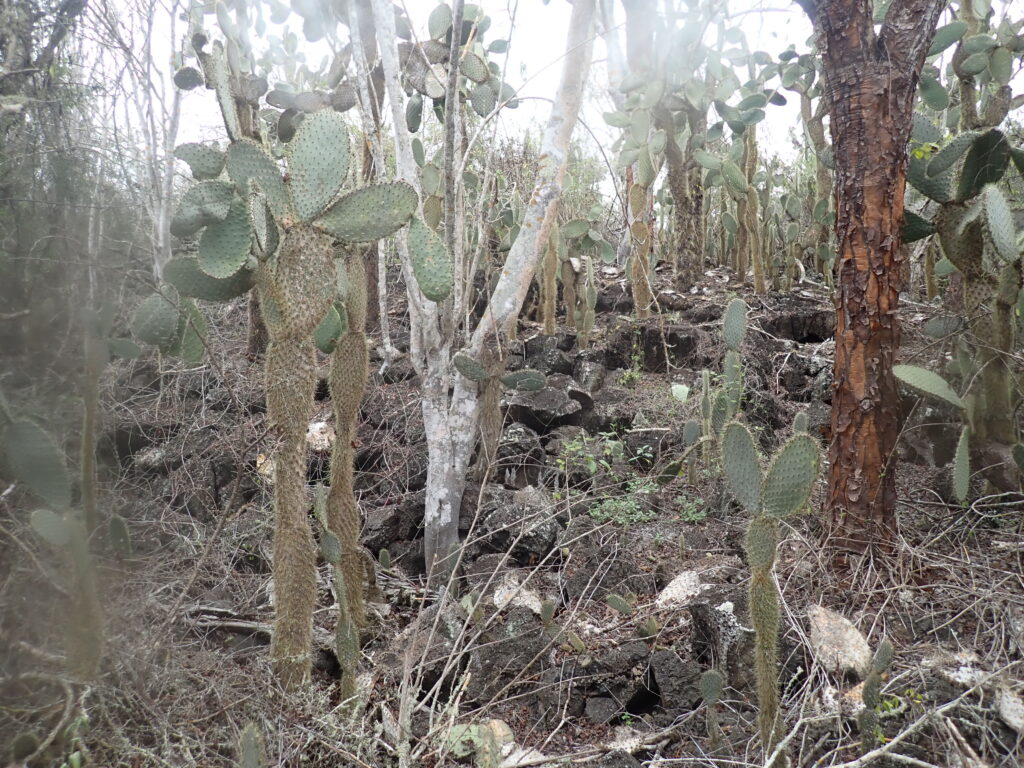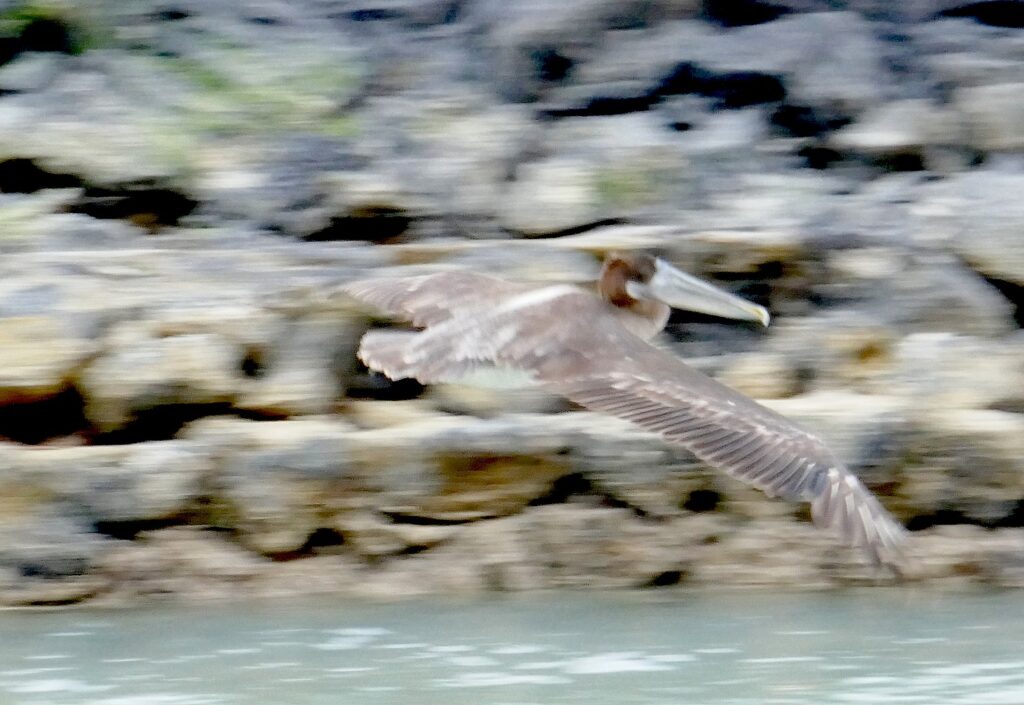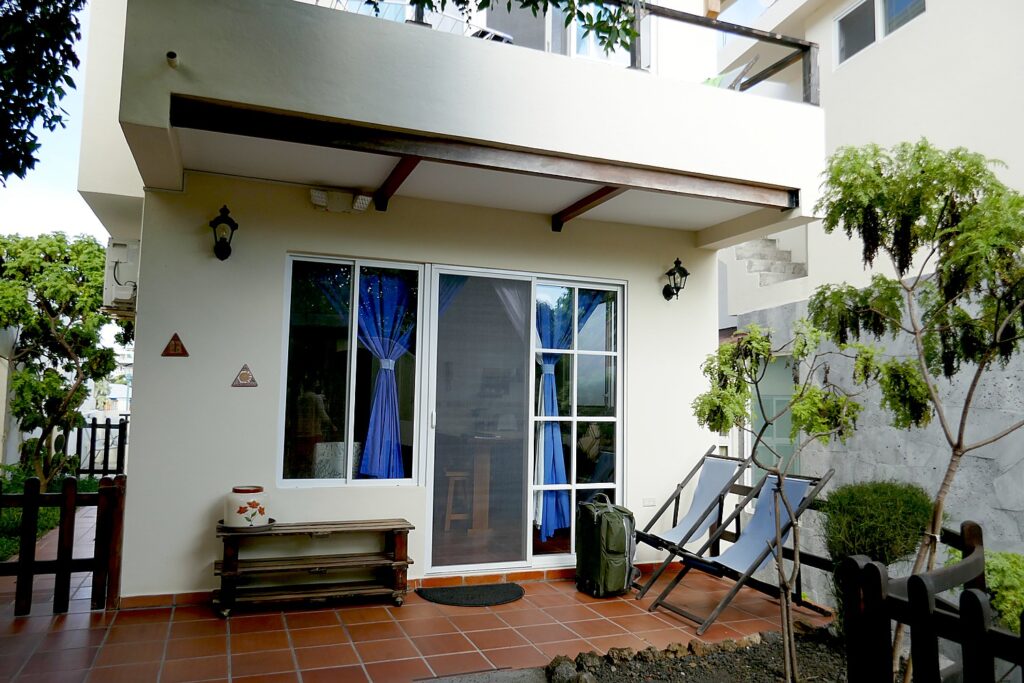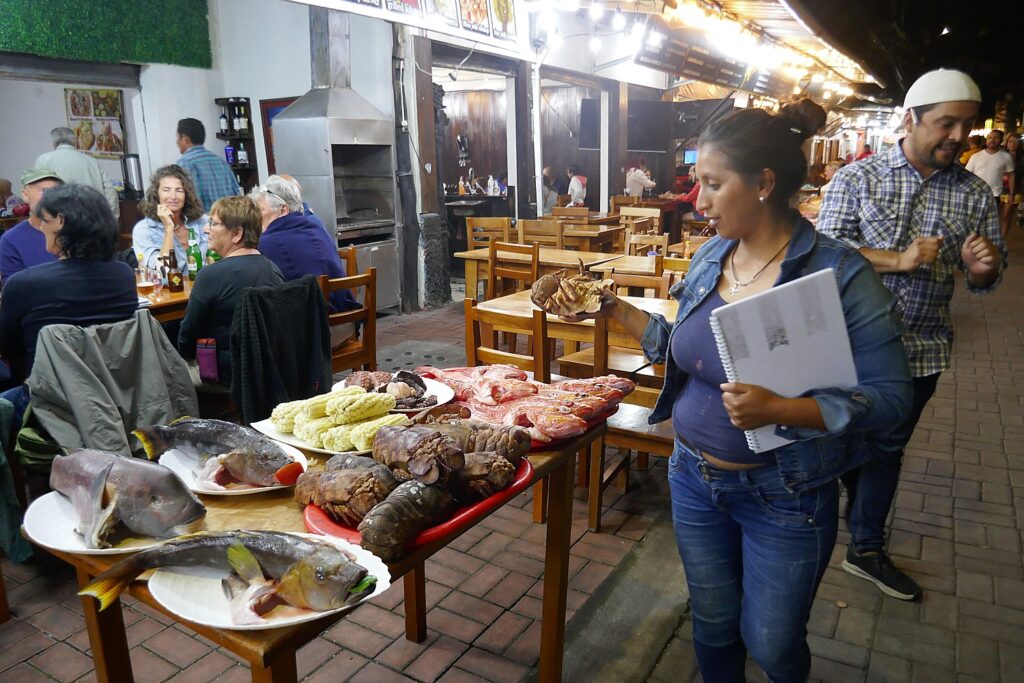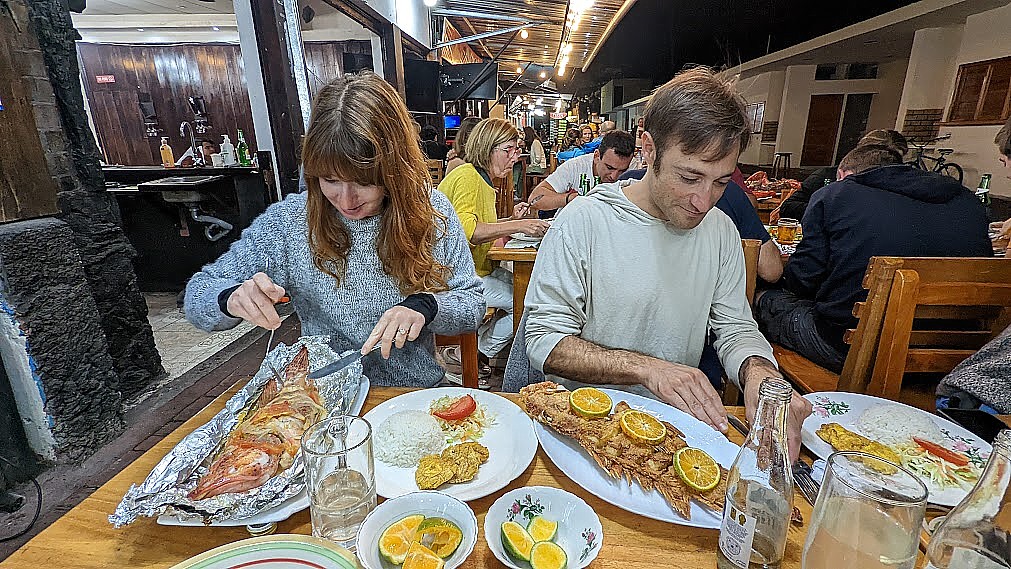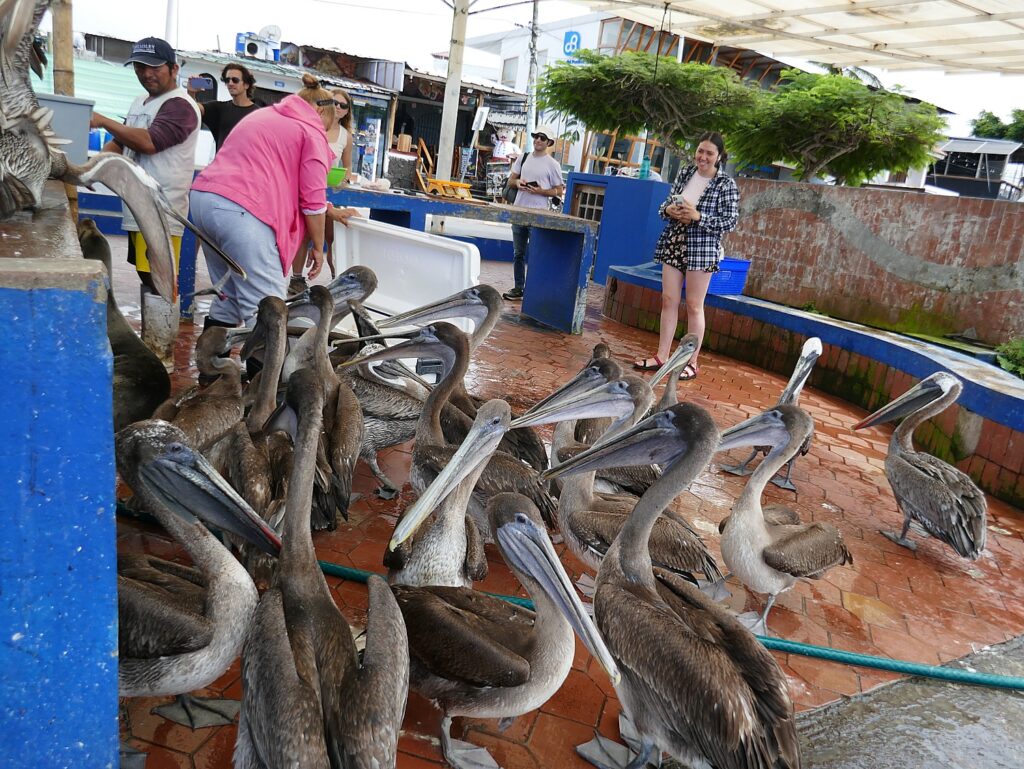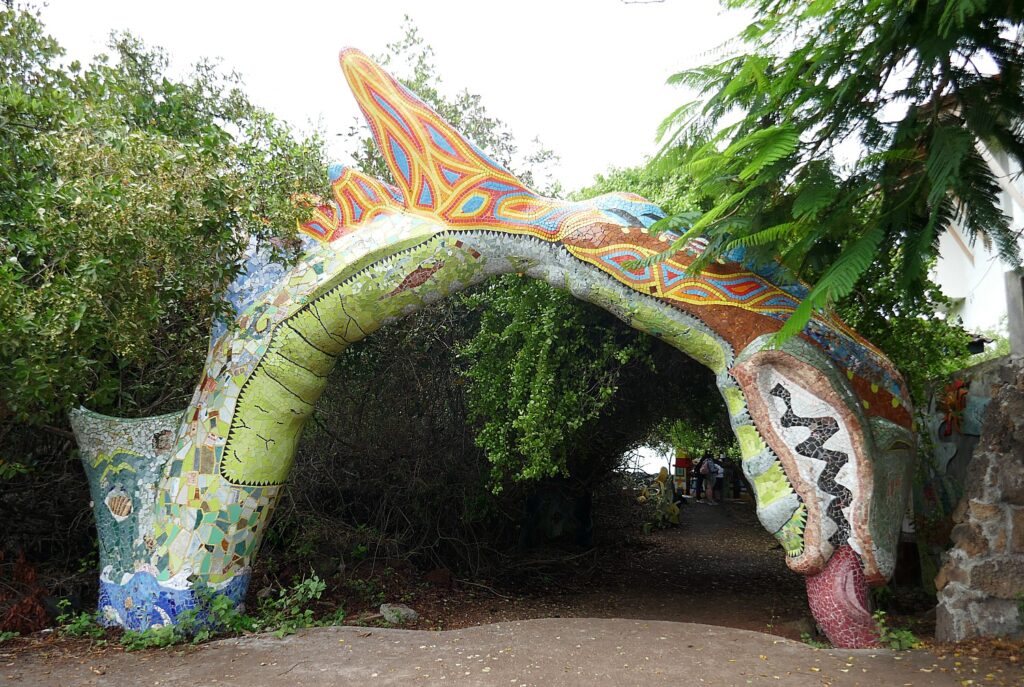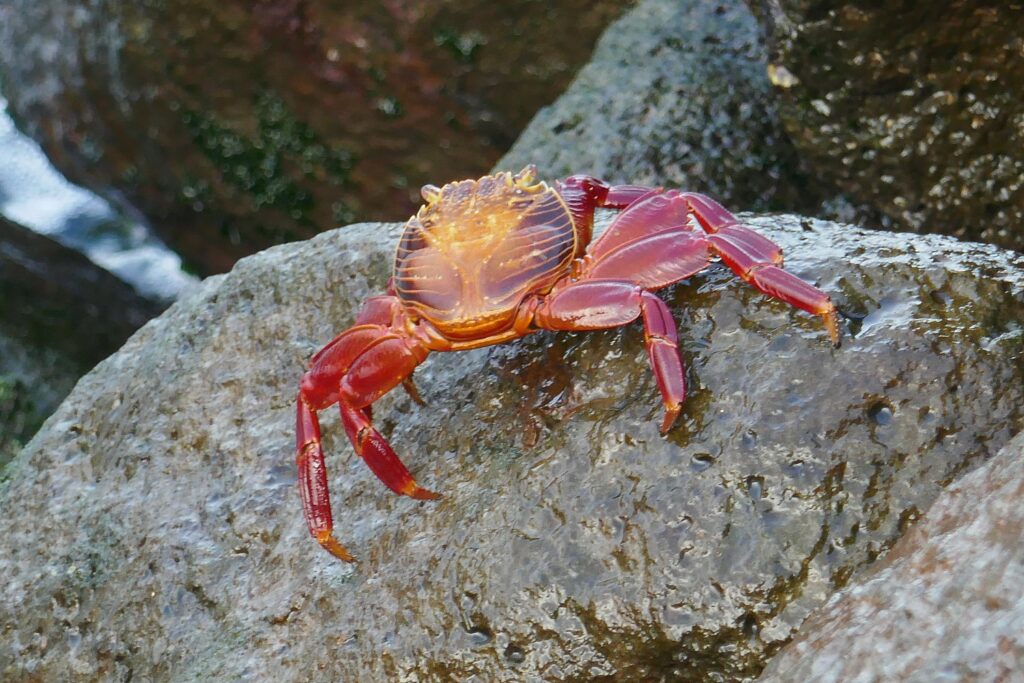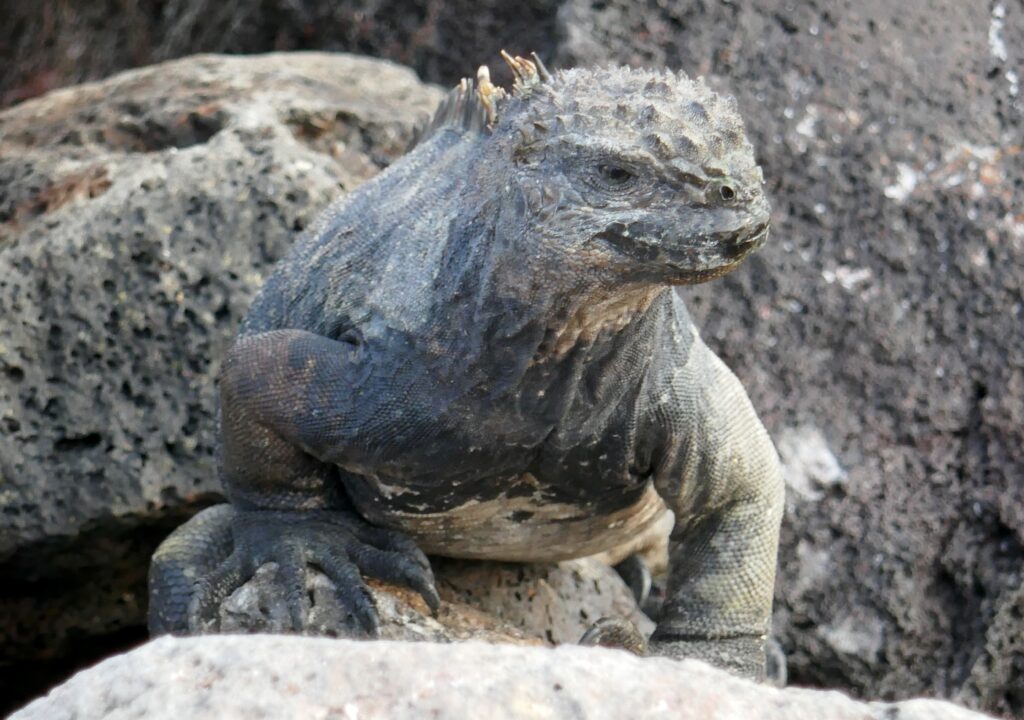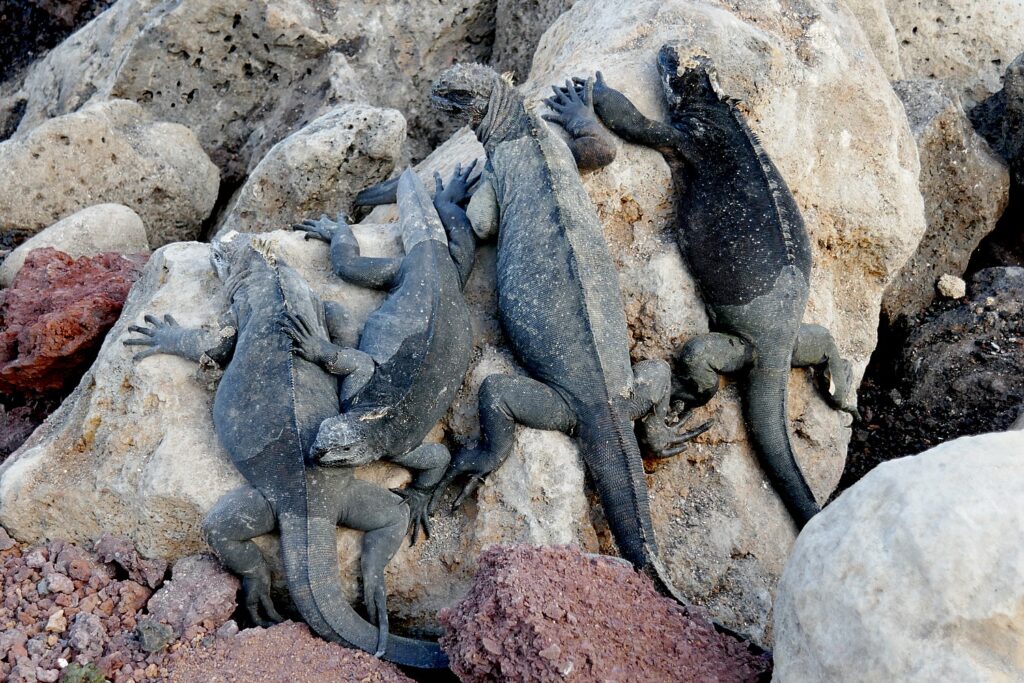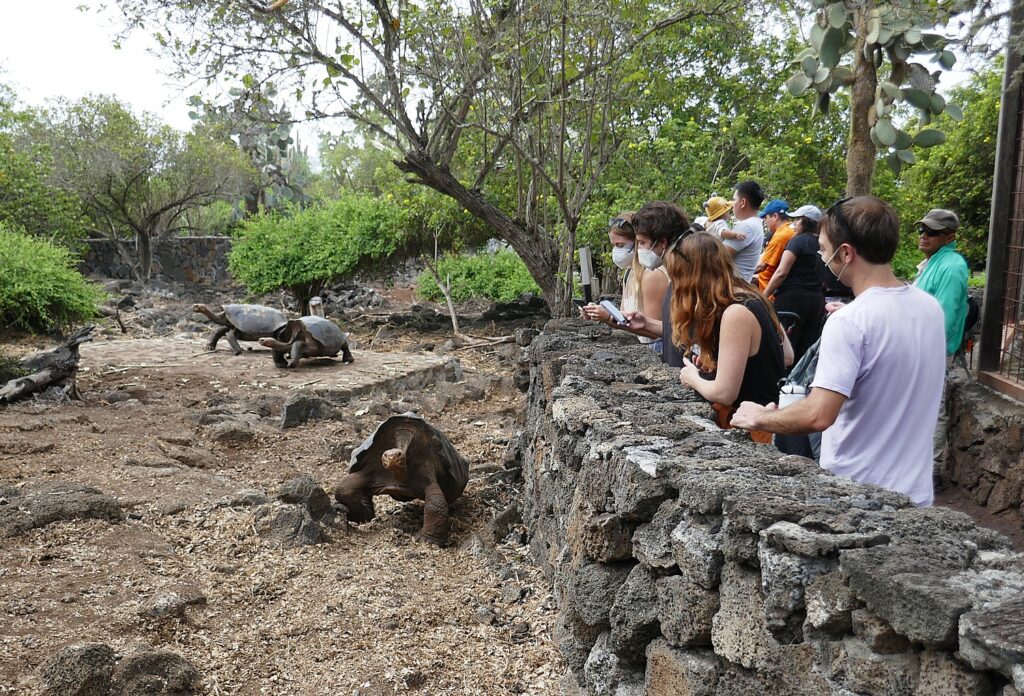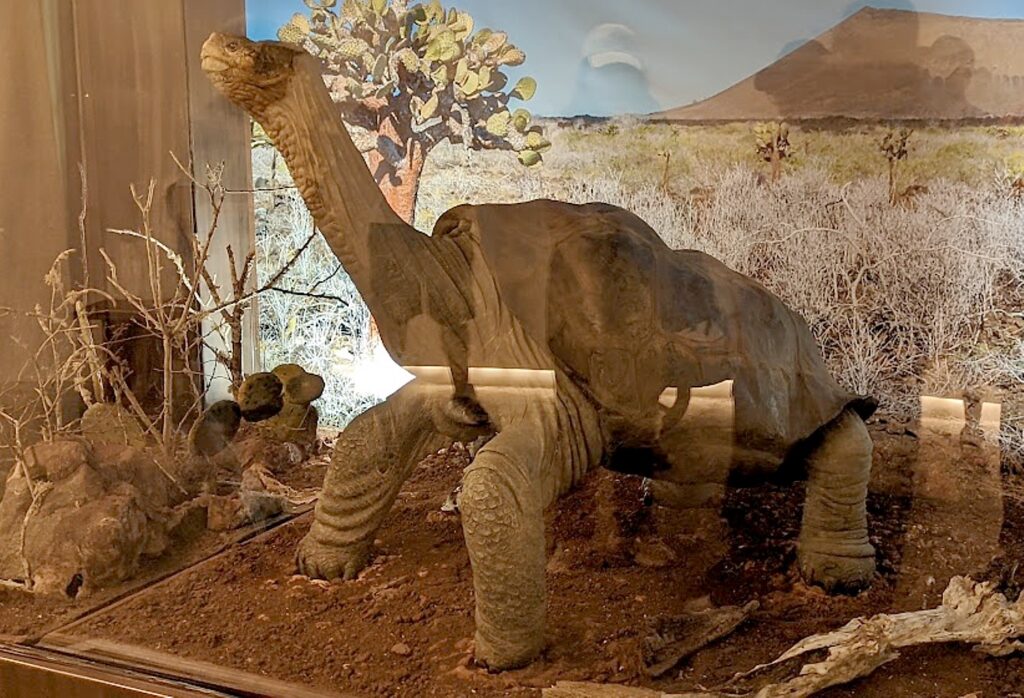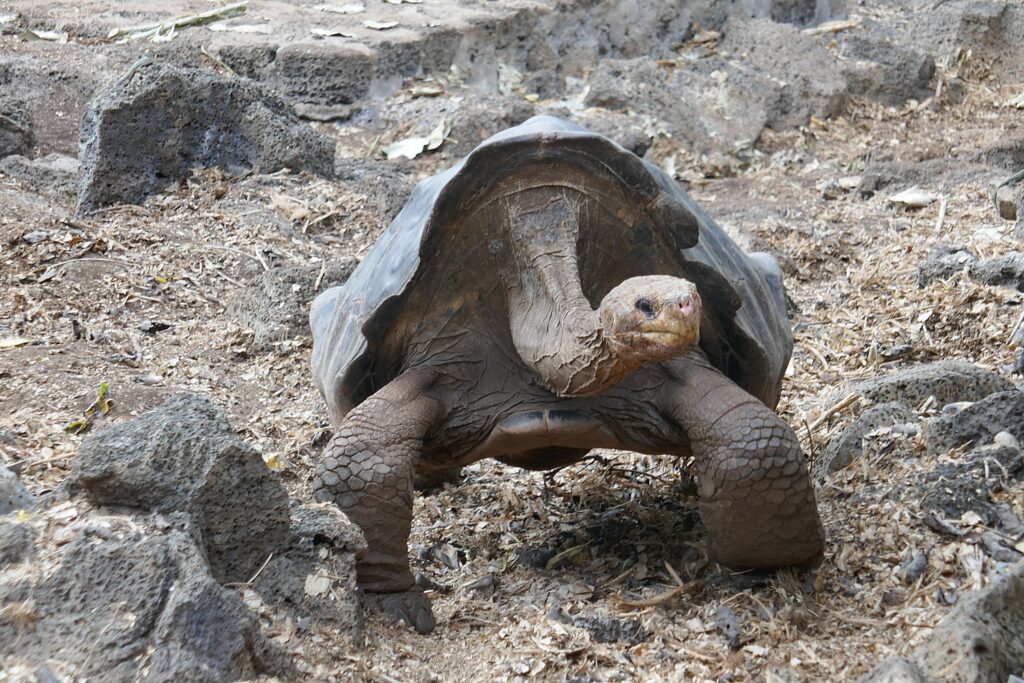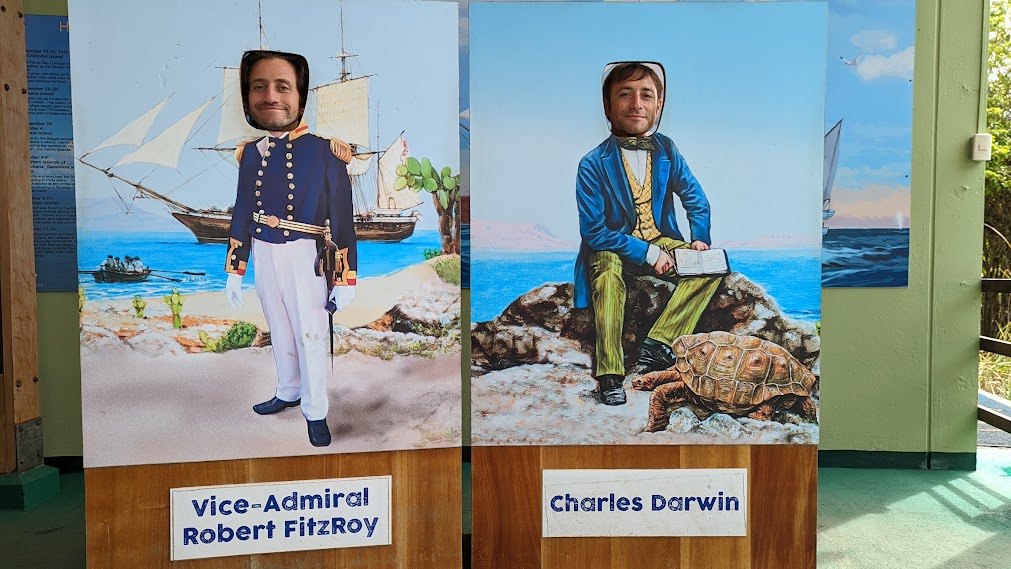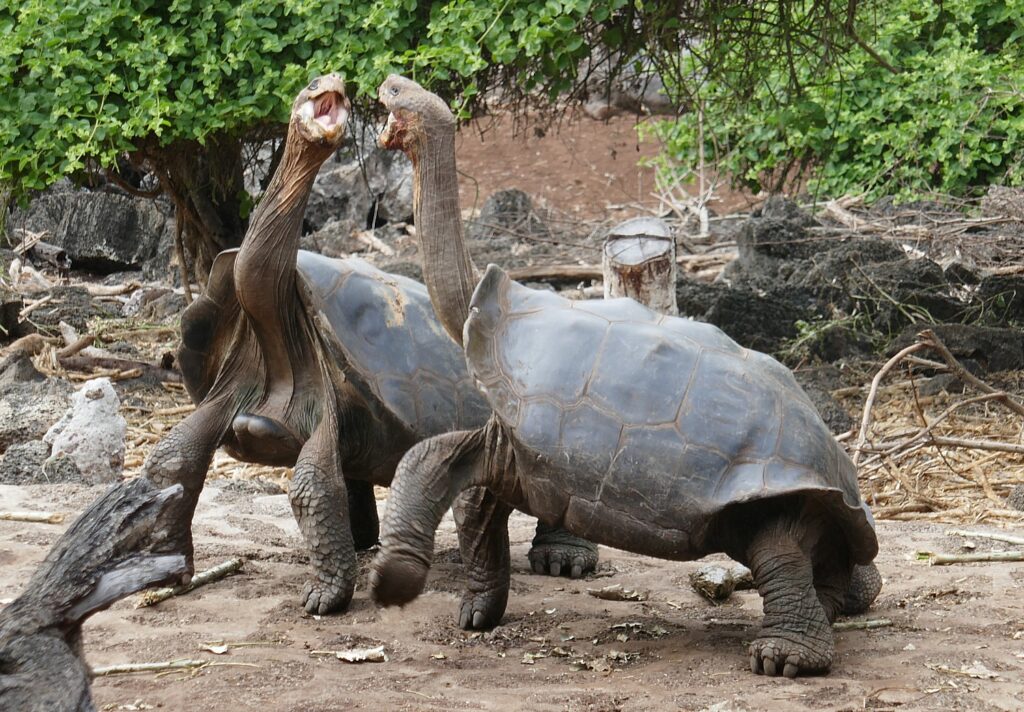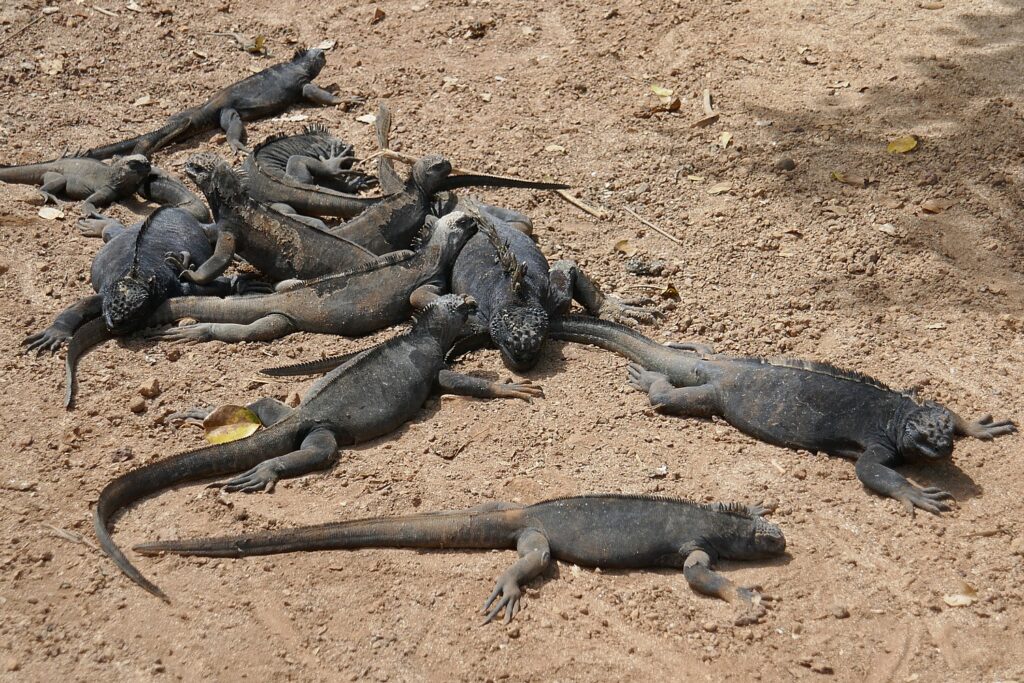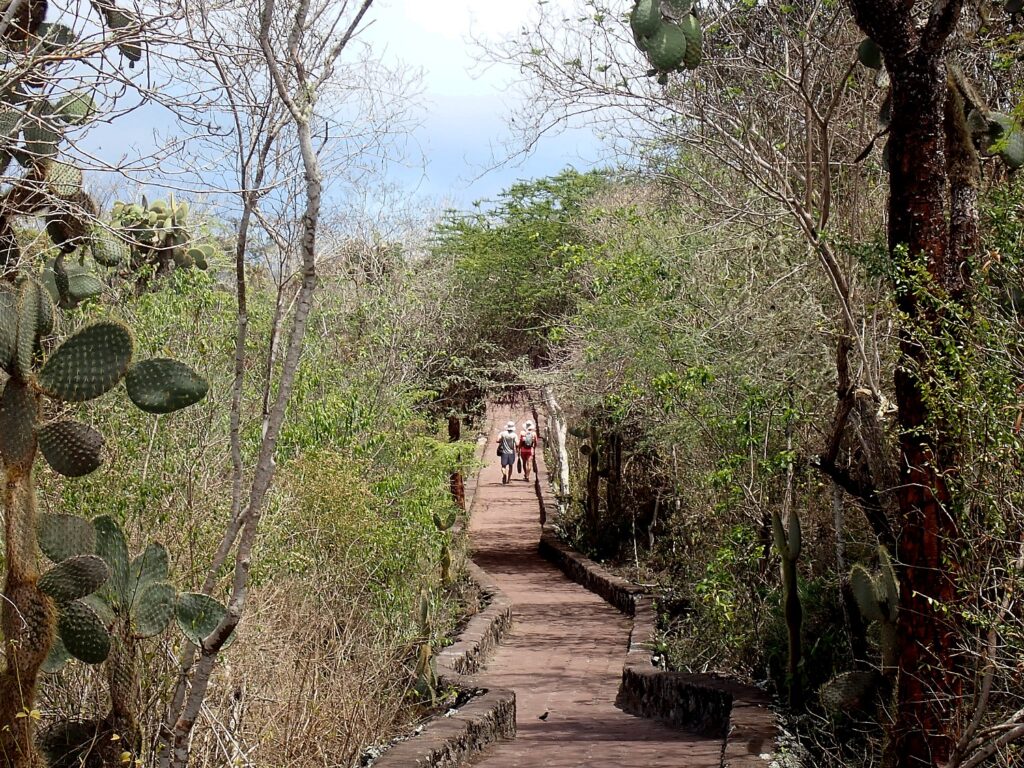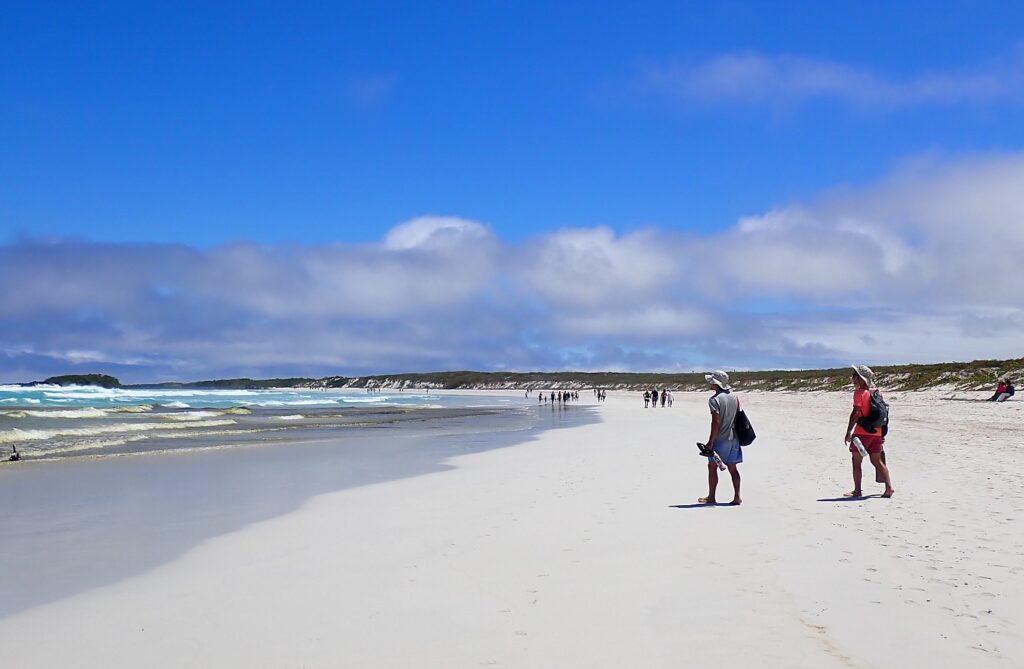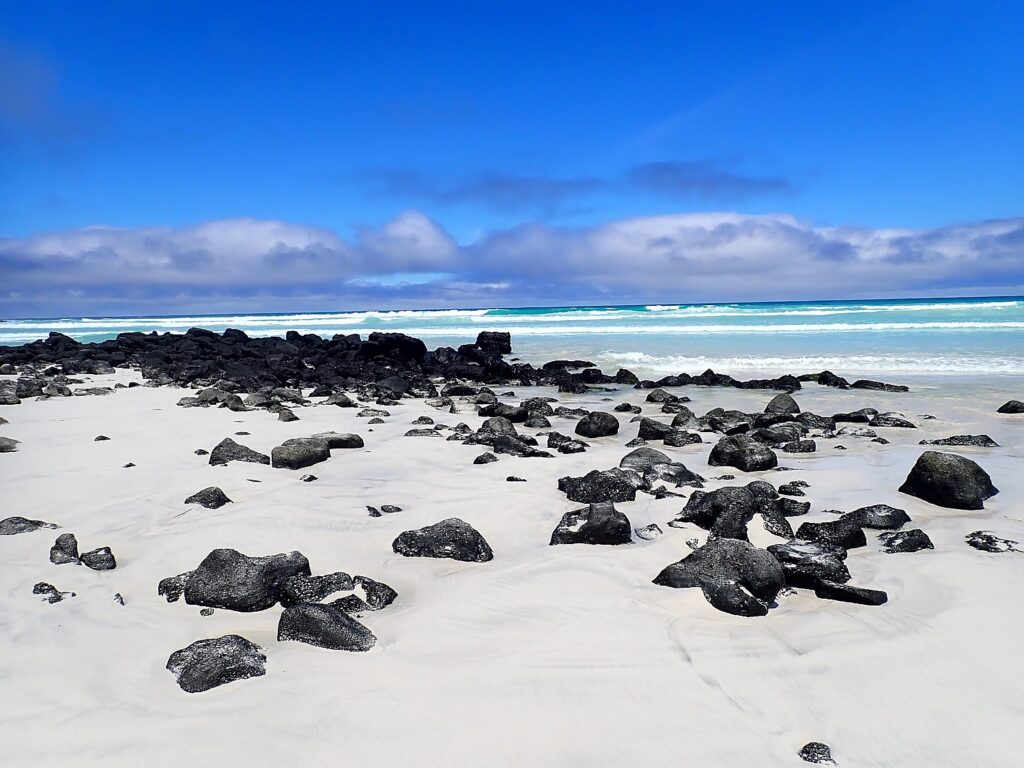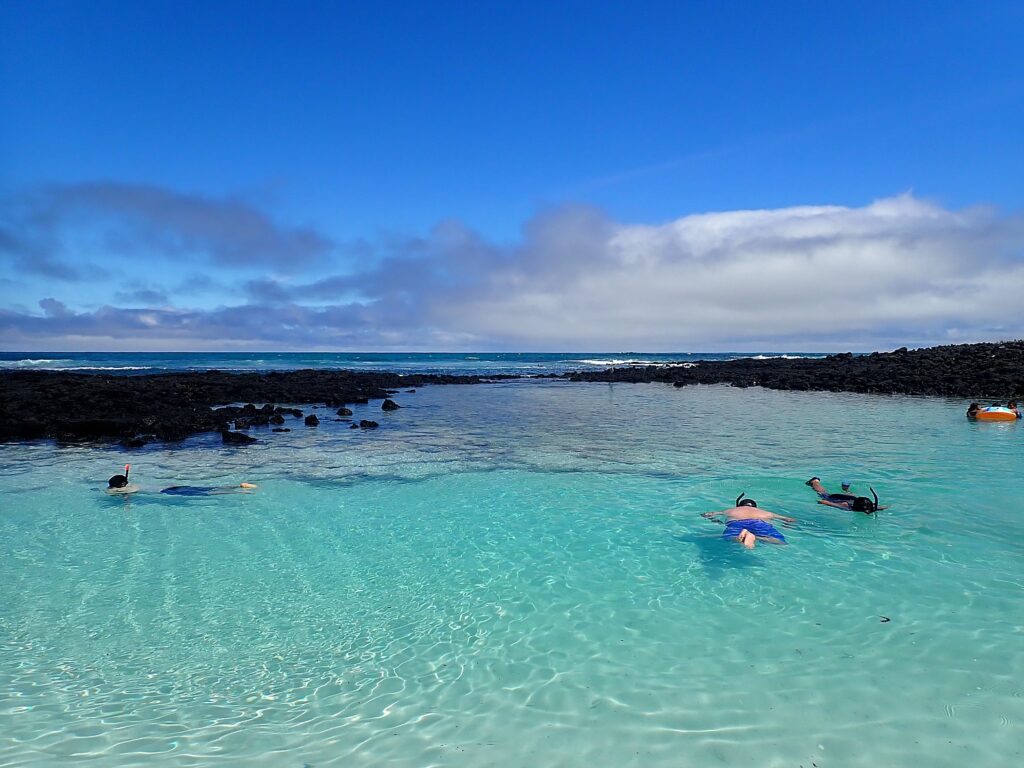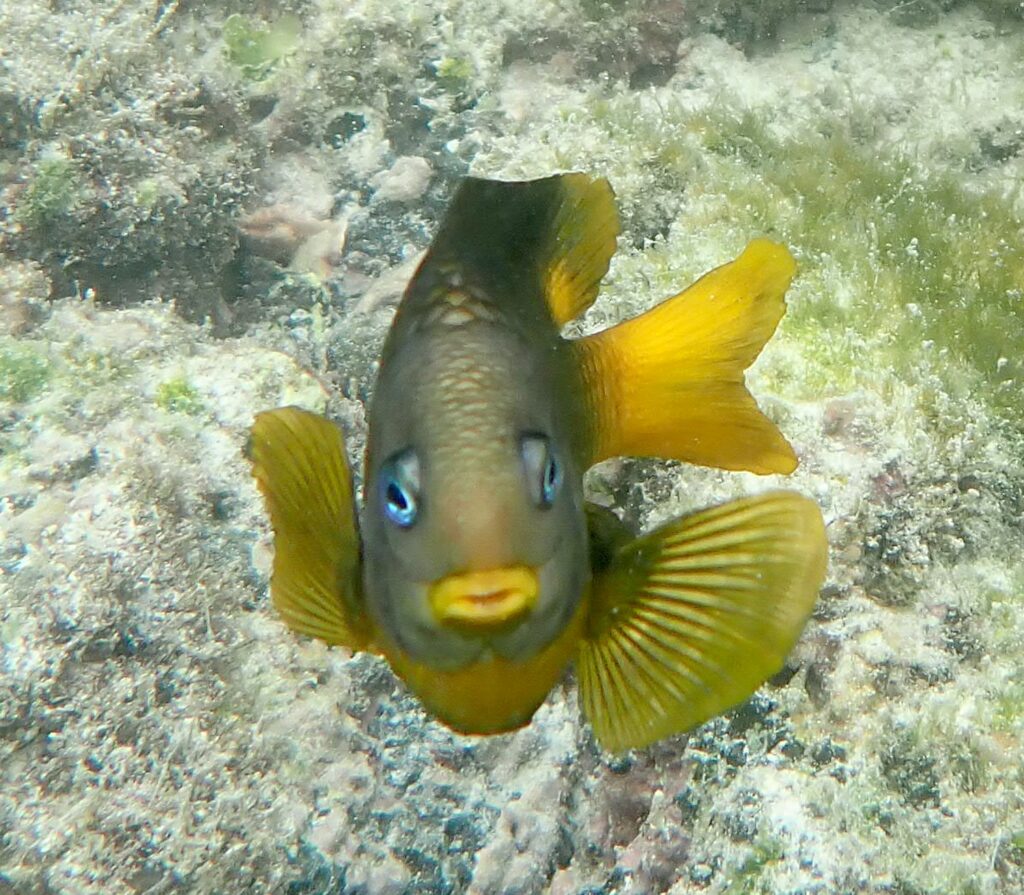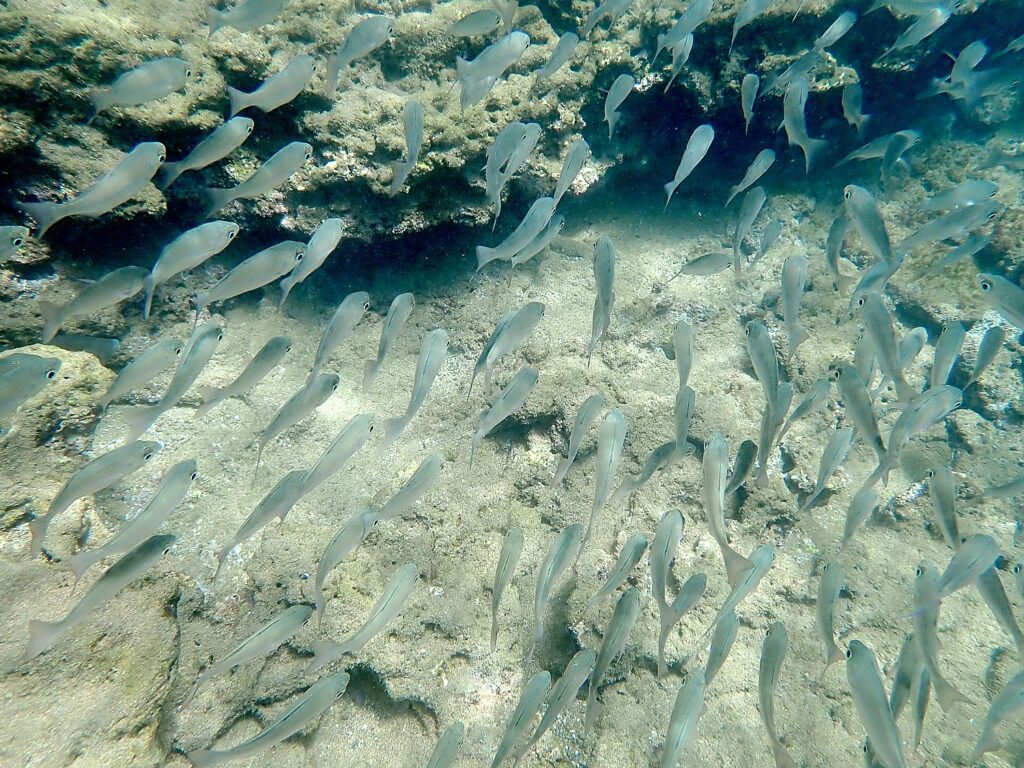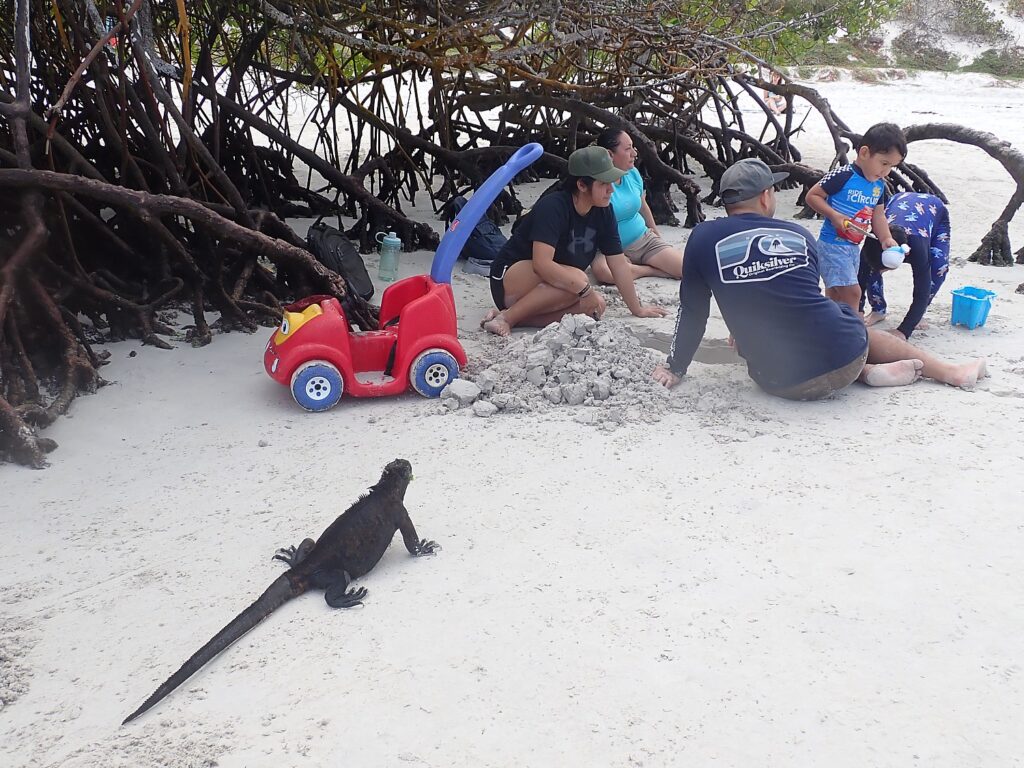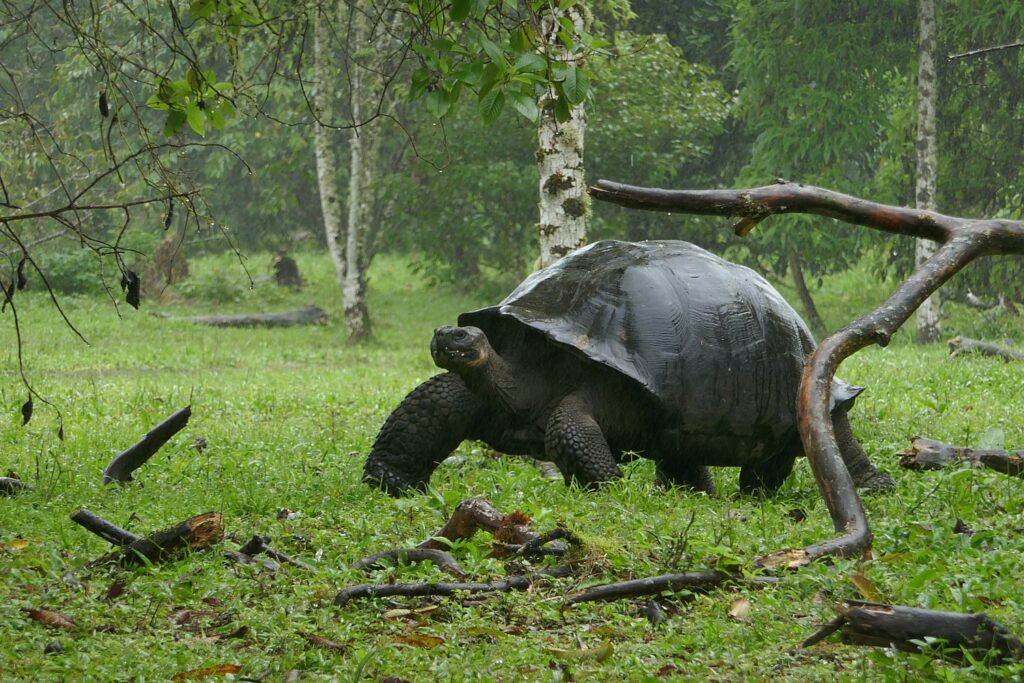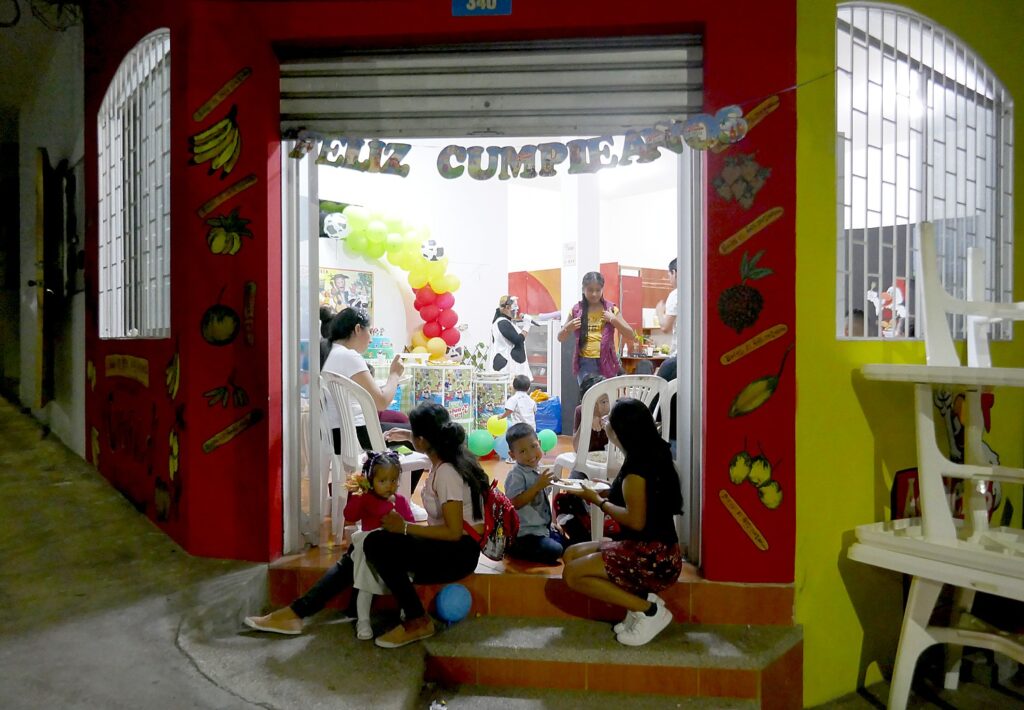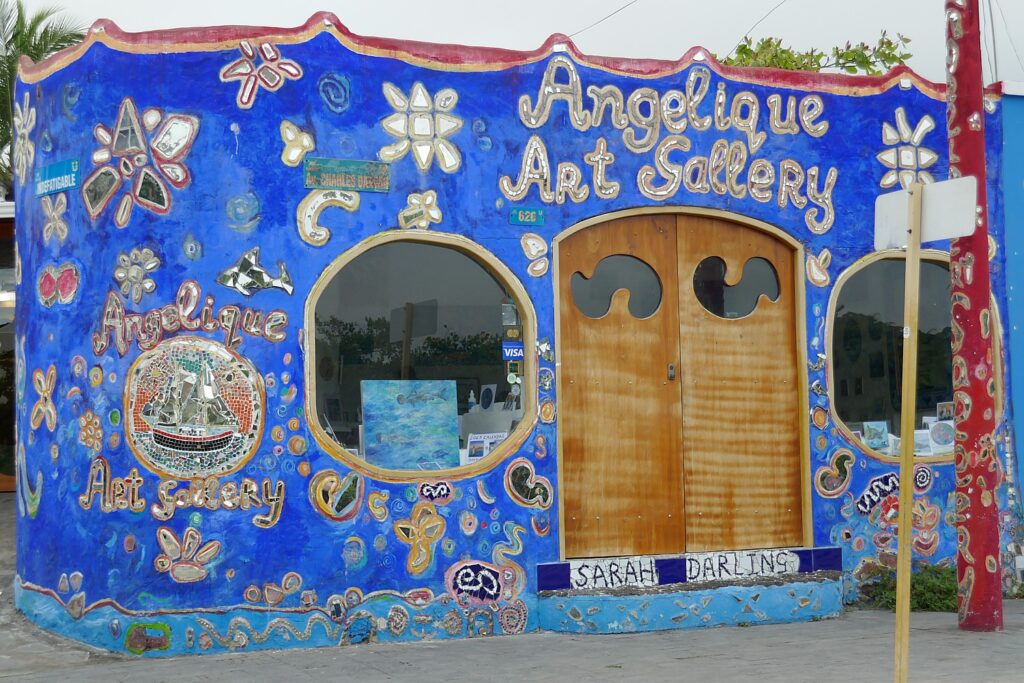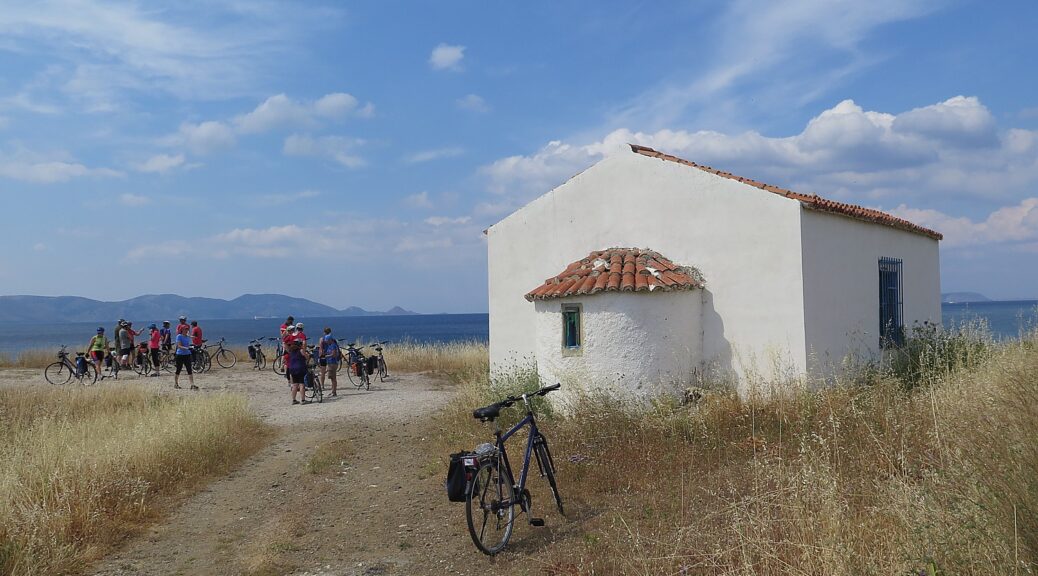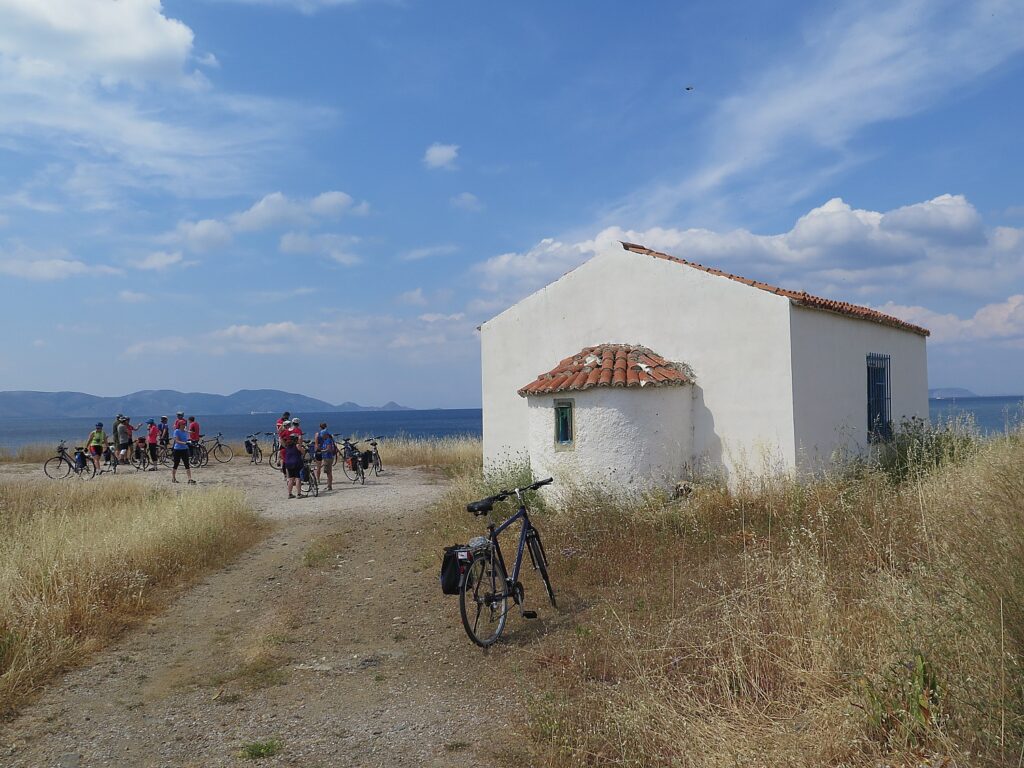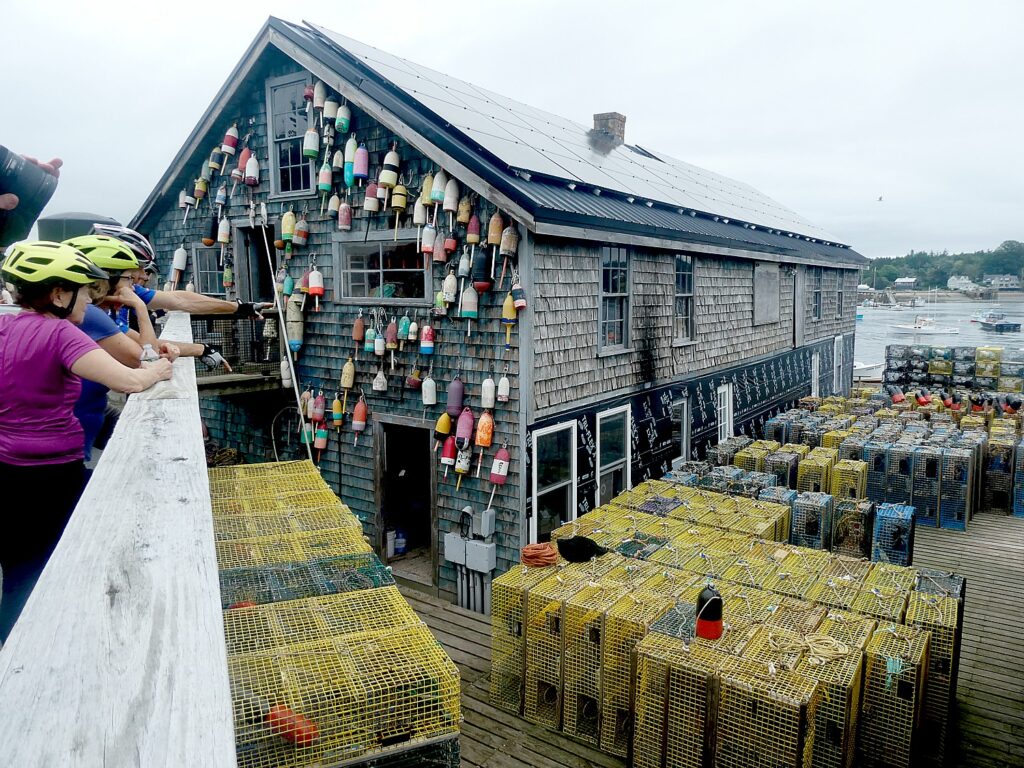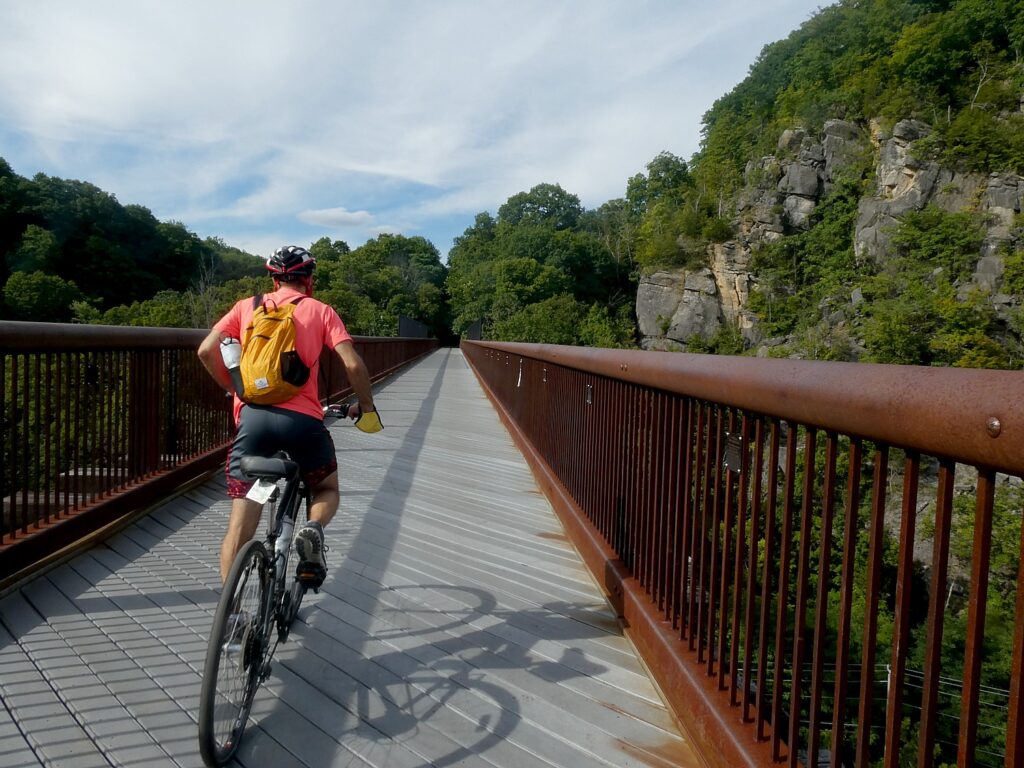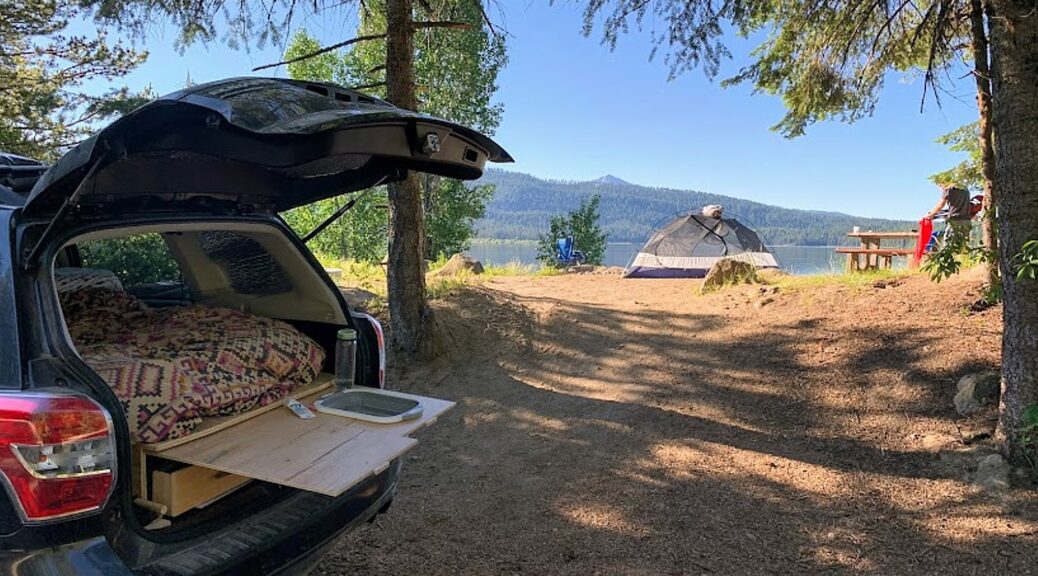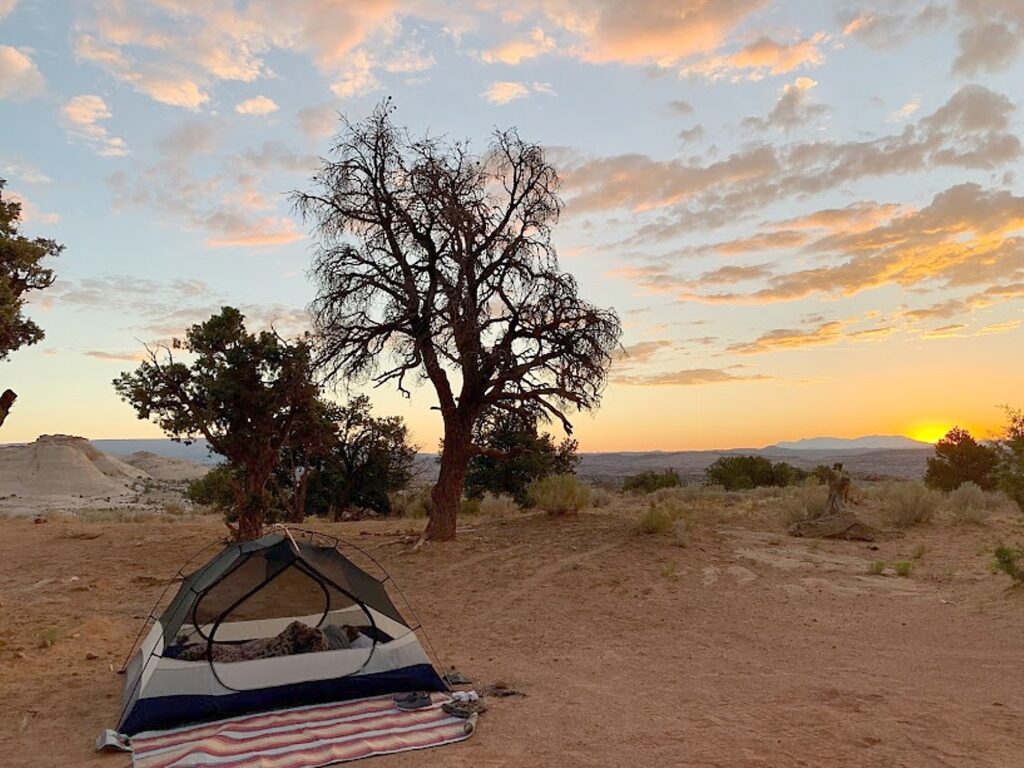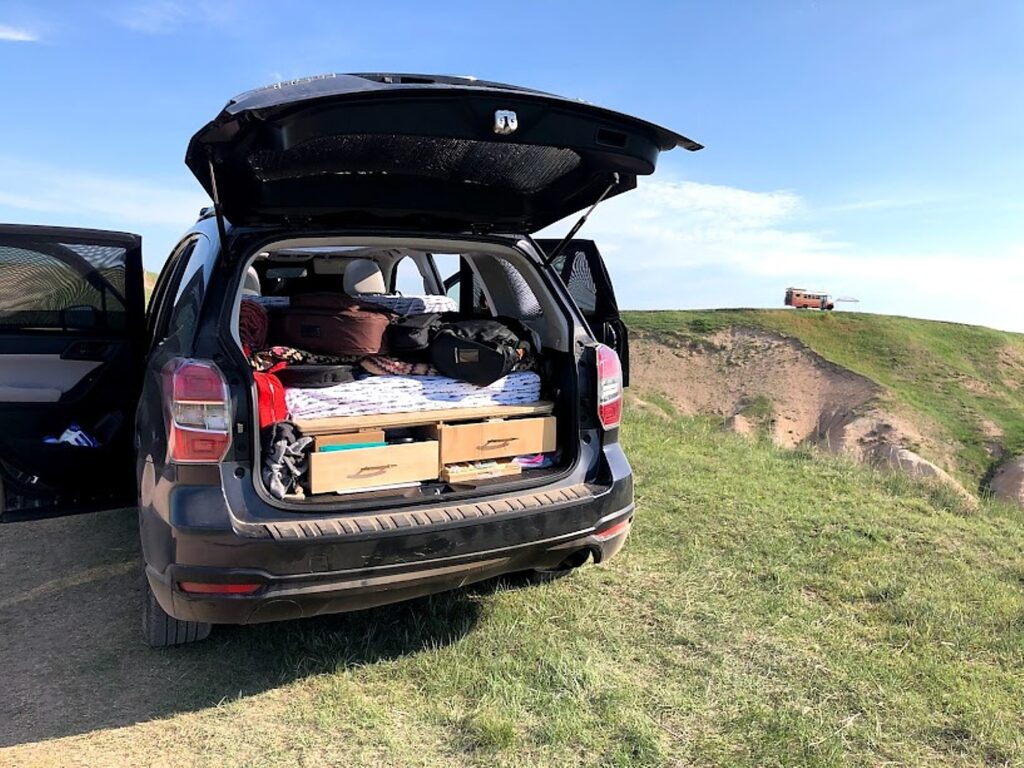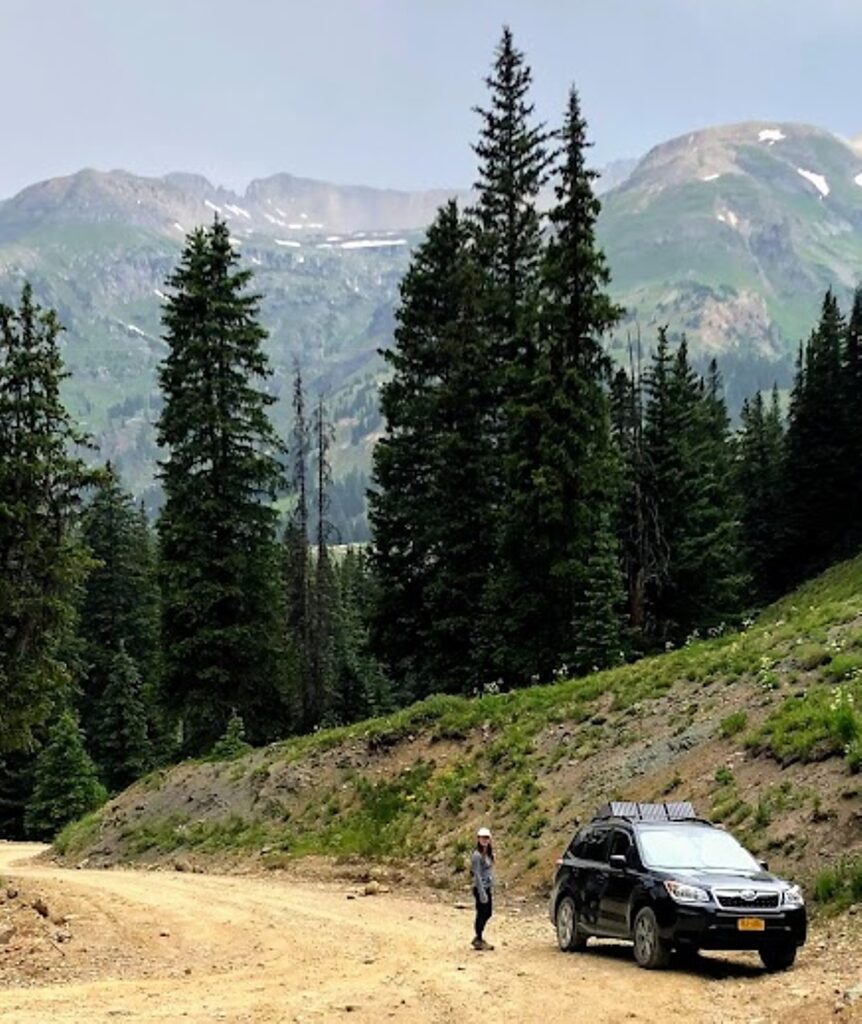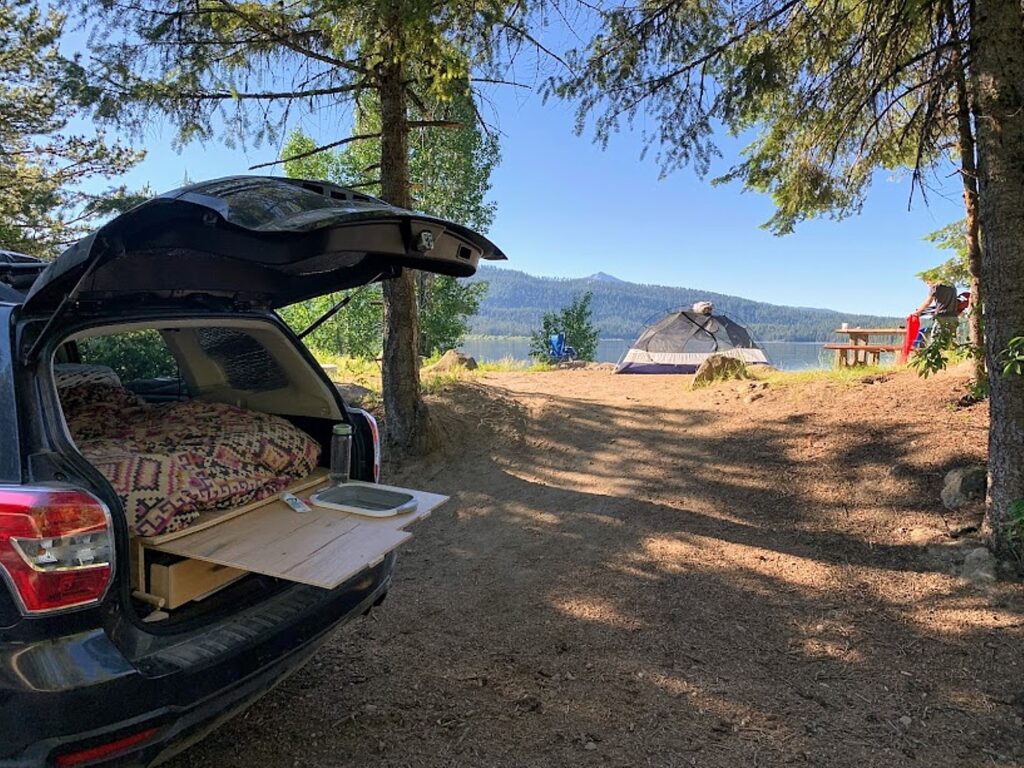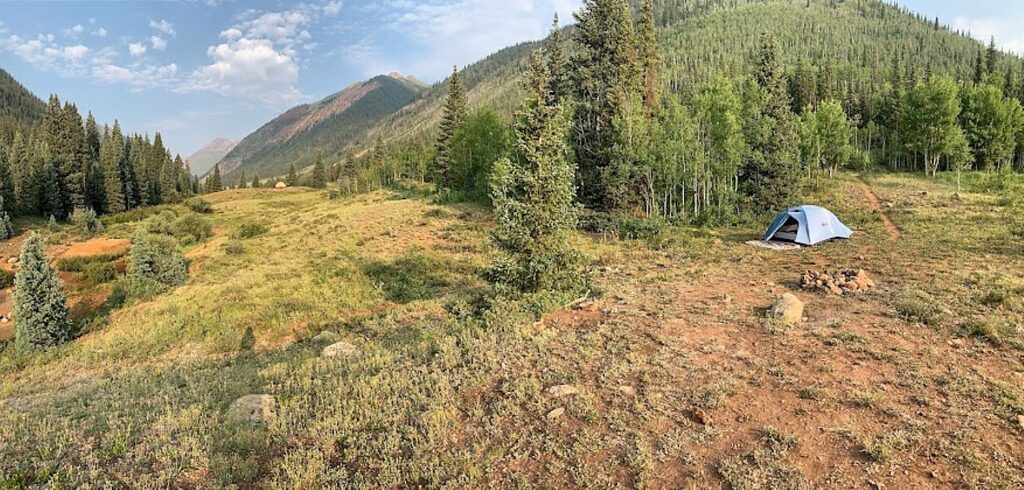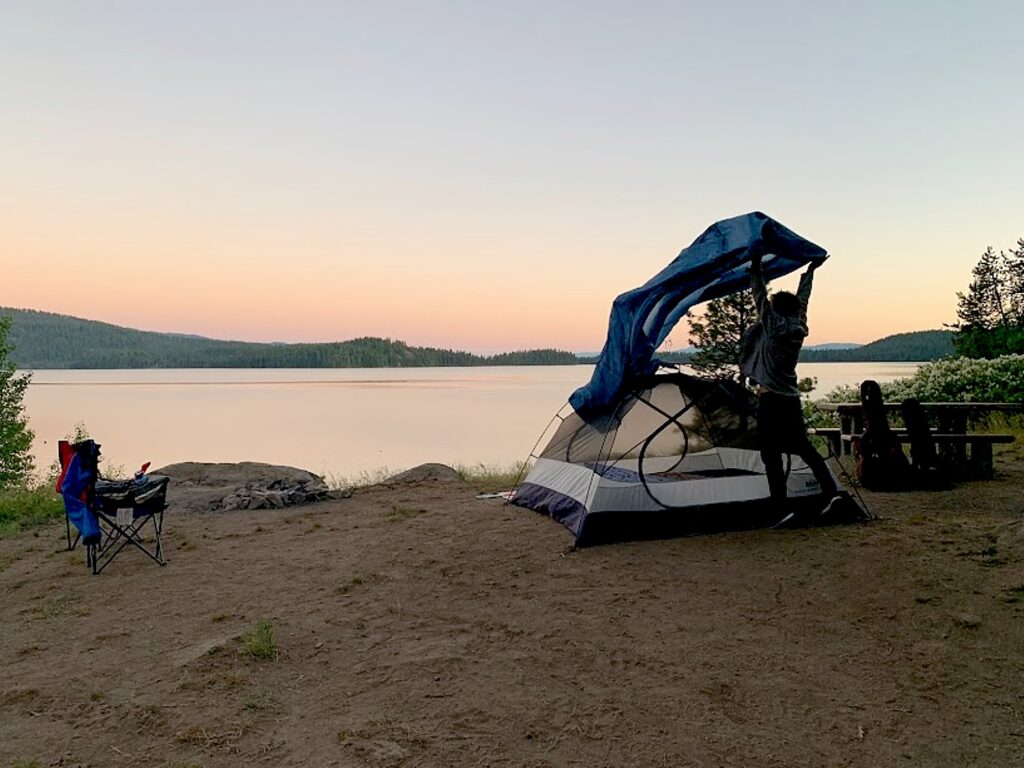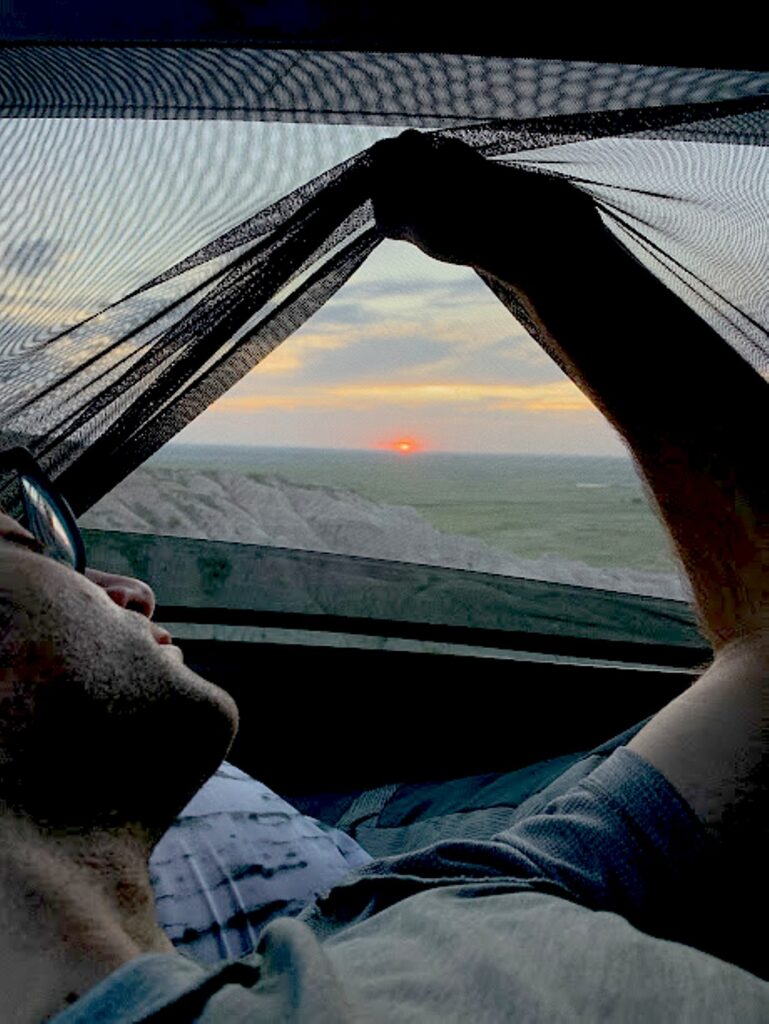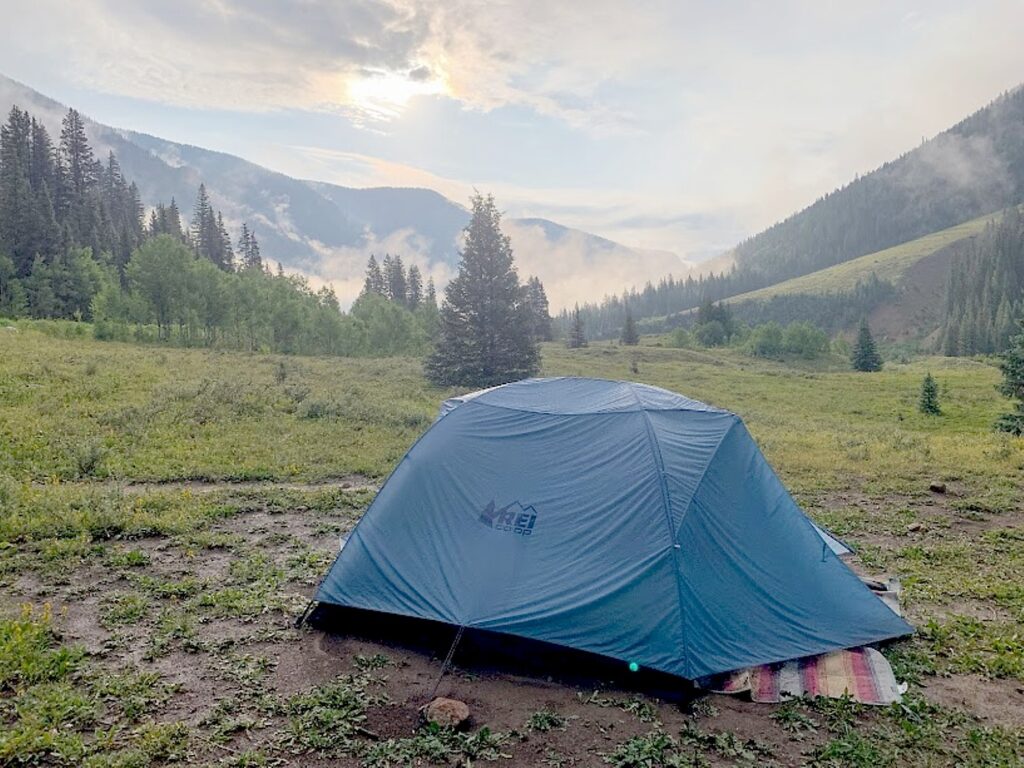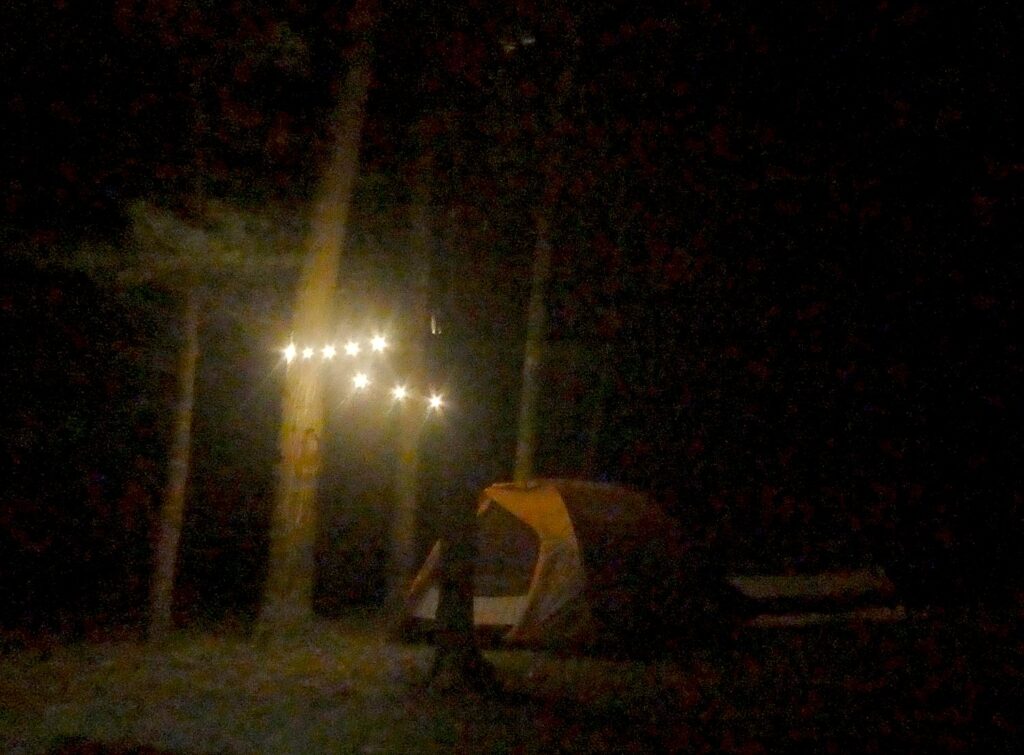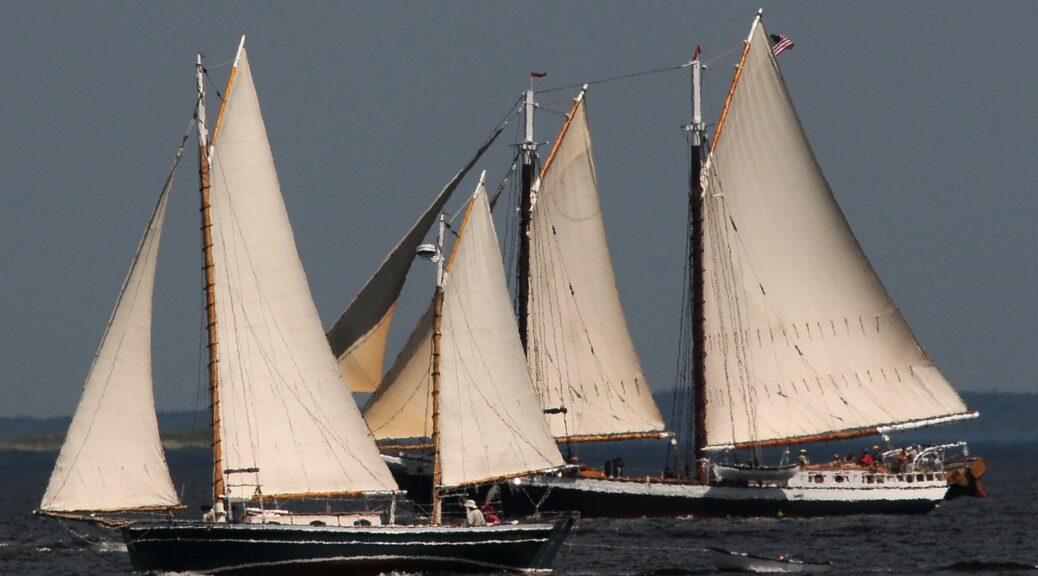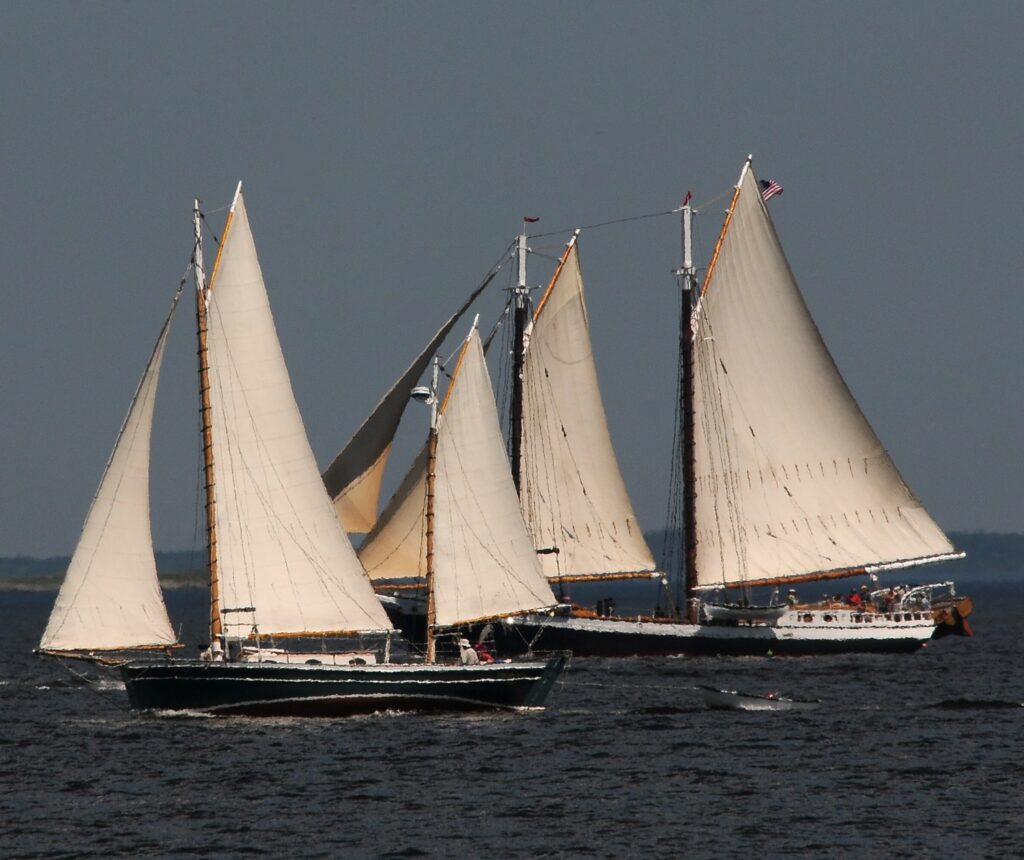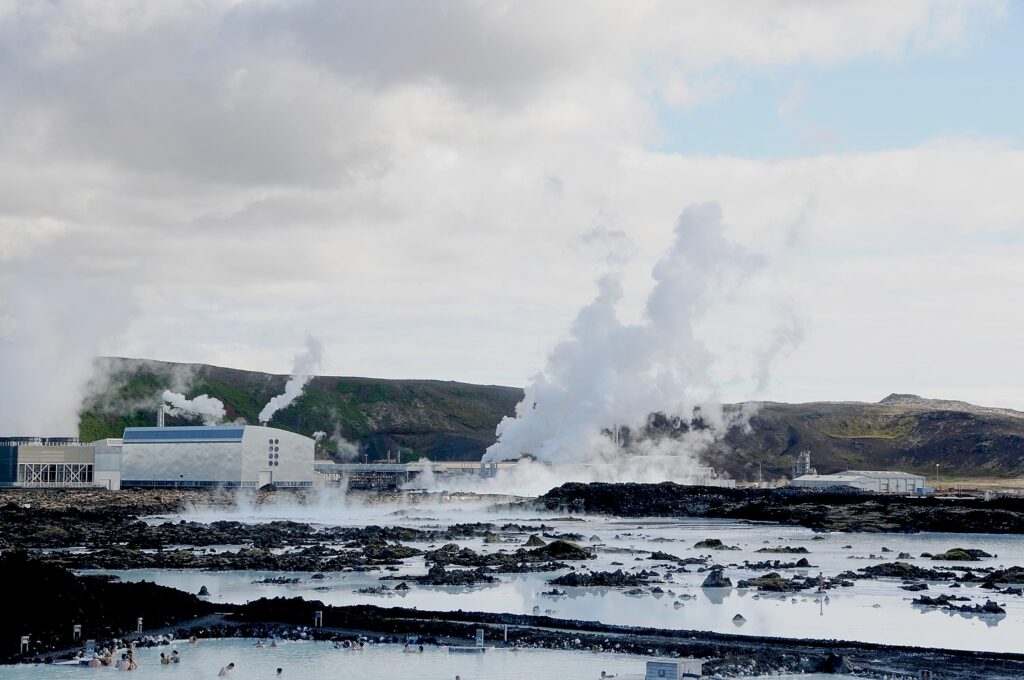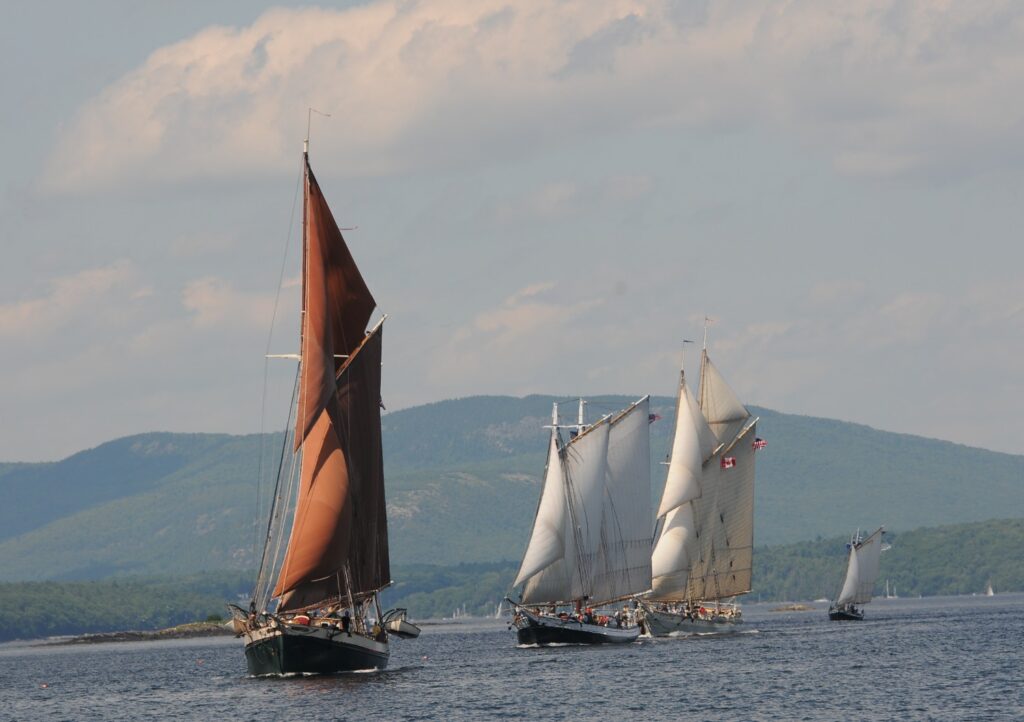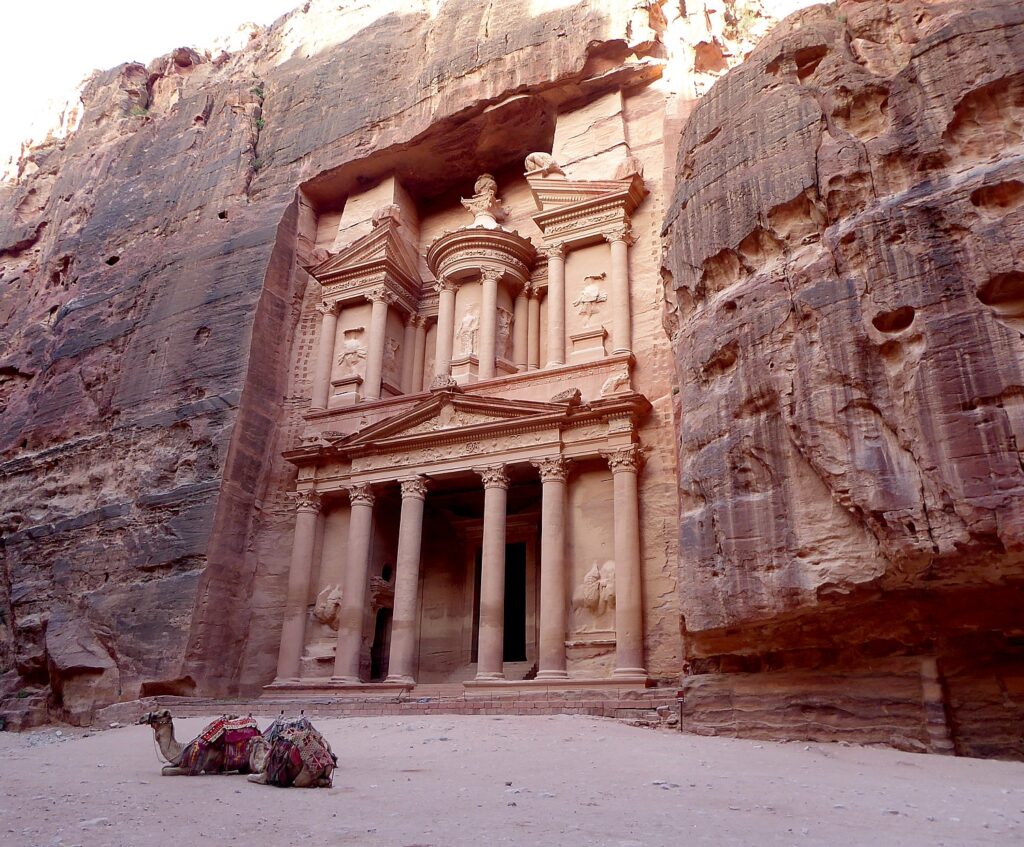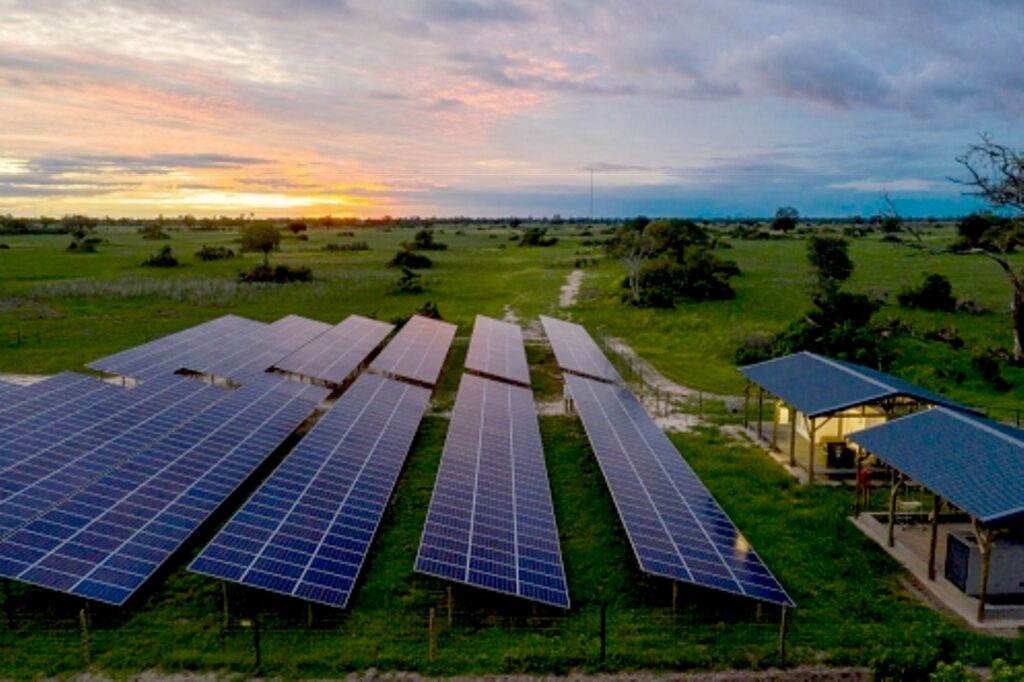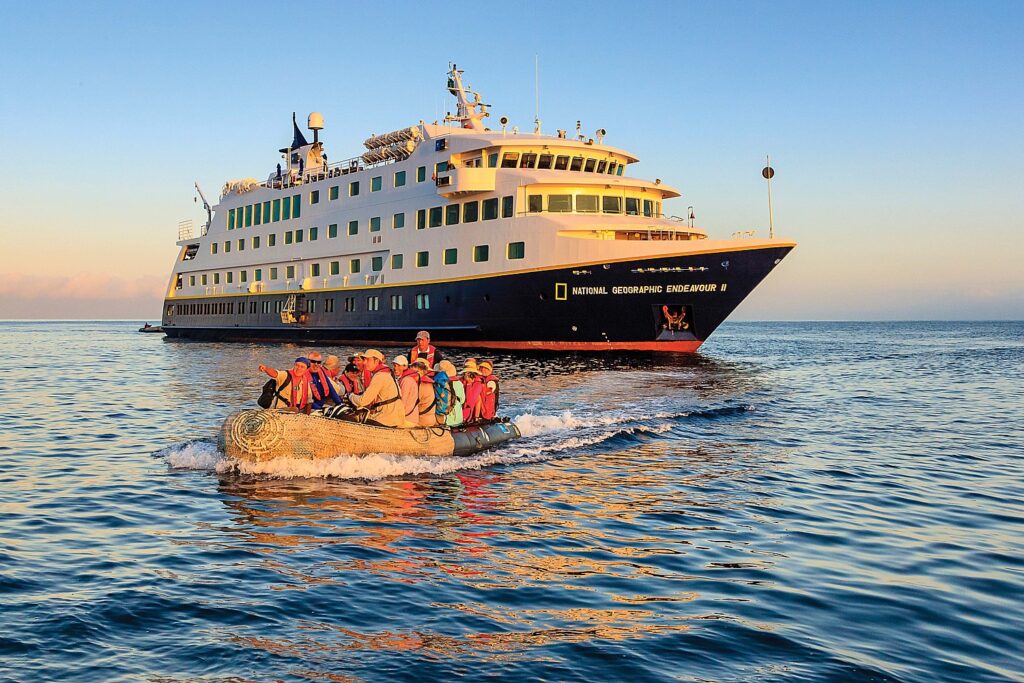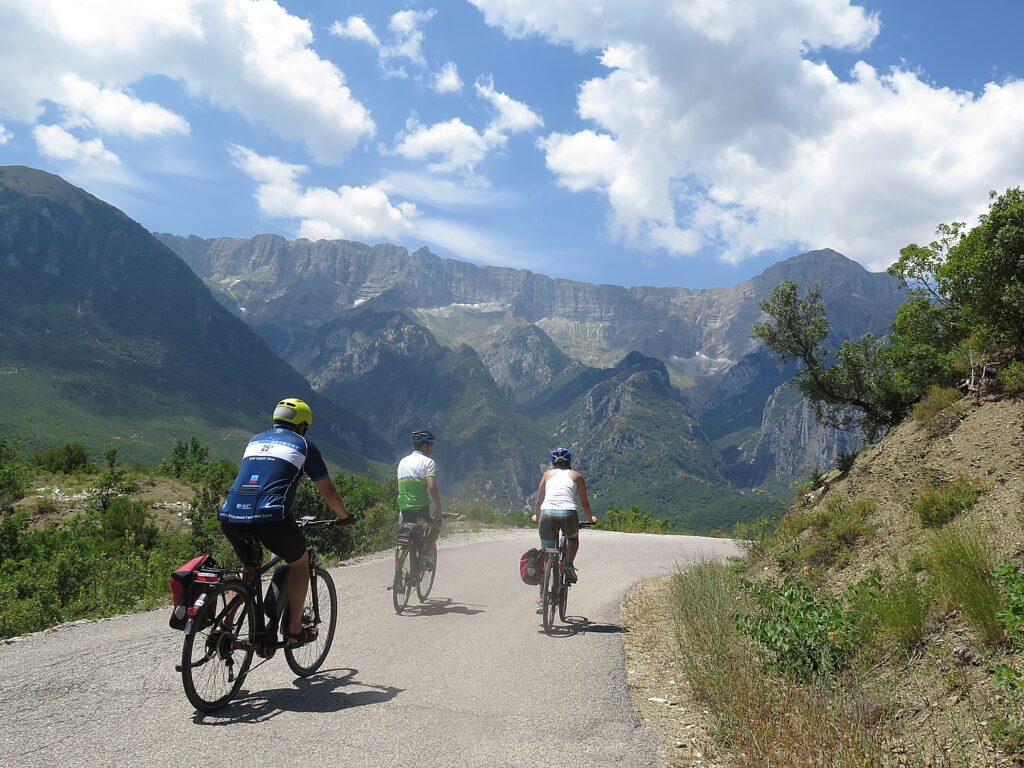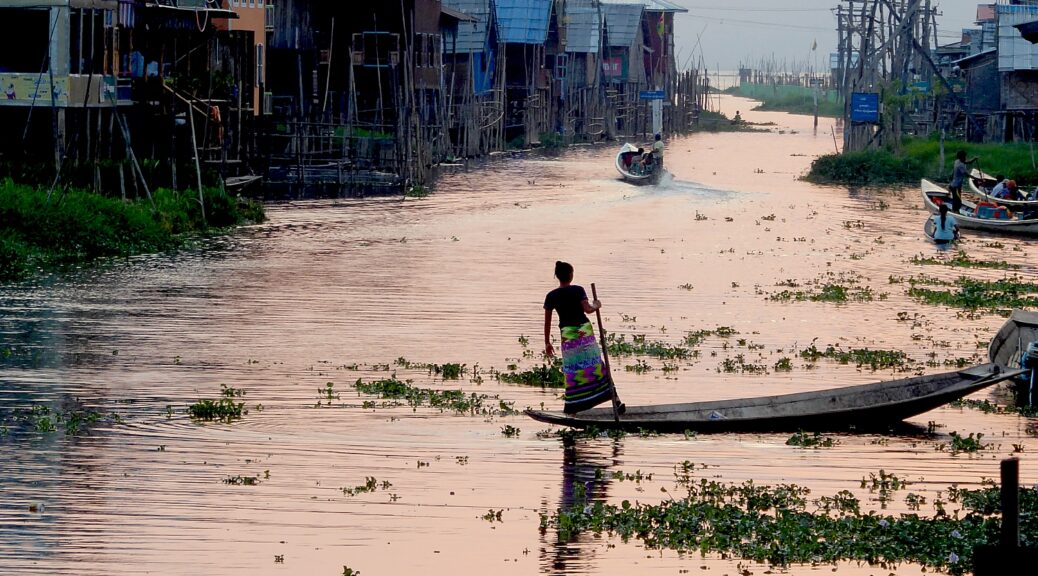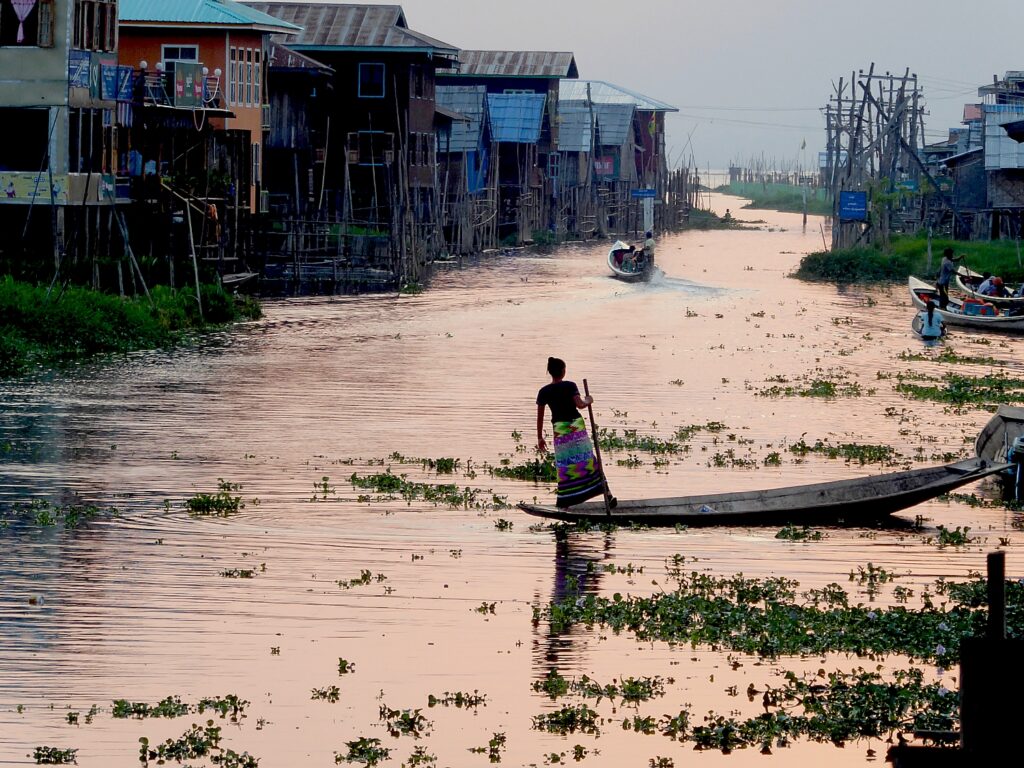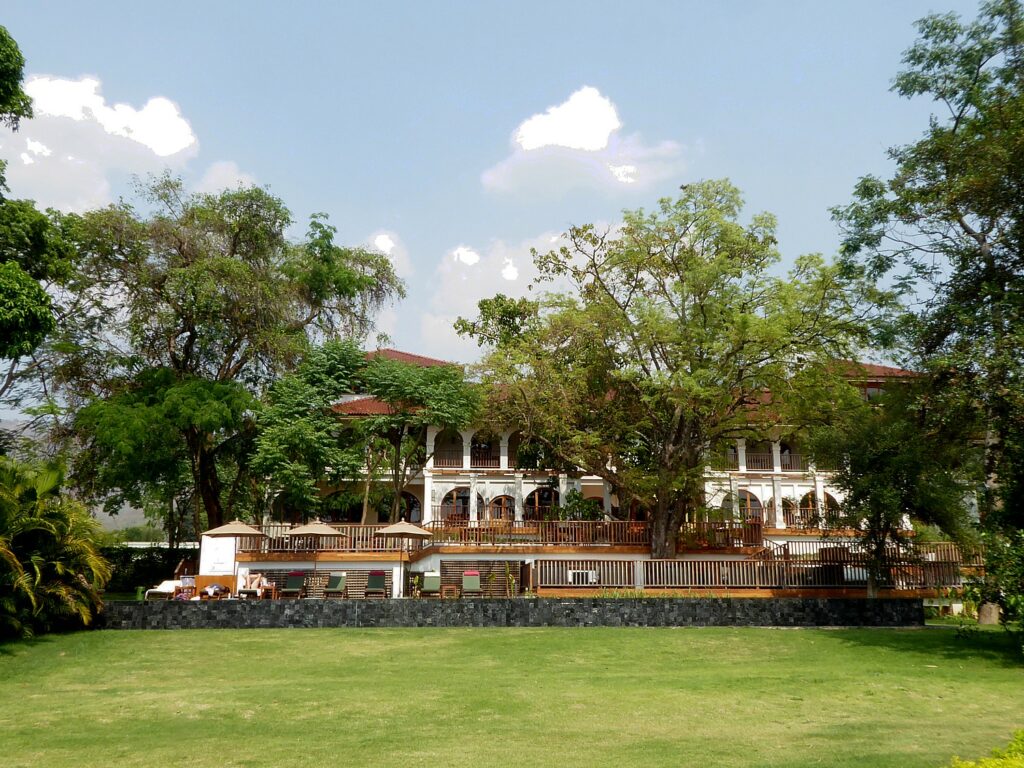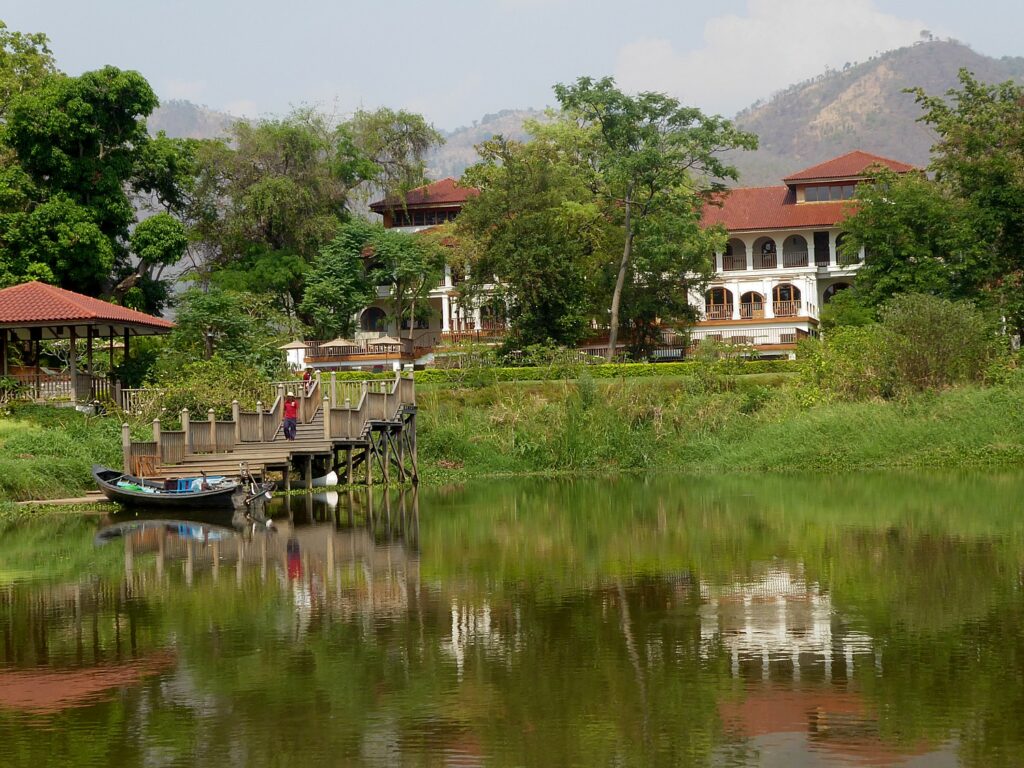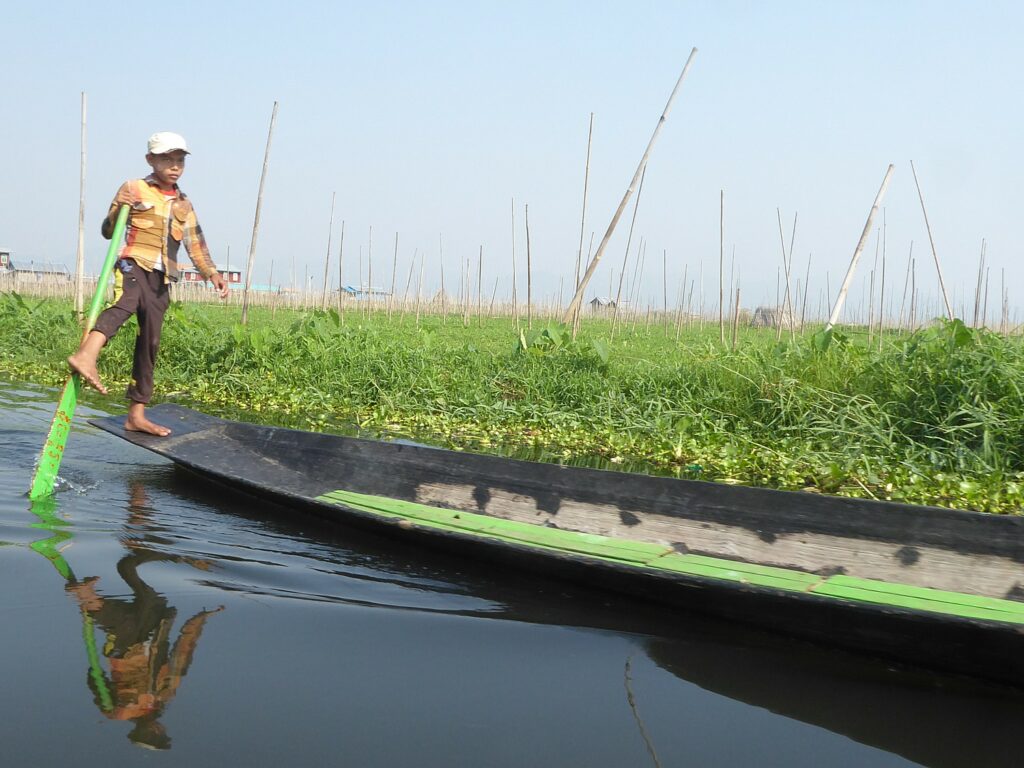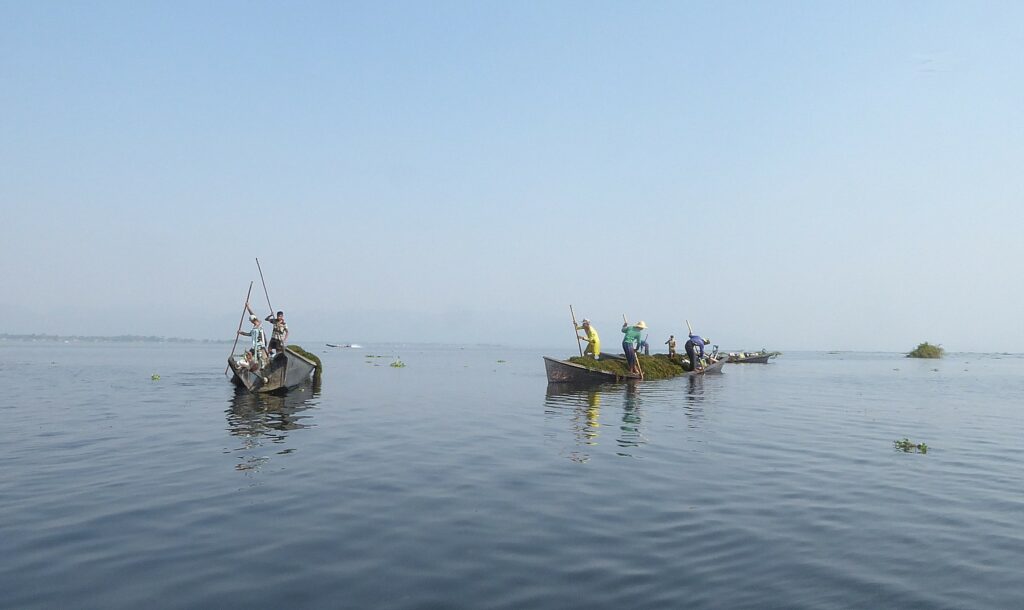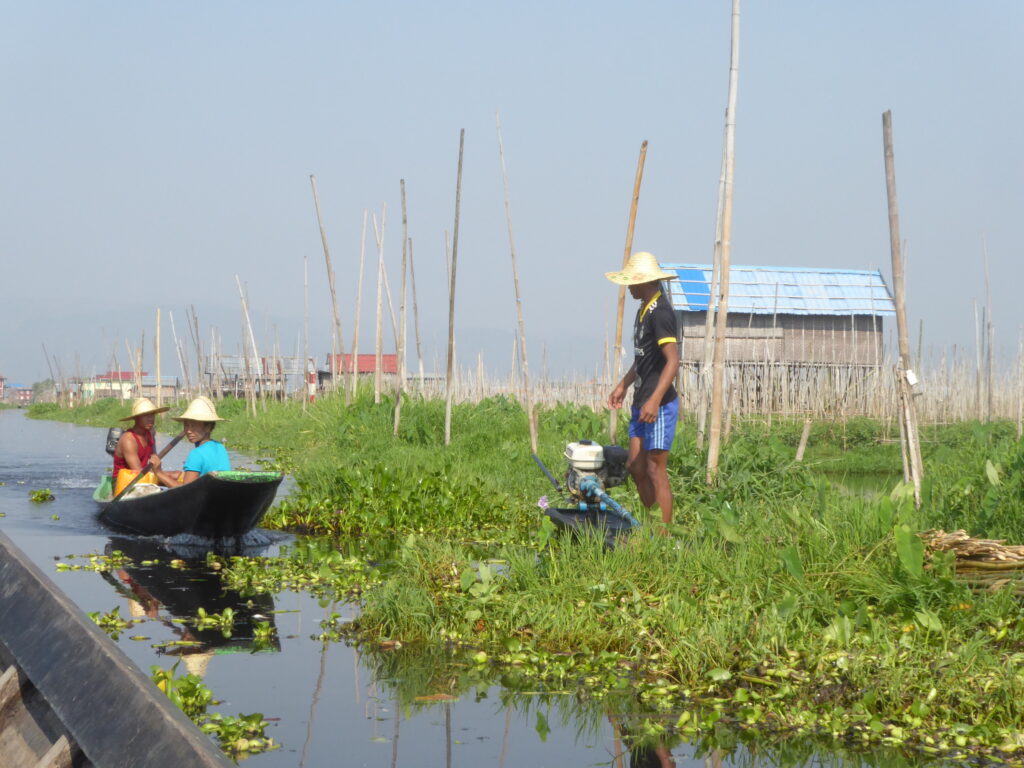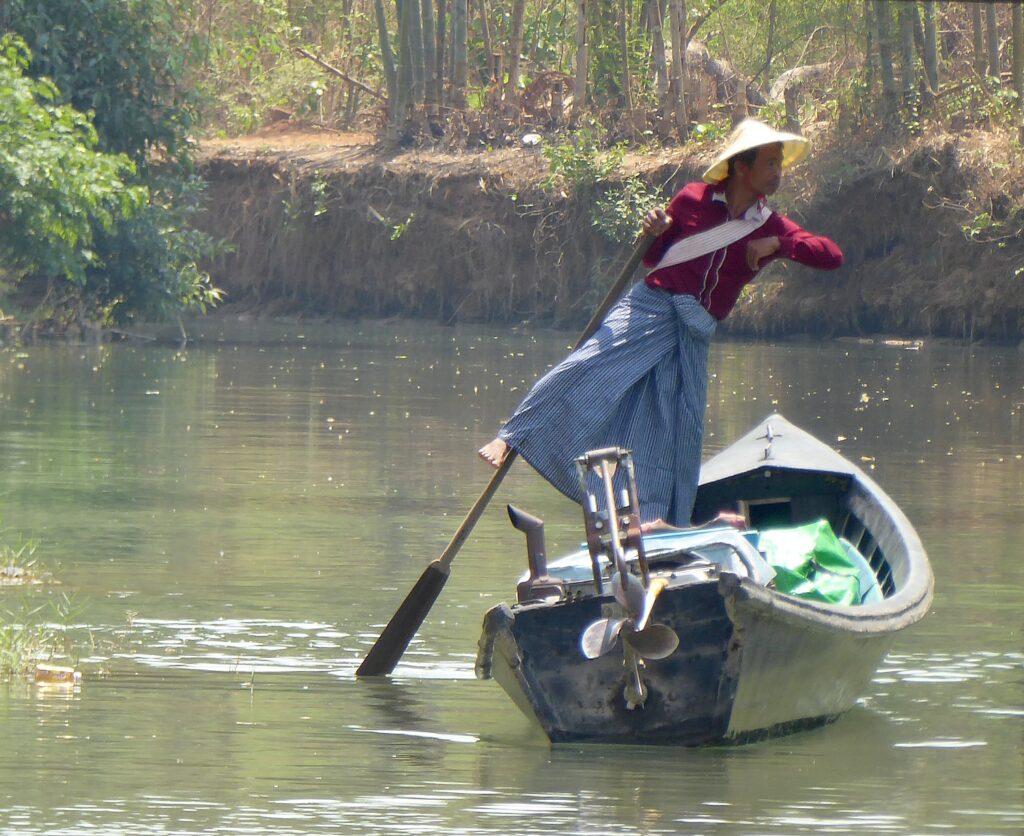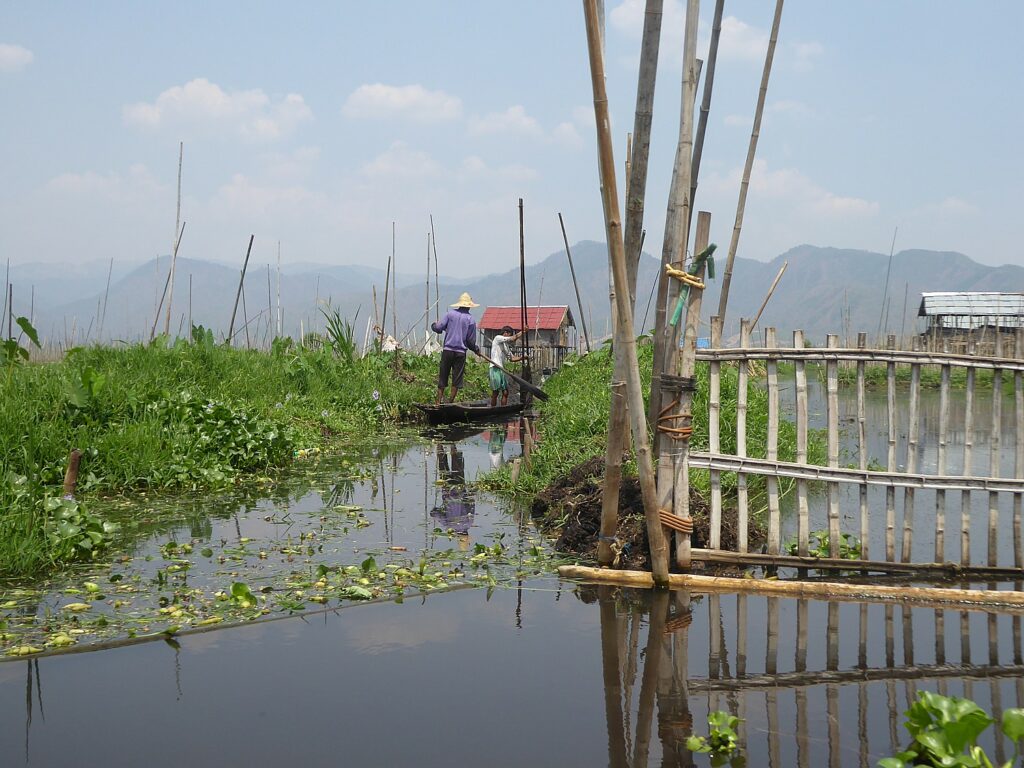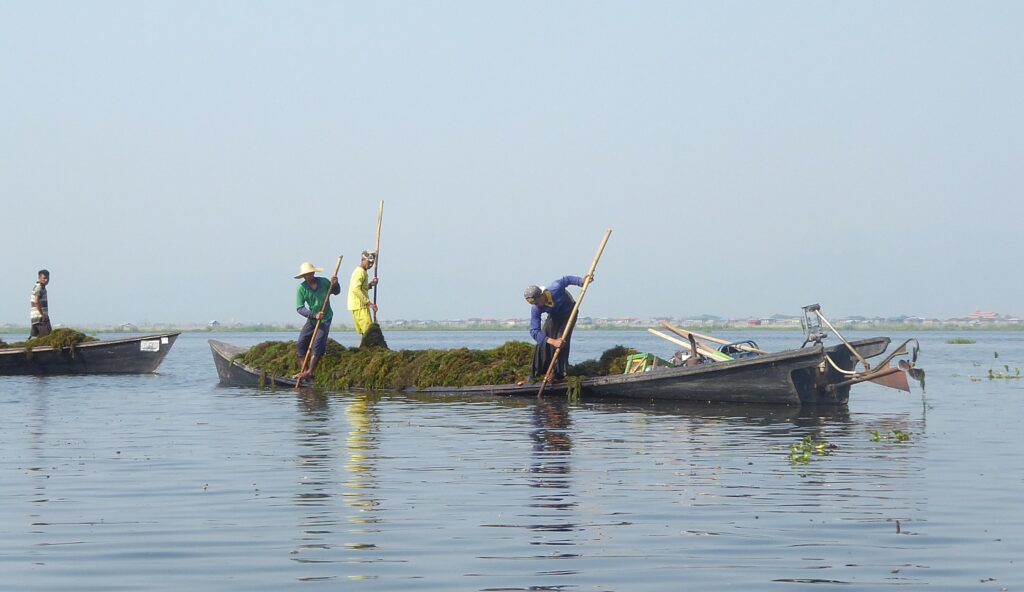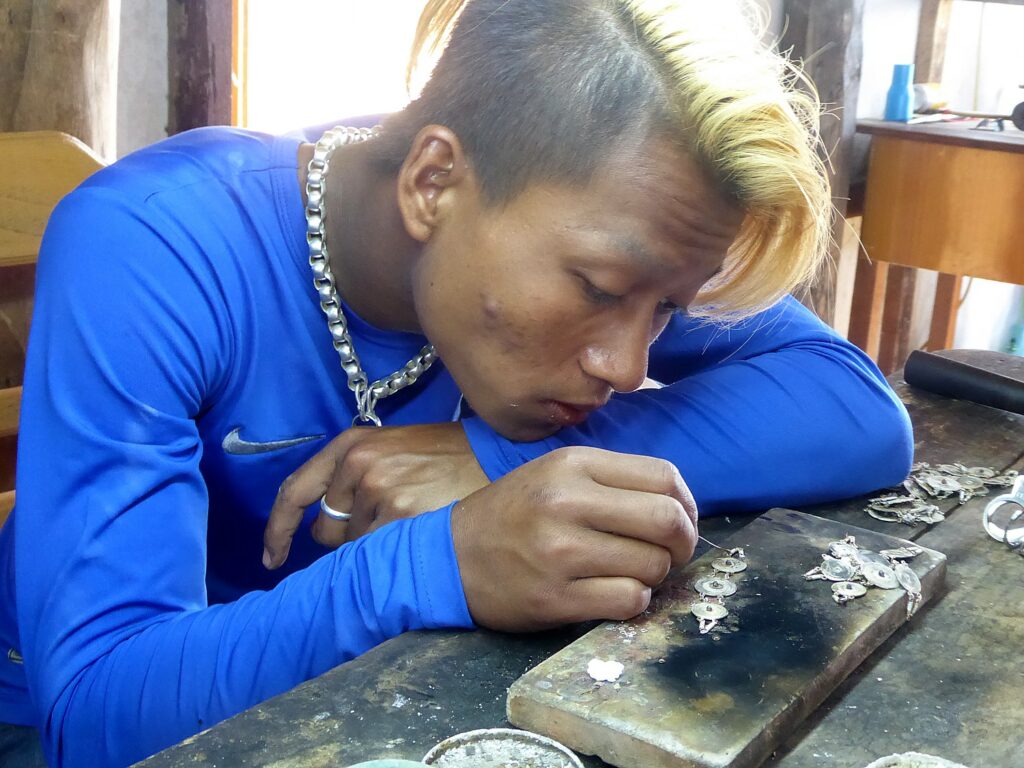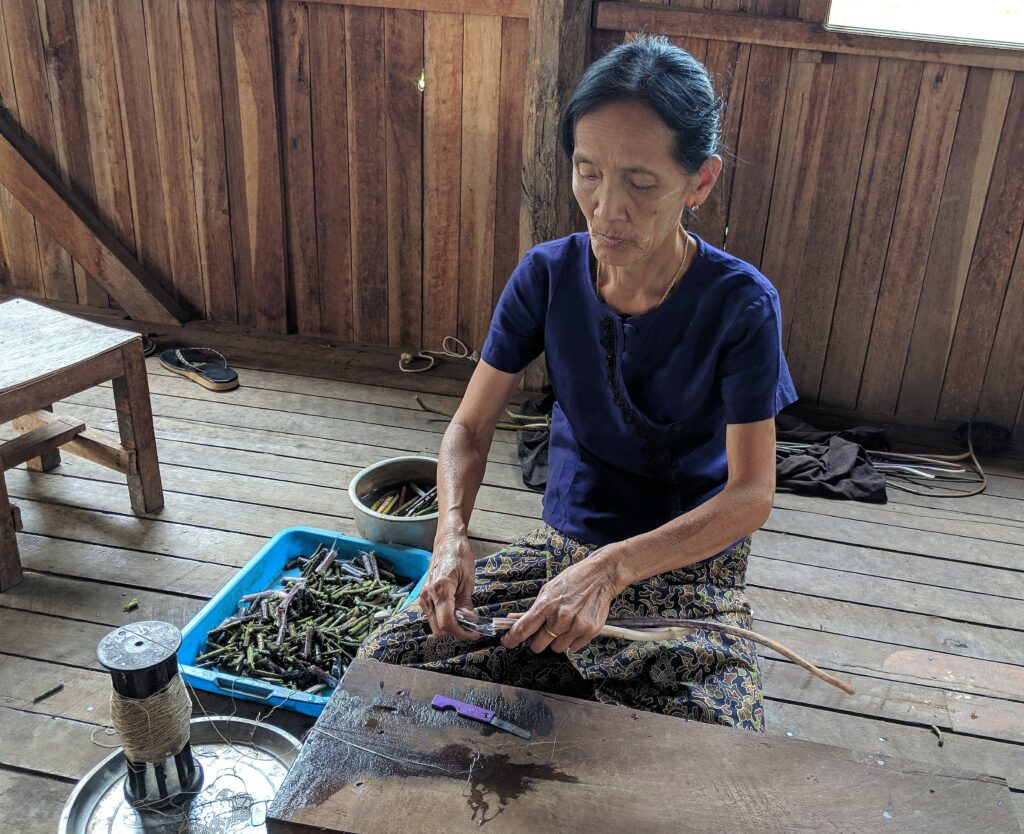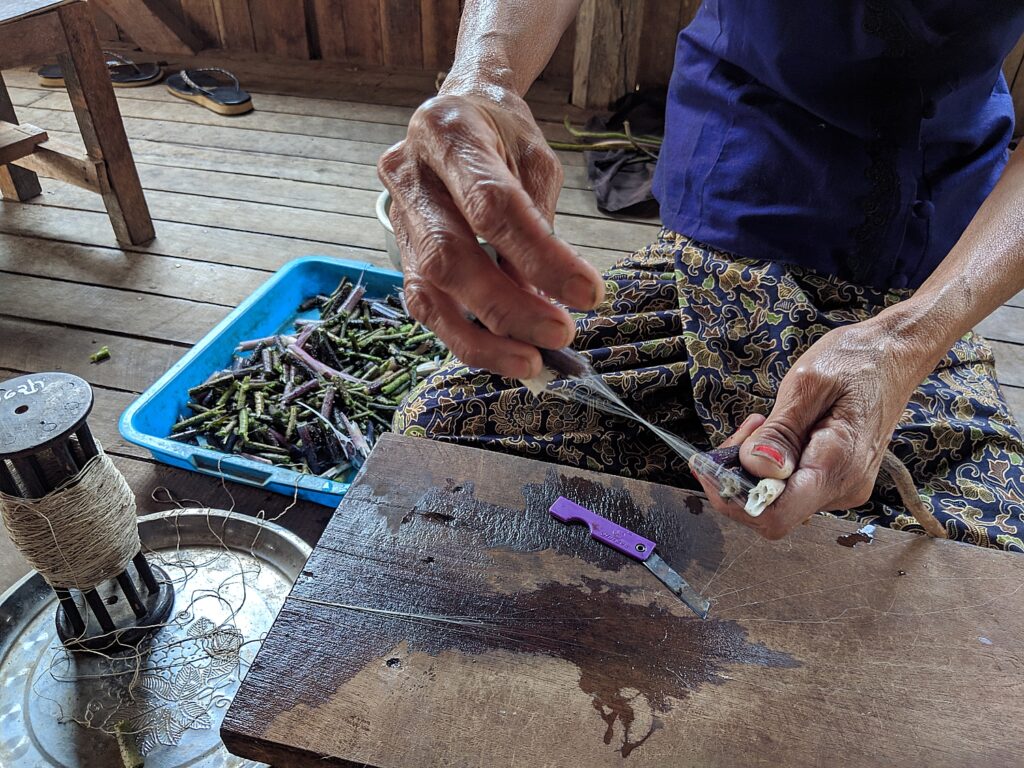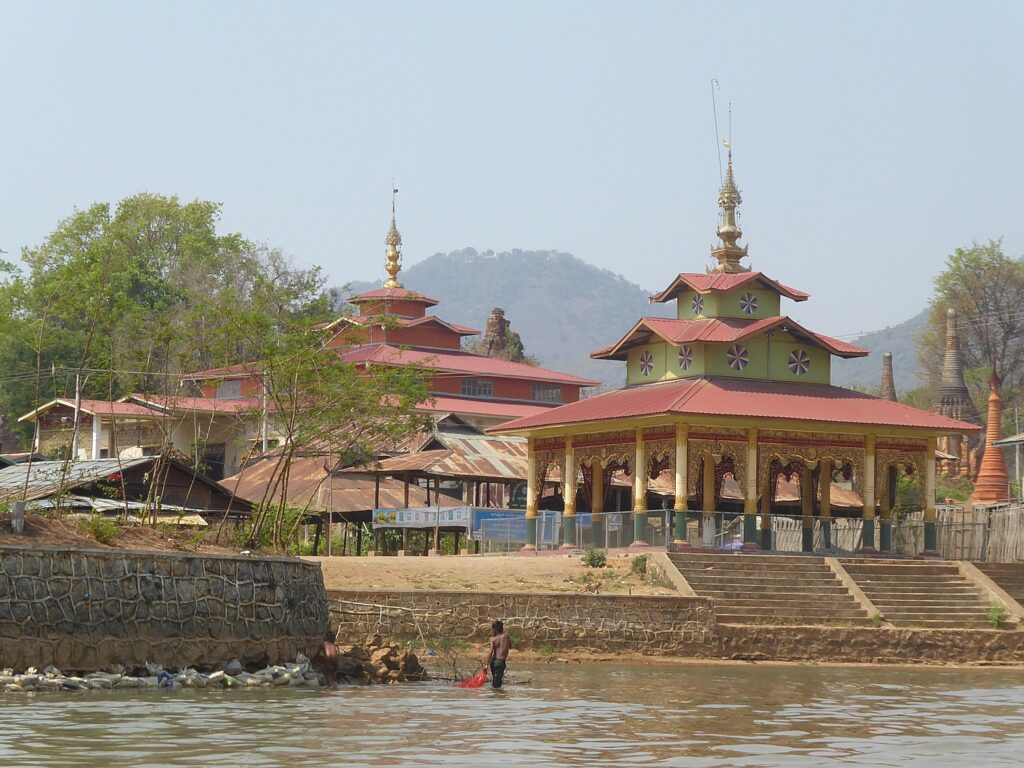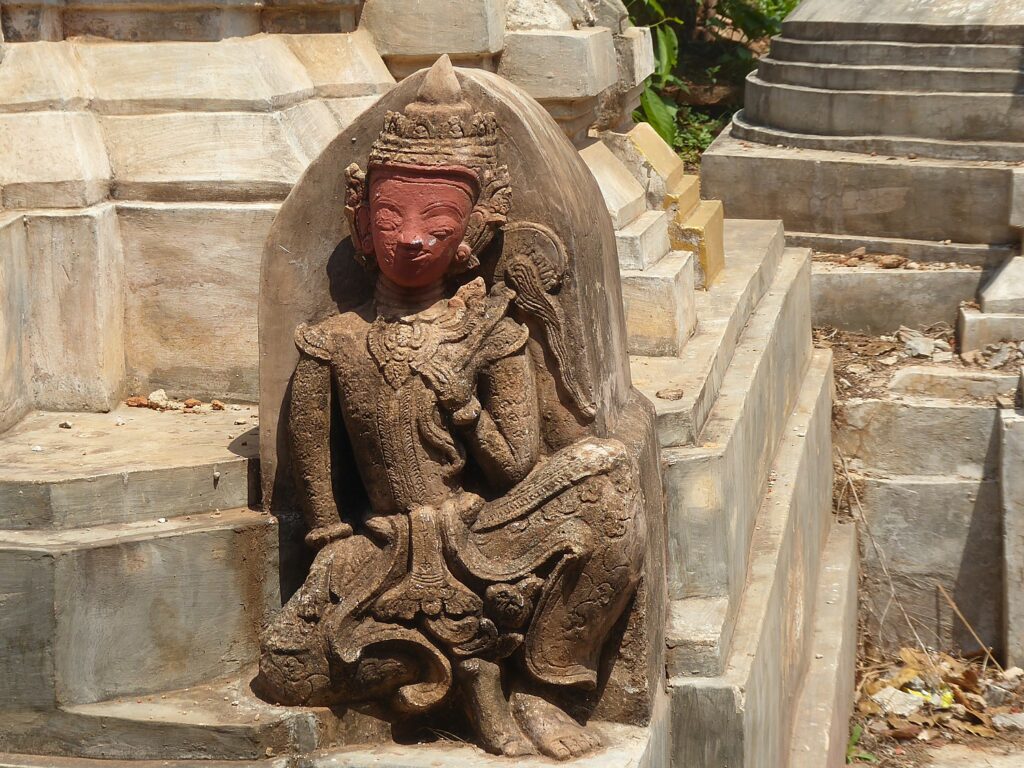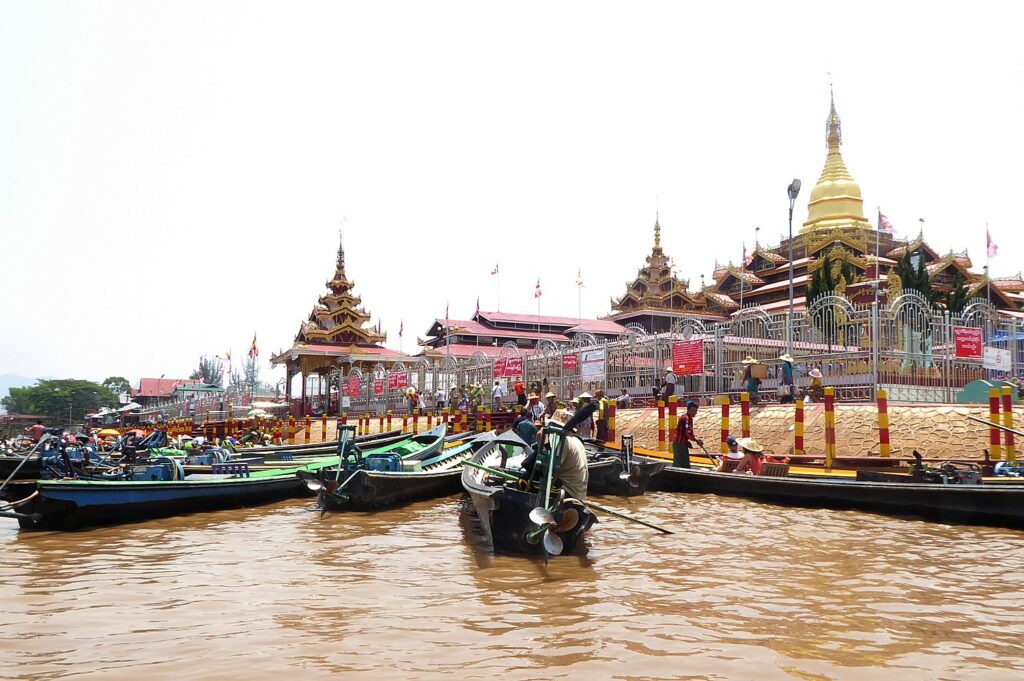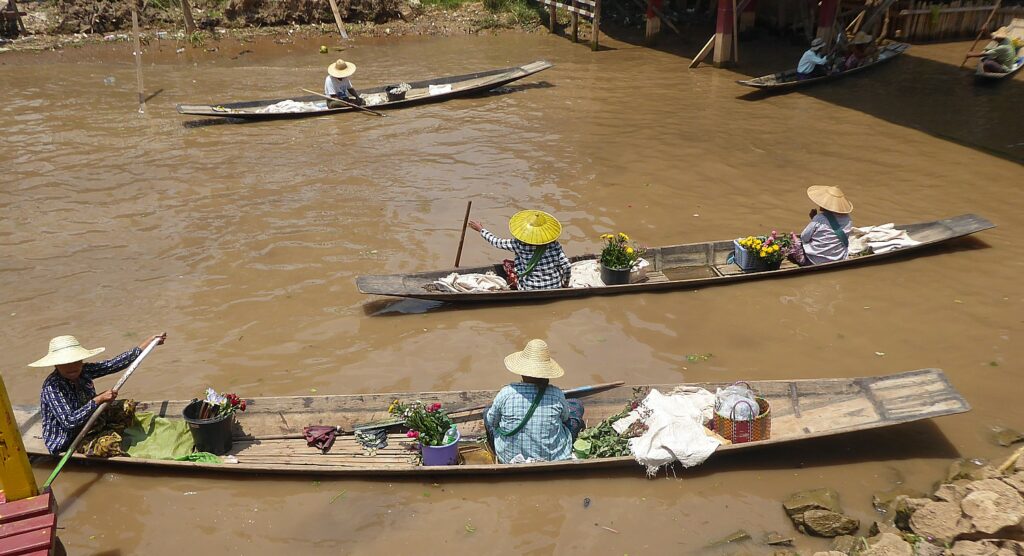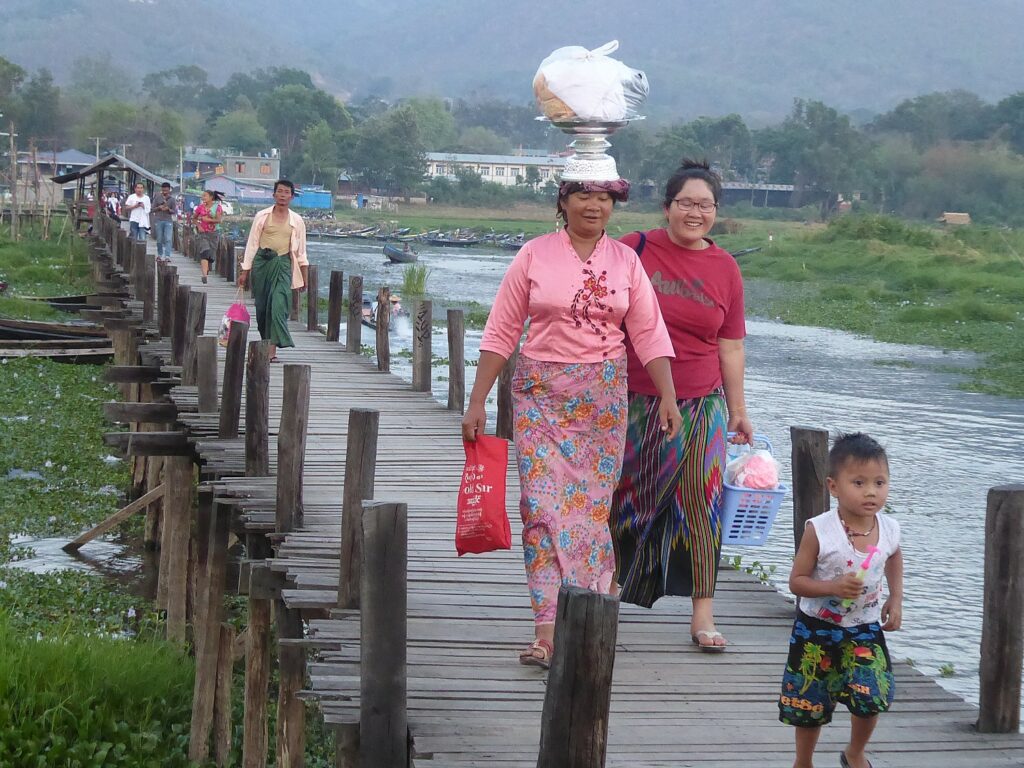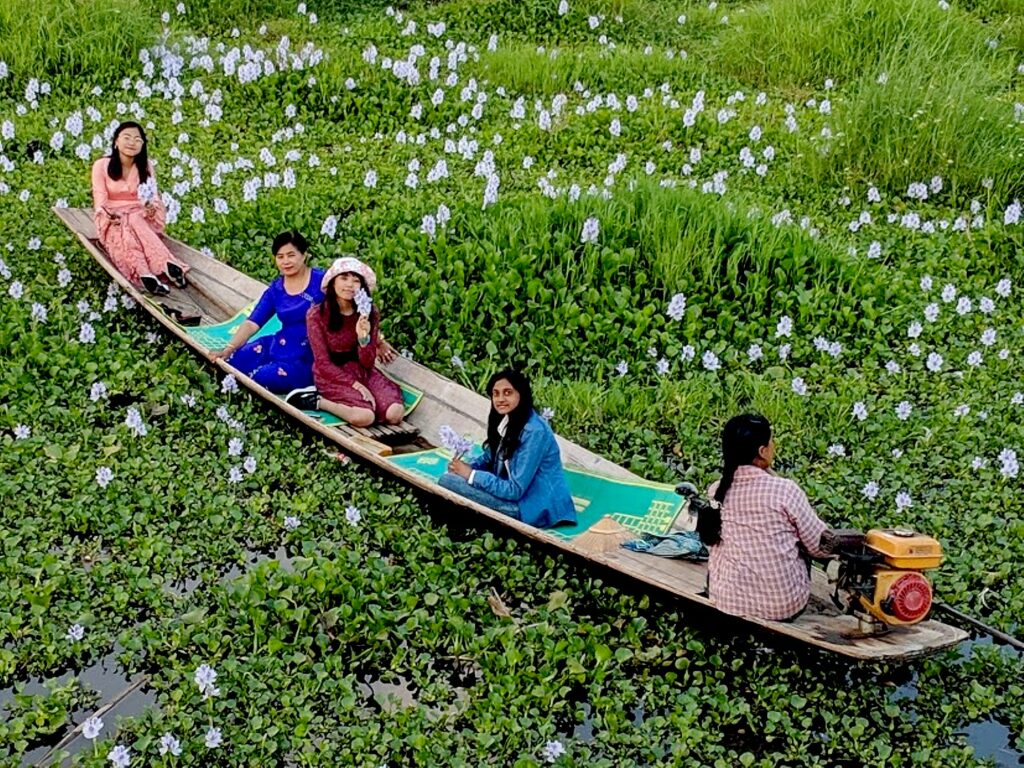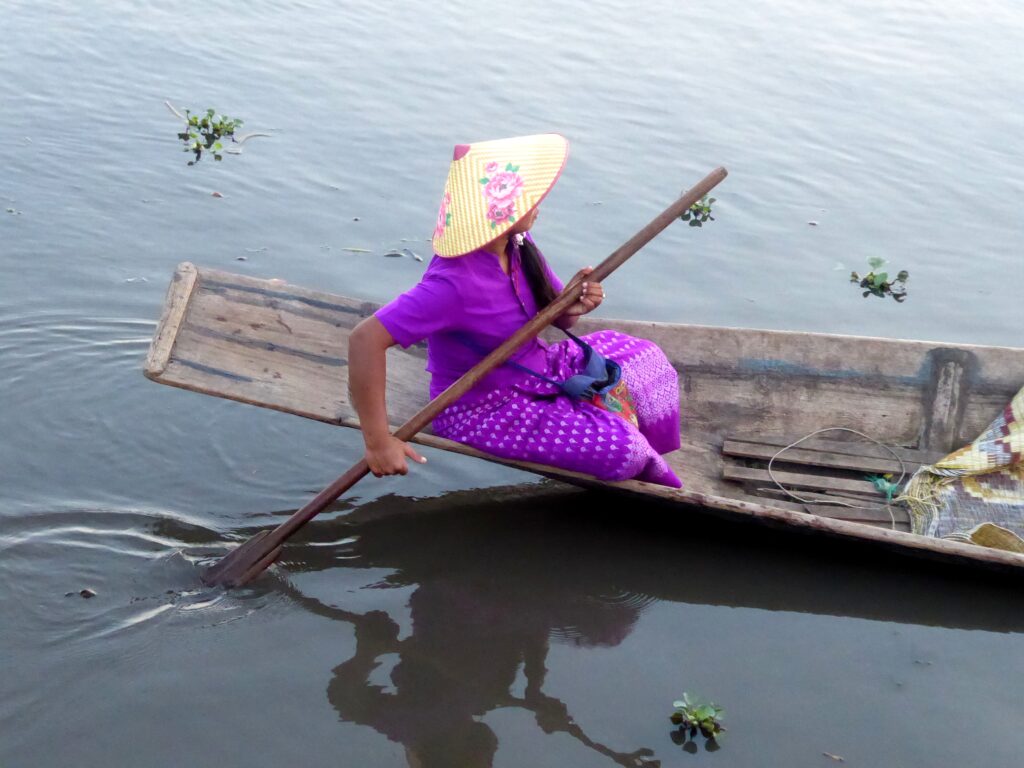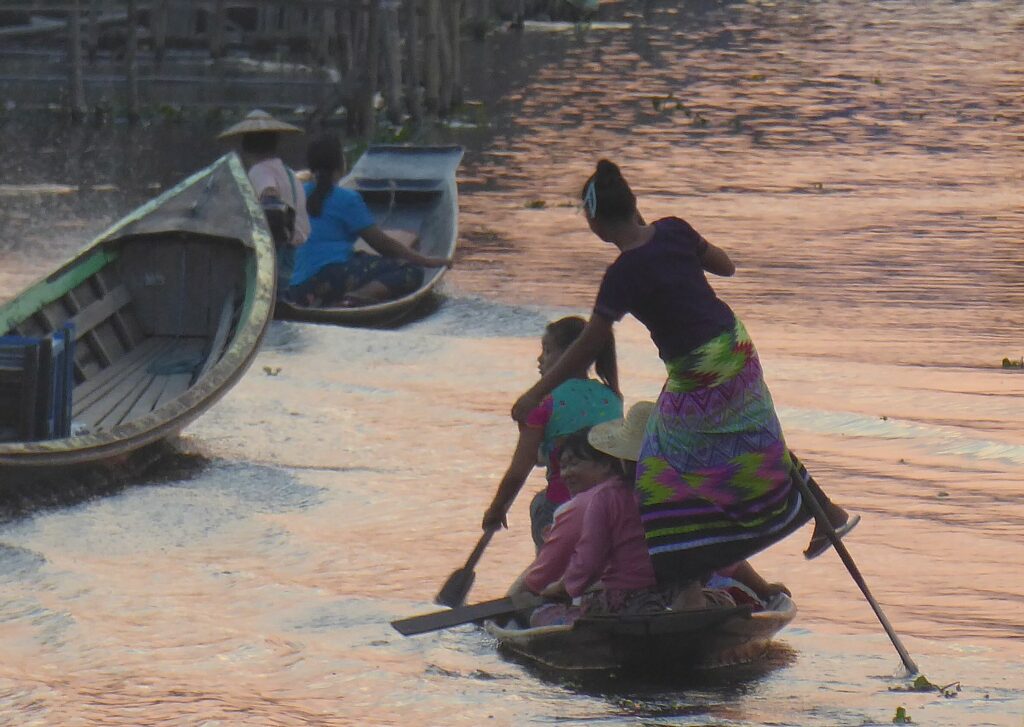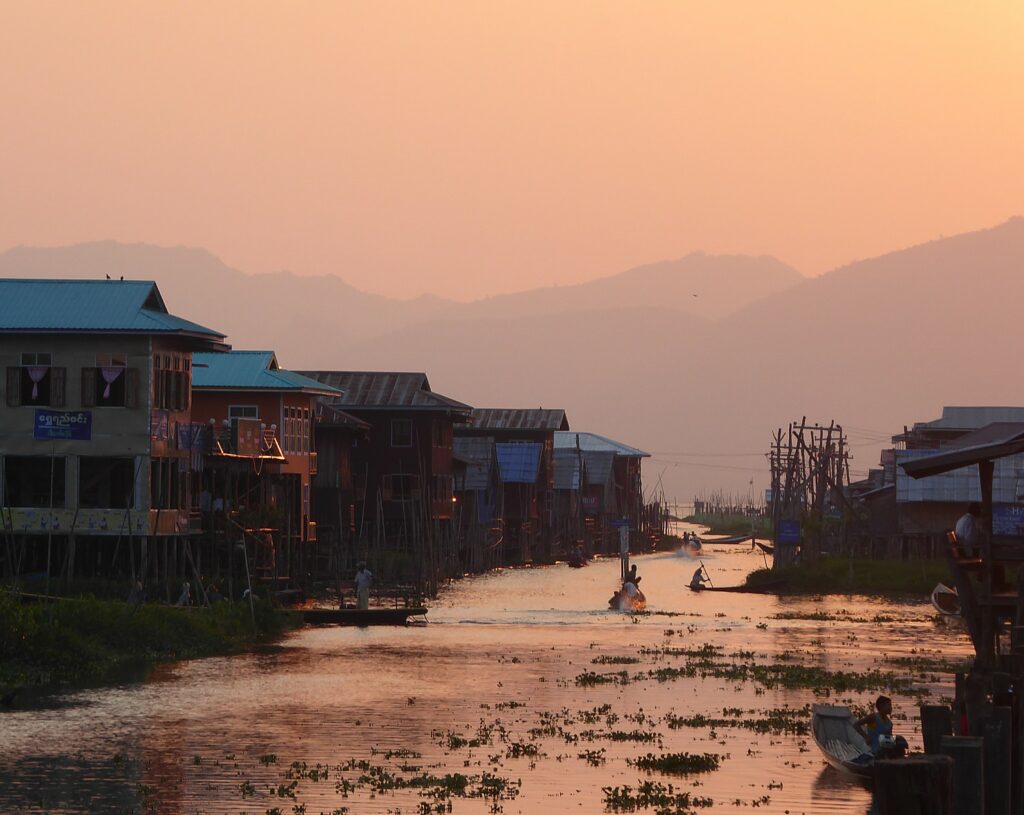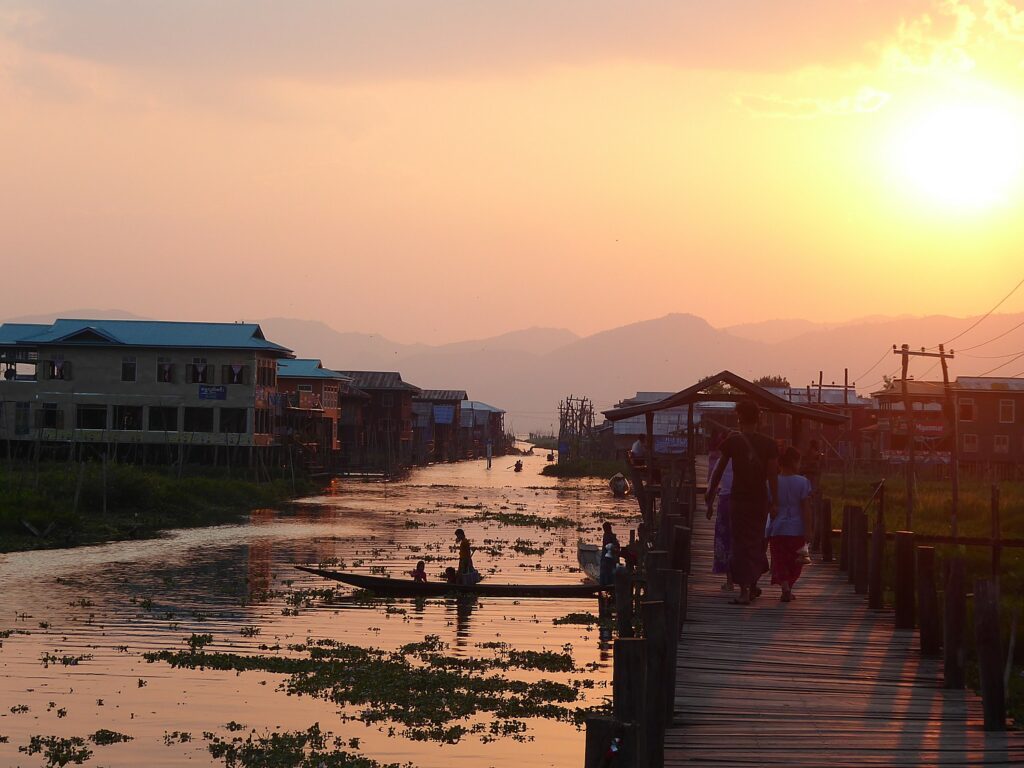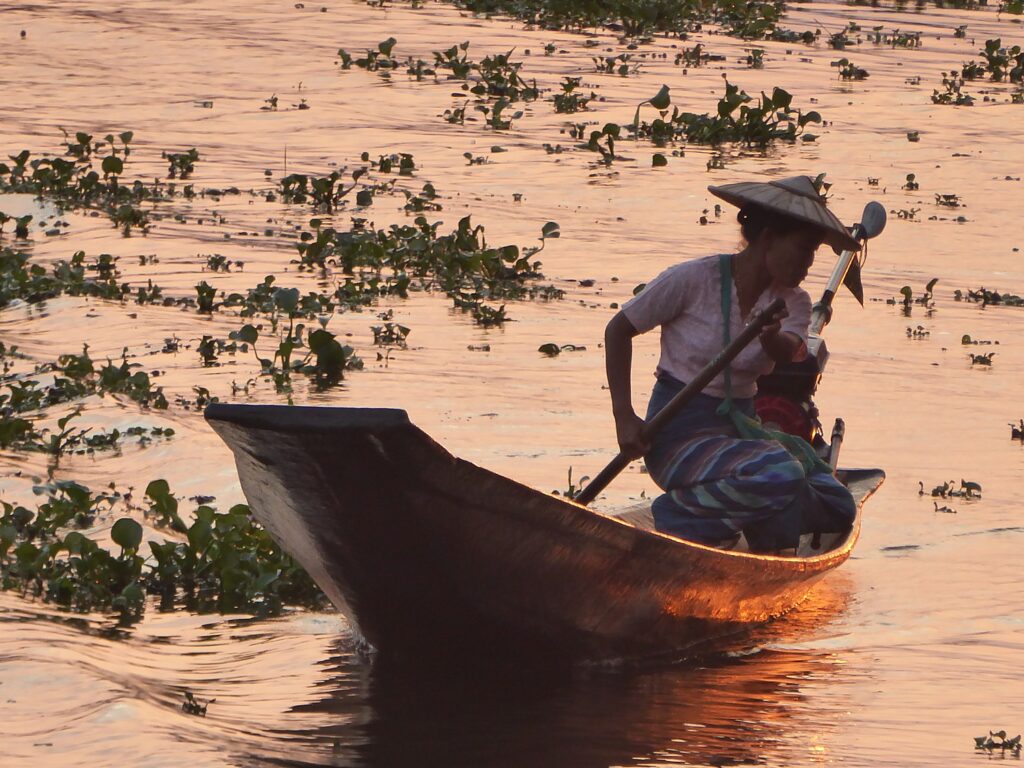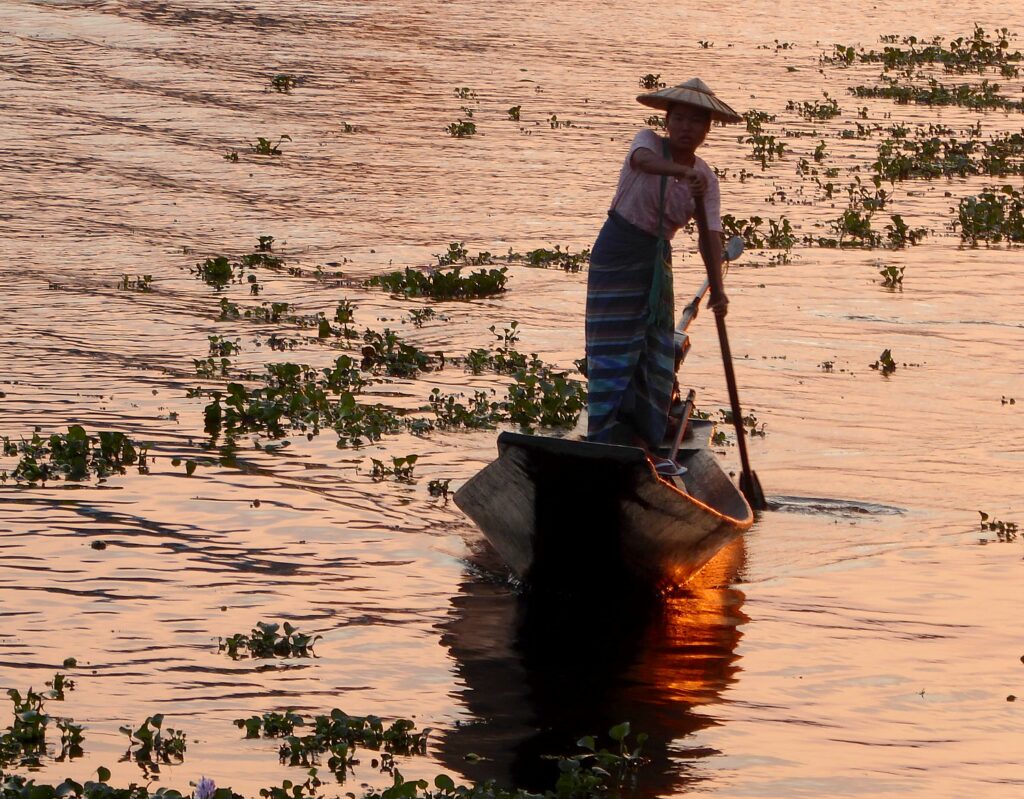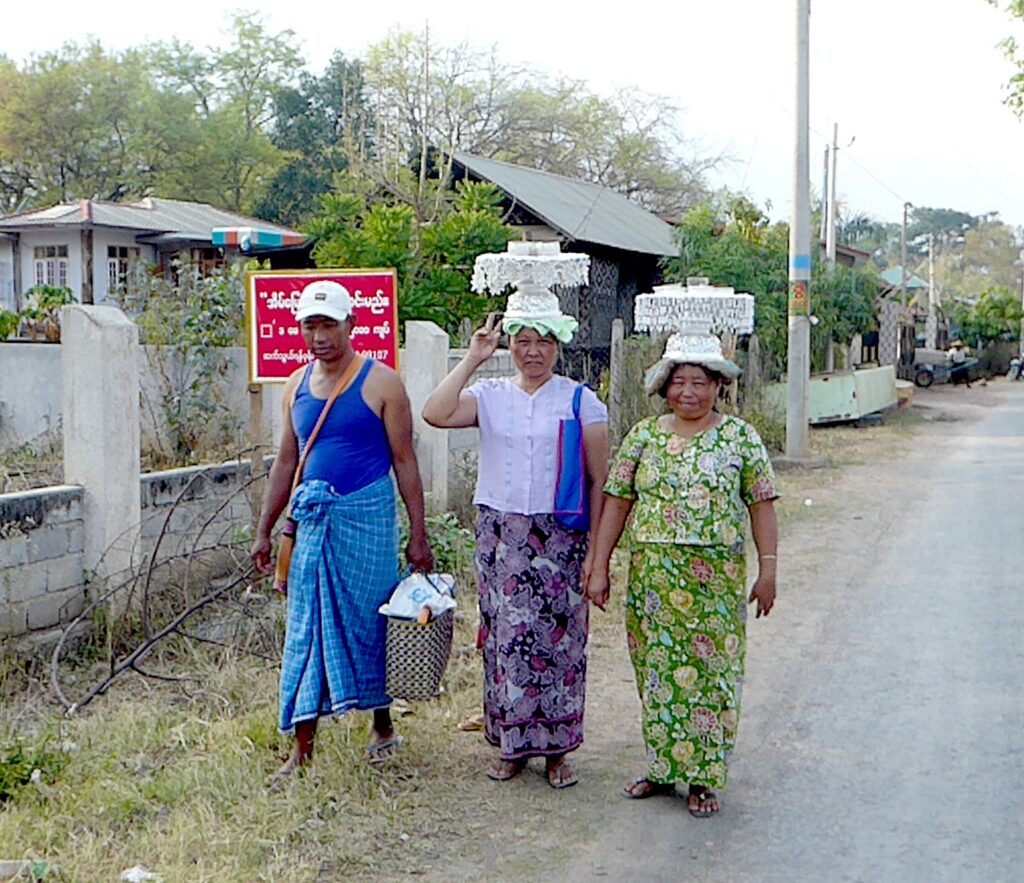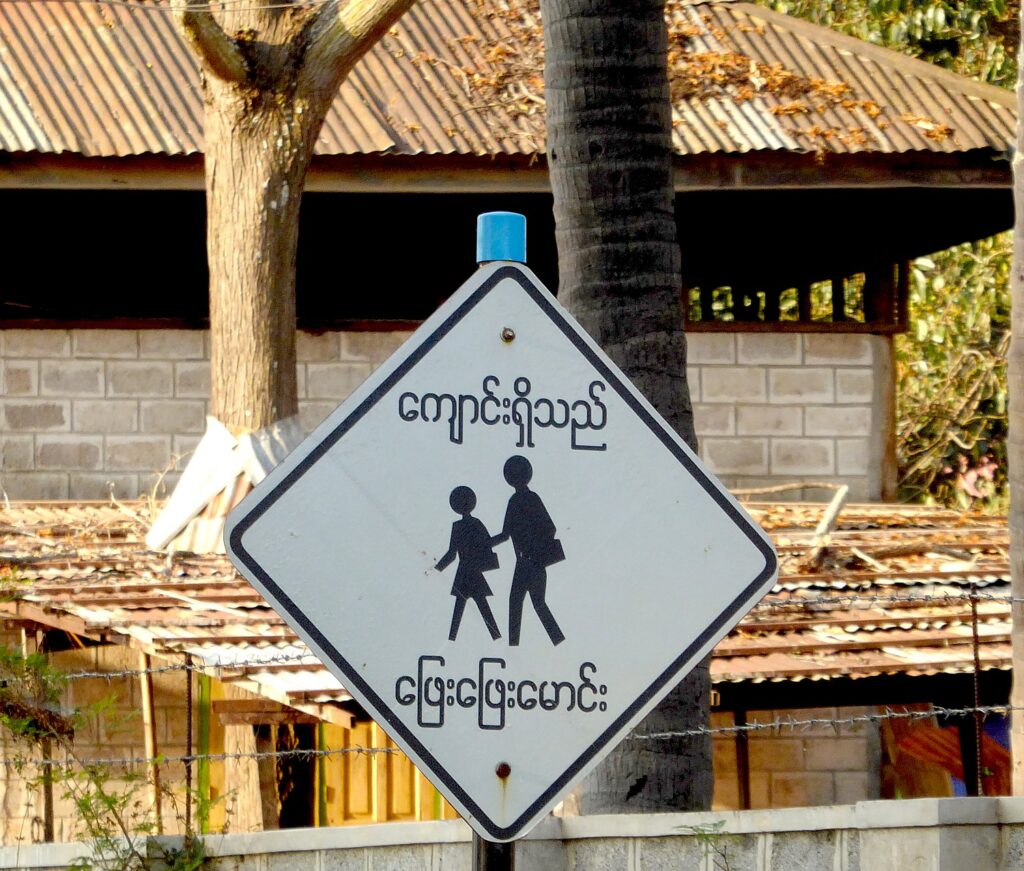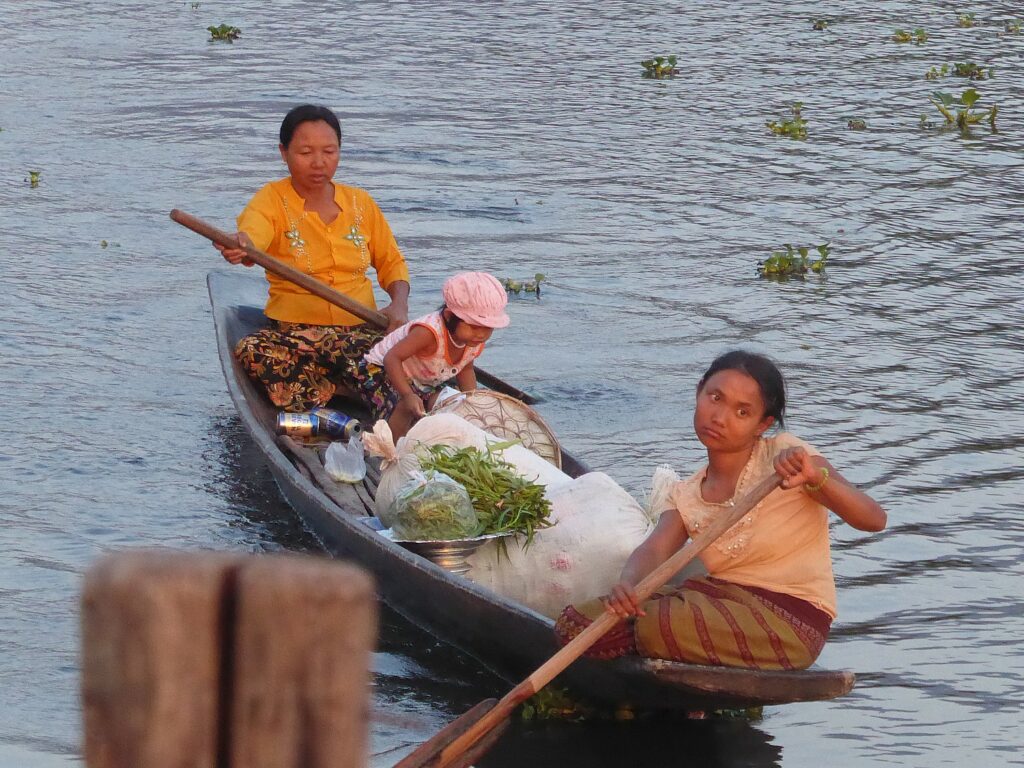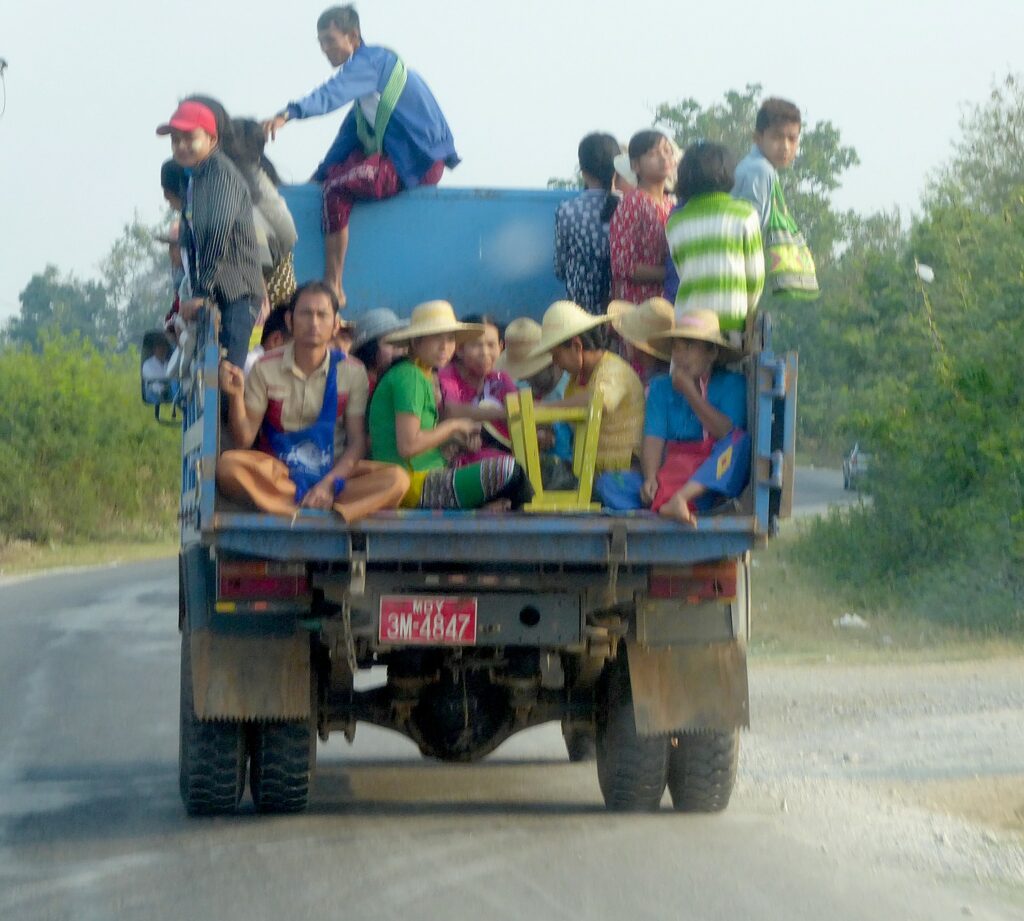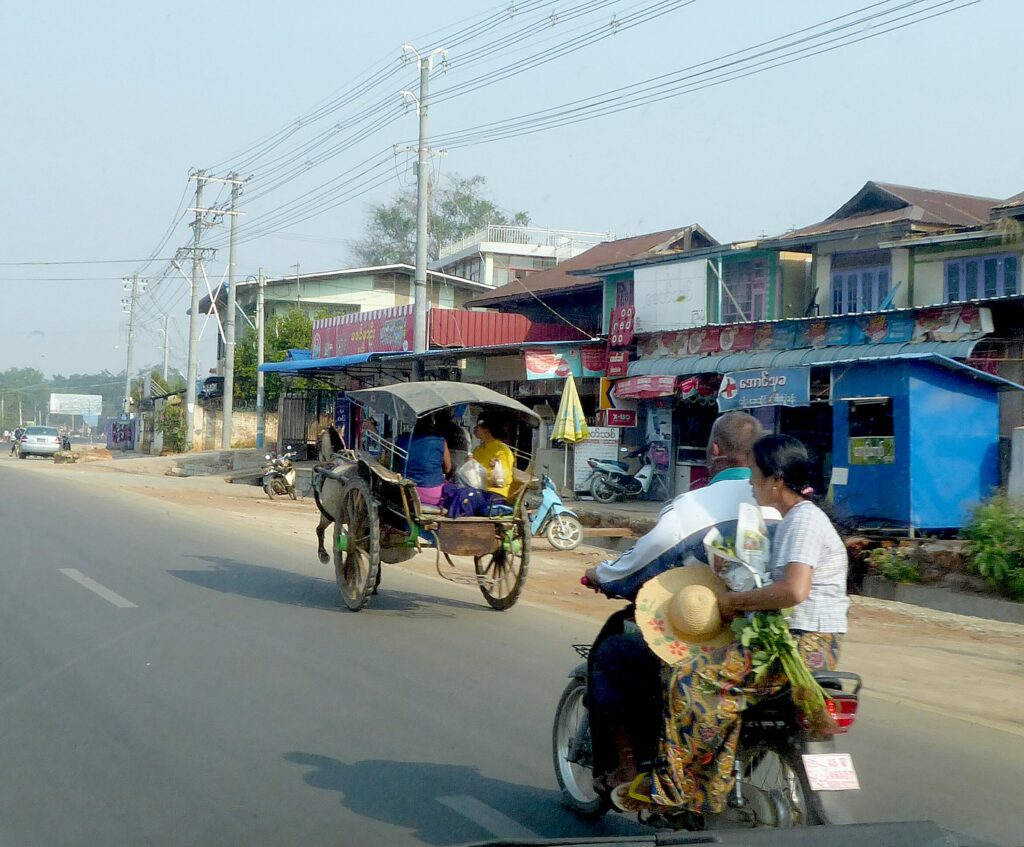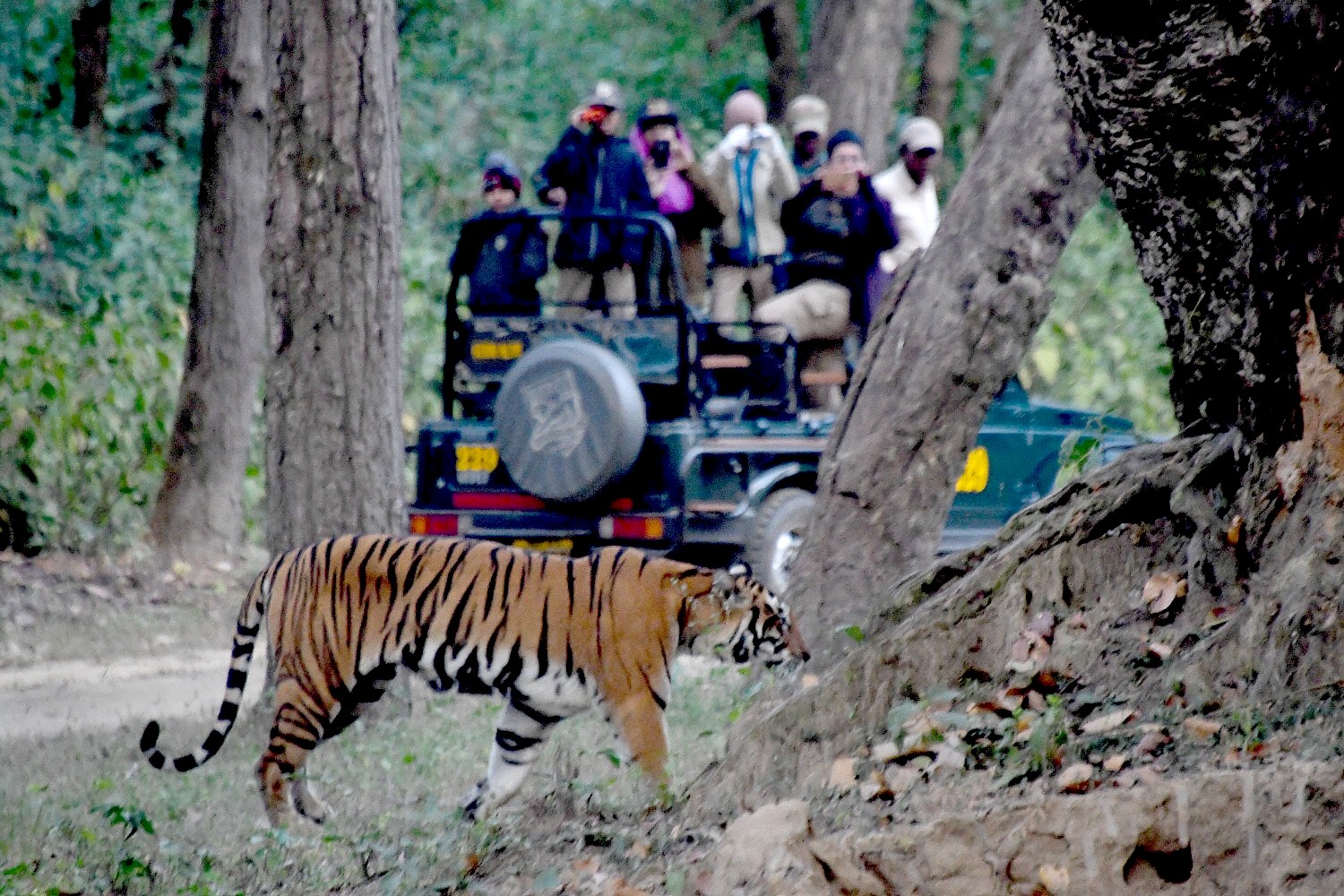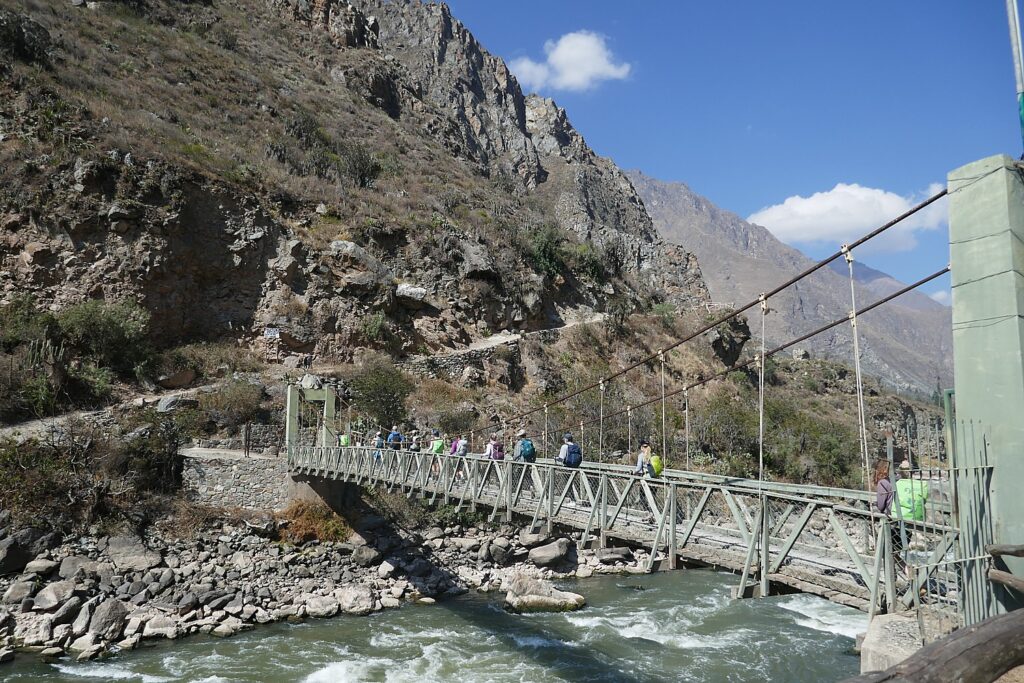
By Karen Rubin, with Eric Leiberman and Sarah Falter
Travel Features Syndicate, goingplacesfarandnear.com
For me, the first day of the four-day, 26-mile Inca Trail trek to Machu Picchu is a test – like throwing down the gauntlet. It is the second hardest (Day 2 is the day I have been dreading), when we will hike 8.7 miles, climbing 1,866 feet to an altitude of 10,829 feet where our campsite will be. My strategy is that if I find it too difficult, I will simply walk back the way I came, rather than continue on to Day 2. Having an out is the security blanket I need.
The day actually begins the evening before, when our group meets at 6 pm (we arrive late from our Sacred Valley day tour) at the Alpaca Expeditions offices in Cuzco for an orientation and to pick up the duffle bags (we are limited to 7 kg which includes the sleeping bag, so only about 4 kg of stuff), as well as a rain cover for our day packs, a rain poncho and hiking poles that we have rented. (We will leave the rest of our luggage at the hotel or can store it with Alpaca). A team of porters will carry not only our duffels (they carry 3 plus their own!), but the camping gear (tents, sleeping bags and mats), a dining tent and stools, cooking stuff, our food, and even a private potty tent.
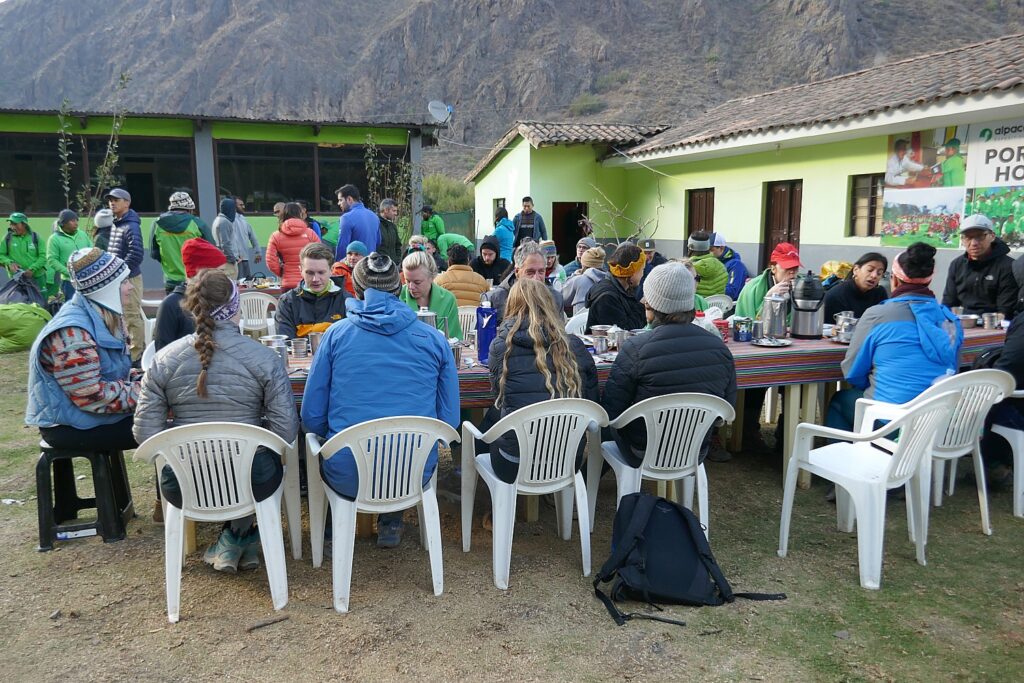
Our adventure starts with a pick up at our hotel, Amaru Inca, in Cuzco’s historic district at 4 am. We pick up the other participants at various locations (didn’t realize we could have overnighted at Ollantaytambo!) and are taken to Piskachucho, Porters House, where we enjoy a marvelous and energizing breakfast. This is a bunkhouse where the porters – who come from mountain villages hours away – stay between expeditions.
We stop off for a bathroom break at a fantastic shop where I purchase a treasure: the most marvelous alpaca wool knee-high socks for $4 which I adore to keep me comfy cozy on the cold nights in the tent.
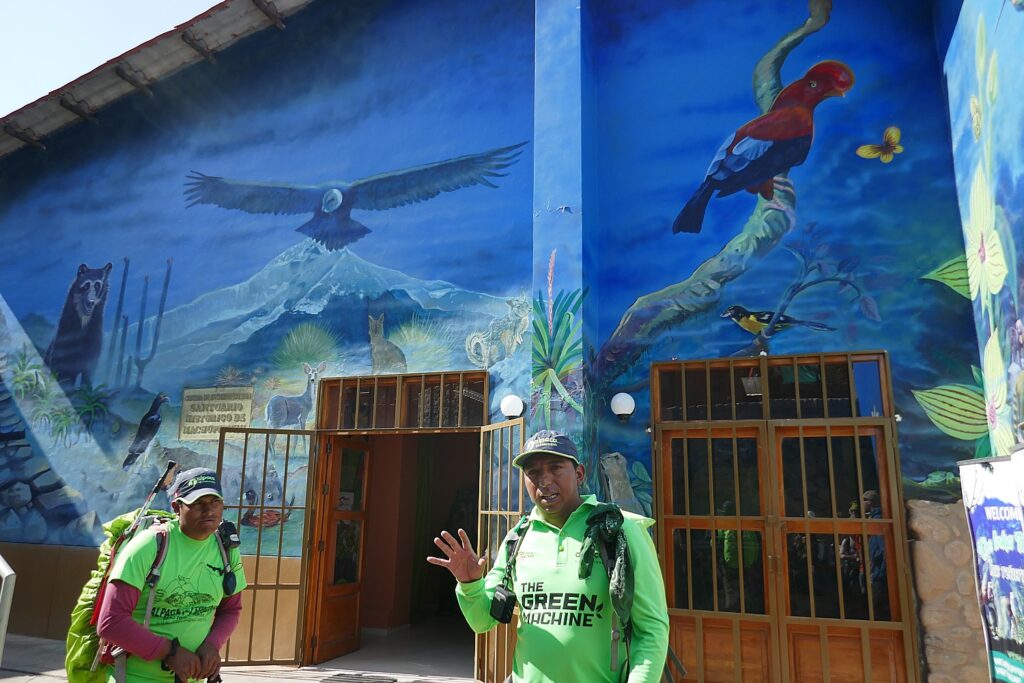
We drive to Km 82, and go through the first Inca Trail checkpoint to begin our trek. We have to present our passport and be checked off against the list of permits, which are limited to 200 trekkers a day (which is why you have to book this trip sometimes months in advance). Machu Picchu became a national sanctuary in 1981 and a UNESCO World Heritage Site in 1983. There is a small museum there and our lead guide, Lizandro Aranzabal Huaman, uses this opportunity to gather us all together to reintroduce ourselves (after the orientation meeting the night before), and give us a little intro and pep talk.
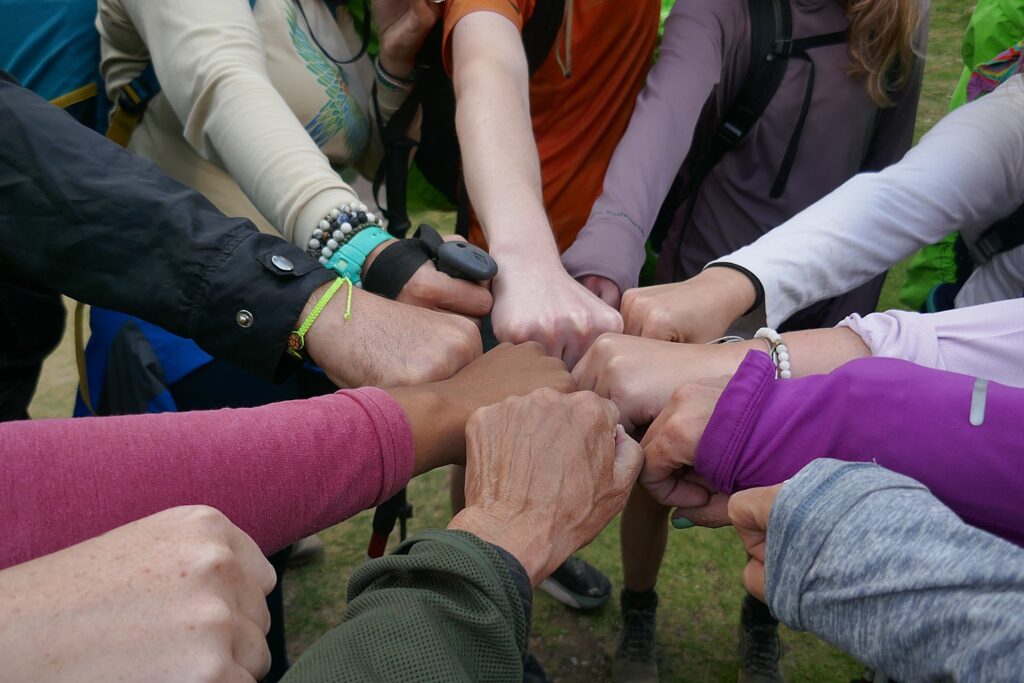
We are a group of 15: a couple on their honeymoon (he from Italy, she from Netherlands), a couple from New York (actually he comes from my hometown and she from Miami) who just got engaged; a couple from Norway living in Guyana; a couple (she from New Zealand, he from Ukraine) doing remote work in Lima; a group of six ladies organized by one who actually did not know each other until the trip, but were friends or friends of friends, who come from NY, Kentucky, California; and Eric and Sarah who are finishing up six-month travel odyssey with this grand finale and me. Every one is well traveled and adventurous (also between 25 and 35 years younger than me. (On the trail, I find a family taking a private tour where the parents are in their mid-60s, so I believe I am the oldest trekker on the trail at this point.)
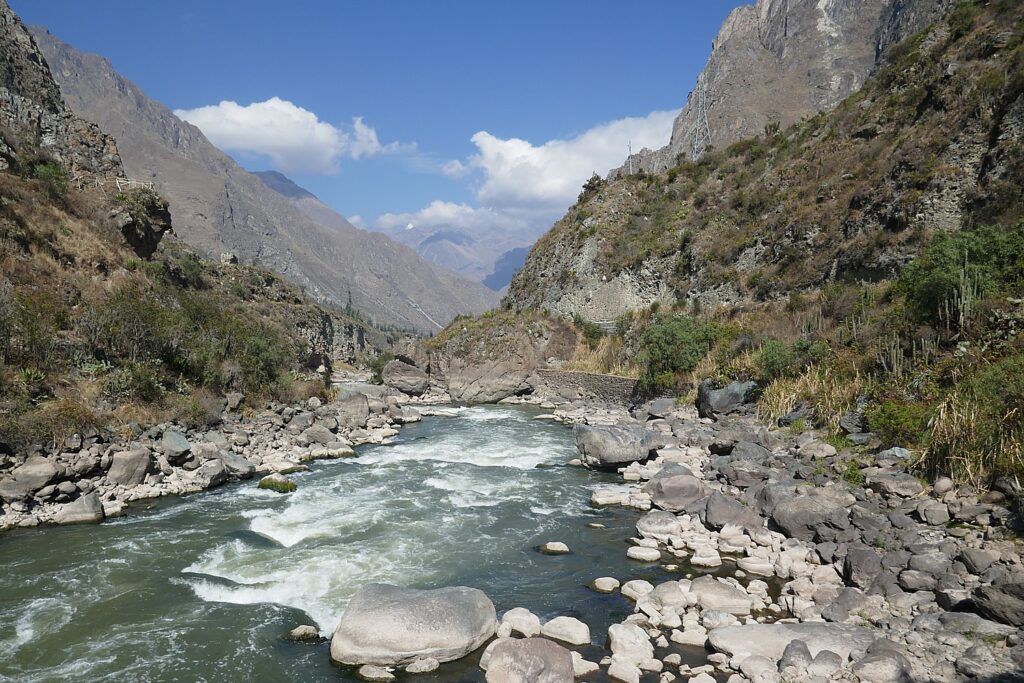
What we call the Inca Trail was part of an immense network built Pachacuti Inca Yupanqui, the ninth ruler of the Inca, in the mid-1400s. These roads linked the main cities of the empire with Cusco, the capital, and Machu Picchu. During the time of the Inca, the trail was the only way to get to Machu Picchu.
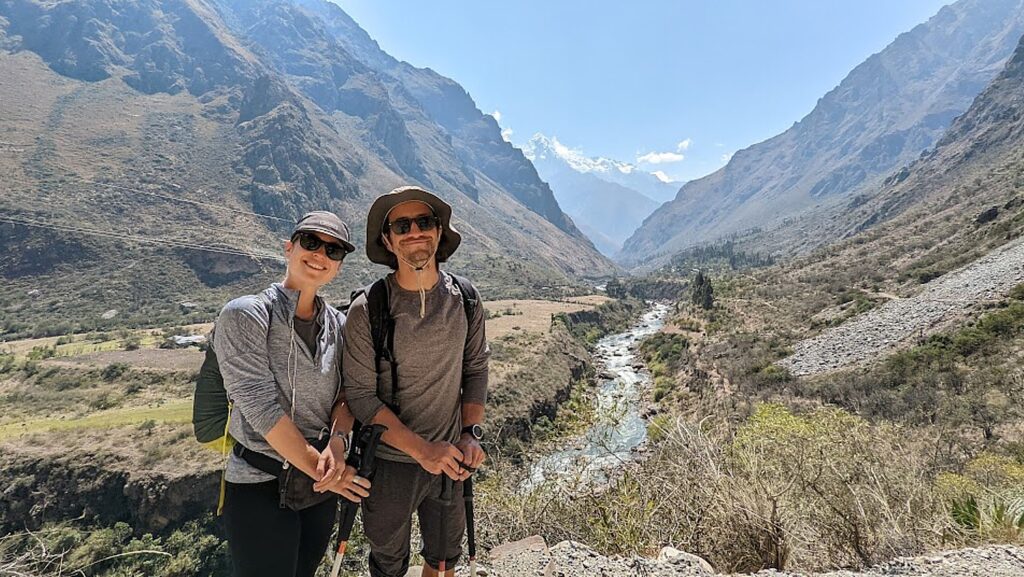
Our guide, Lizandro, tells us about the animals we may encounter: puma and condor (not surprisingly, they are also sacred animals that appear in architecture), speckle bear (a herbivore), and birds like fly catcher and hummingbirds (32 species).
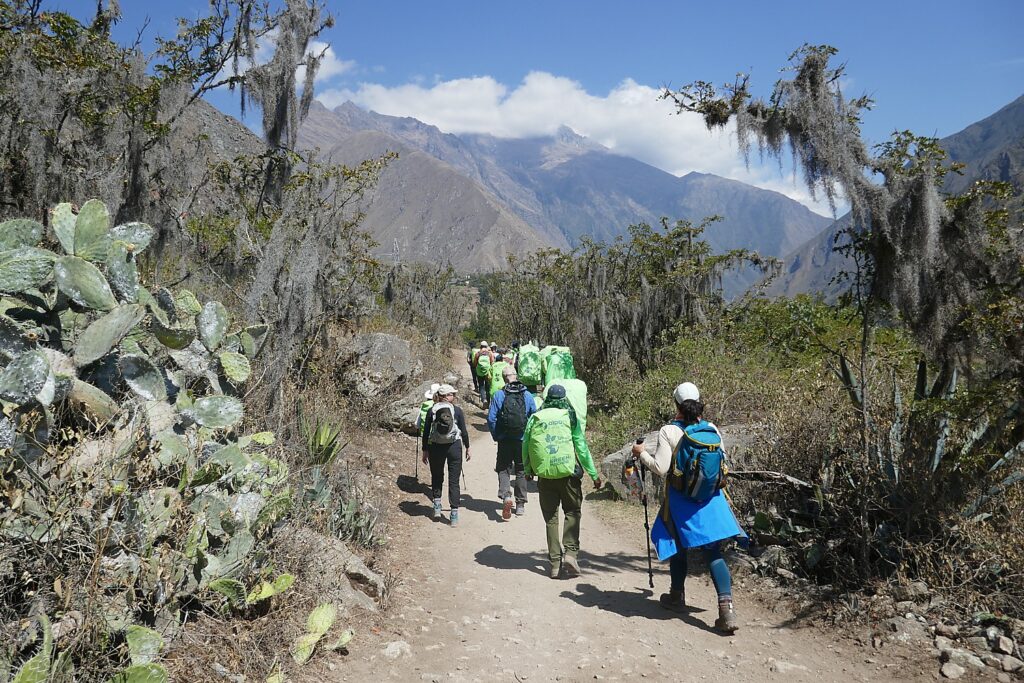
We head out and cross a bridge over a rushing river after scouts tell us the trail has been reopened. It had been closed down for a month after a rock slide killed two porters. We are the first group of trekkers on the trail – which saves about an hour.
Lizandro stops to point out an insect on cactus – cochinillia – which the Inca used for dying textile. The prickly pear on a cactus, he says, should be eaten before sundown or it will cause an upset stomach. He points to a kind of bean which is made into a powder as a base for aspirin.
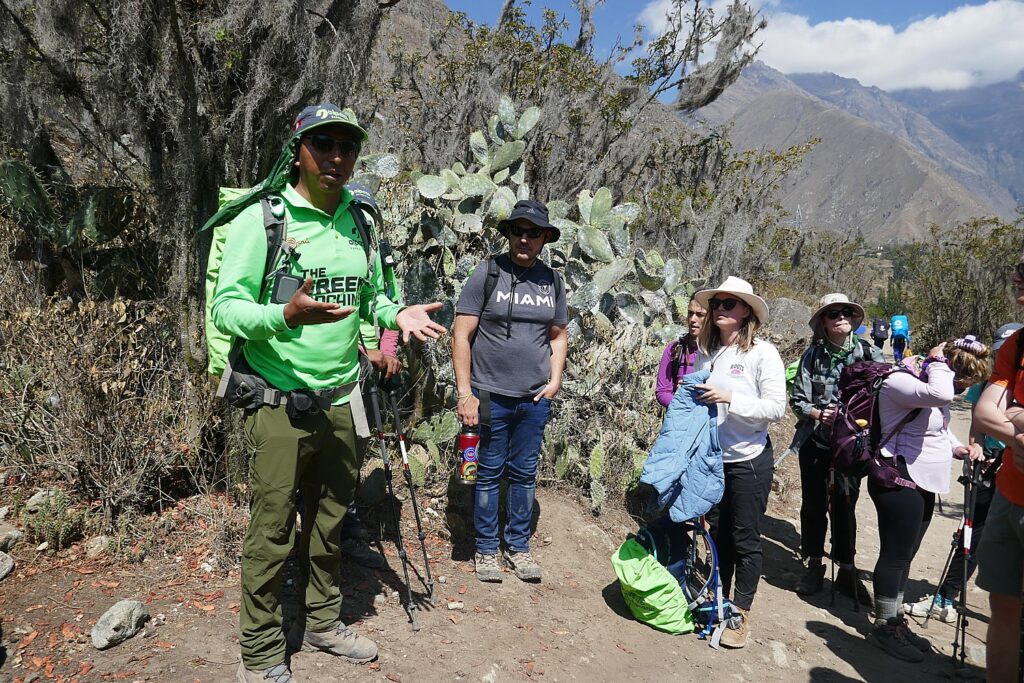
The green agave was used to make string, while ichu grass was woven into rope, strong enough to haul the massive building stones and build suspension bridges (an Incan invention). Part of the bridge’s strength and reliability came from the fact that each cable was replaced every year by local villagers as part of their mit’a – their public service obligation.
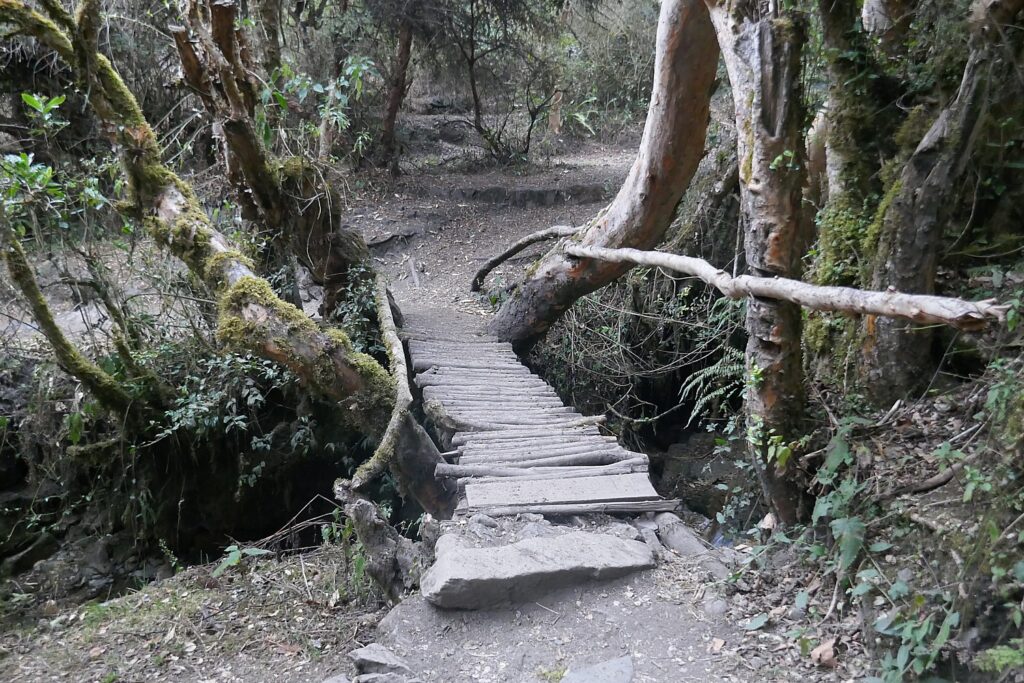
Indeed, the Inca did not use currency, nor, apparently, have slave labor; their society was organized on a system of Anyi (reciprocity, like barter); Minka (communities work together) and Mita (a labor tax, where every man was obligated to do two to three months of service to the government or serve in the military each year). By combining their political authority with religious authority, the people who were impressed to build temples and palaces did it out of devotion.
The first morning’s hike takes us through a few mountain villages – now set up to sell drinks, snacks and items to the hikers.

At the last village we encounter before ascending into mountain wilderness, Lizandro tells us this is actually the village where he grew up and where 96 families still live. From the age of 5, he was leading a pack horse on the trail. There was no school in his community, so his parents sent him to live with an uncle for three years, until his parents couldn’t afford to send him. He met a chef for an expedition company and began as a porter at age 18 (one of the youngest) and spent two years as a porter, then a chef before becoming a guide, which is how he learned English. Our other guide, Georgio, lives in the Sacred Valley and joined Alpaca Expeditions this year.
The first 2 hours of the trek are relatively easy – a warm up – as we make our way to our first Inca site where there is also a stunning overlook.
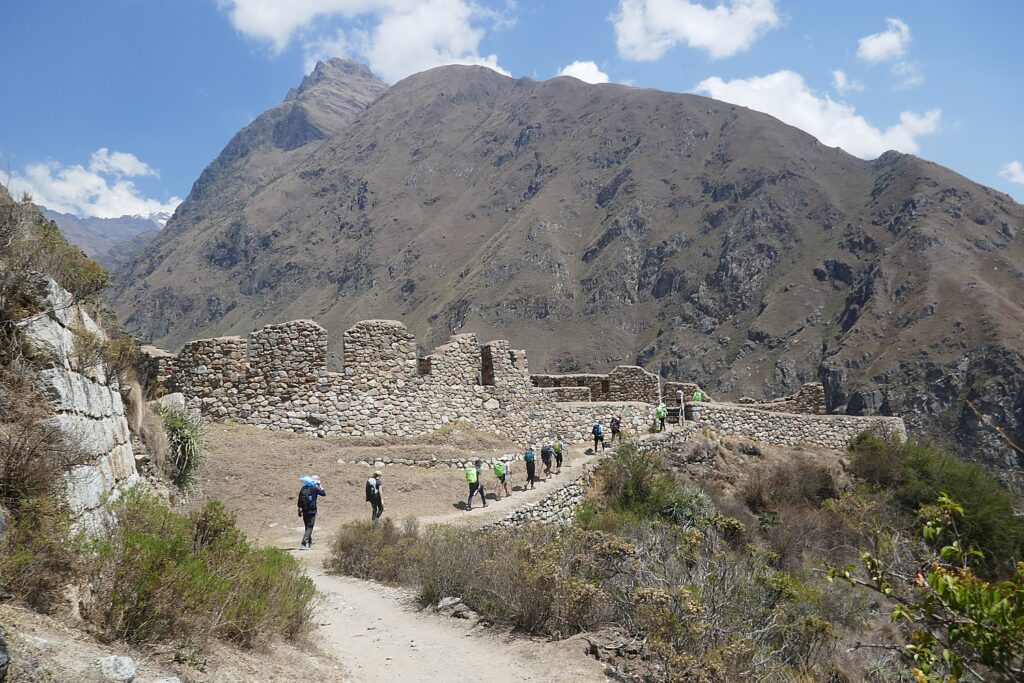
Patallacta was an ancient Inca checkpoint for the approach to Machu Picchu. This was a small resting place and Lizandro begins his story that he will continue at various sites and resting places along our four-day hike (each time, giving us time to refresh and acclimate to the altitude and recover energy to progress).

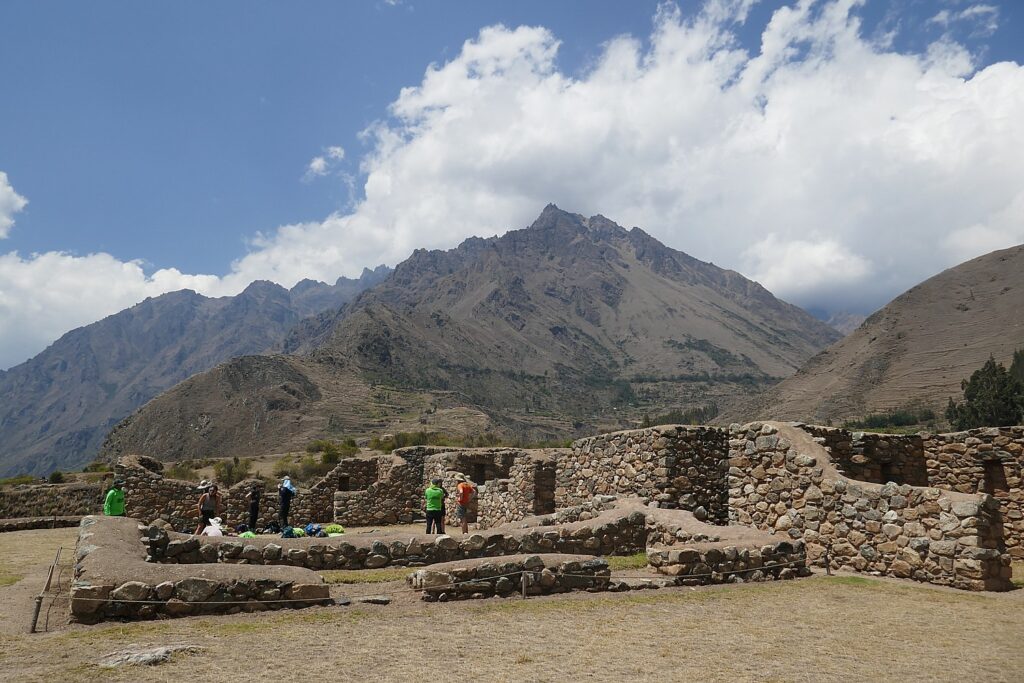
This site would have housed travelers and soldiers who manned the nearby “hill fort” of Willkaragay. It was also a shrine with rounded walls known as Pulpituyuq that had religious and ceremonial functions. Patallacta was burned by Manco Inca Yupanqui, the last Incan emperor, who destroyed a number of settlements along the Inca road system during his retreat from Cuzco in 1536, to block pursuit from the Spanish conquistadors. This is one reason why the Spanish never discovered the Inca Trail to Machu Picchu.
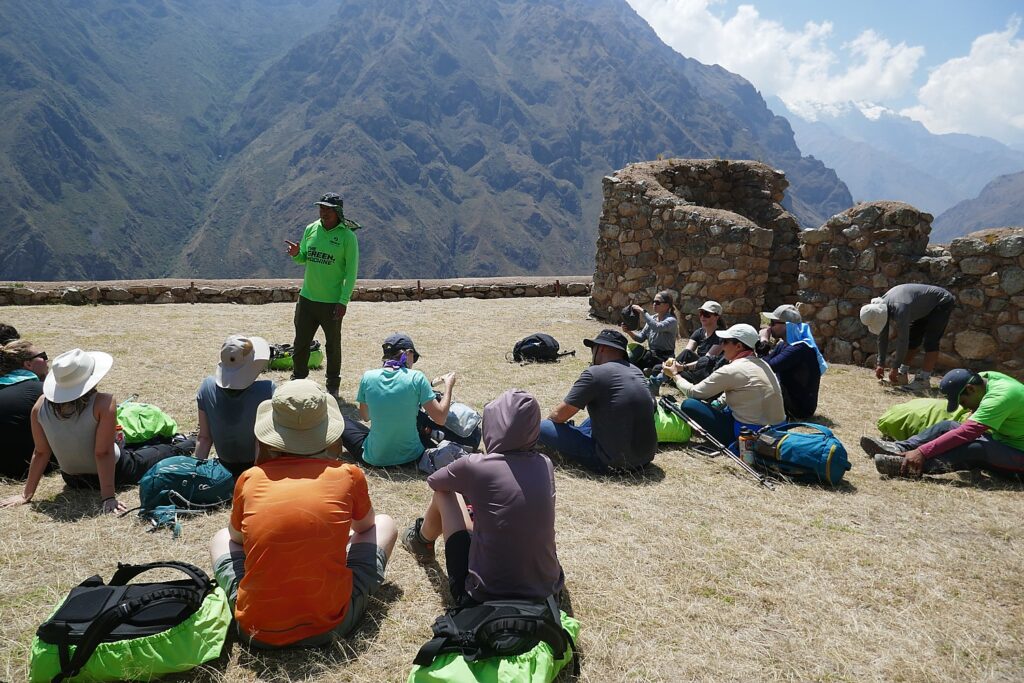
“The culture that built these weren’t the only civilization,” Lizandro tells us. The peoples who lived here were one of the oldest cultures in the hemisphere: the Caral civilization of Peru dating back to 3200 BCE, is the oldest known civilization in the Americas and built pyramids before the Egyptians.
The Paracas performed skull surgery 2000 years ago. I learn that Inca was one of the first cultures that could do surgery; surgeons in ancient Peru commonly and successfully removed small portions of patients’ skulls to treat head injuries; the surgical procedure—known as trepanation —was most often performed on adult men, likely to treat injuries suffered during combat.
Besides the Paracas, there were the Nasca who were responsible for those mysterious lines etched into plains that could only be seen from high up in the shapes of monkey and toucan even though these animals didn’t live here (sometimes I think we imagine what the shapes represent); Chimu, believed to be the first civilization to practice human sacrifice (500 skeletons were found in one tomb near Lima); Tiajuanacas who were the first culture to domesticate animals – llama used to carry goods, alpaca for their fur and meat, and vincuna, all three in the camel family.
These civilizations and cultures all preceded the Inca but the Inca, a ruling family that imbued themselves with divine authority, were the first to conquer the Andes and establish such a vast empire. The Inca reigned from 1150 to 1533, but the history is mostly lost – eradicated by the Spanish – because the Inca did not develop a written language (that is that they know of).
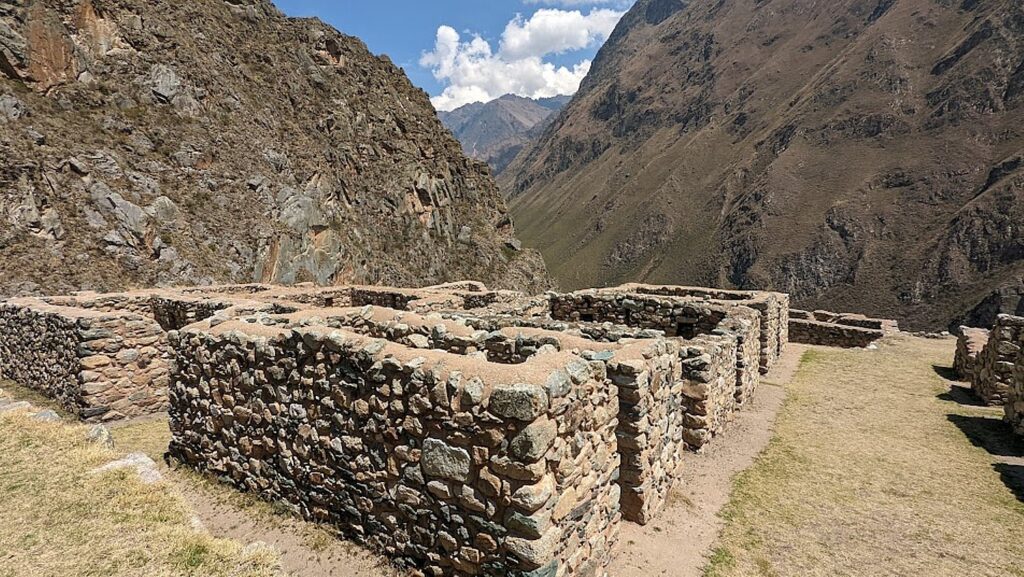
How did they build such big monuments and conquer the Andes?
According to myth, Lizandro relates, around 1100, the first Incan king and queen emerged from Lake Titicaca floating islands, traveled north looking for good soil and came to Cuzco Valley which was already inhabited. They transformed the land – built homes, established religion putting the sun god, Inti, ahead of the other gods, and the Incan king anointing himself the son of the sun. They conquered the tribes around Cuzco and made Cuzco the center of their universe and the spiritual center of the Andes. Then they discovered (and conquered) the Sacred Valley – sacred because of its fertile production of corn.
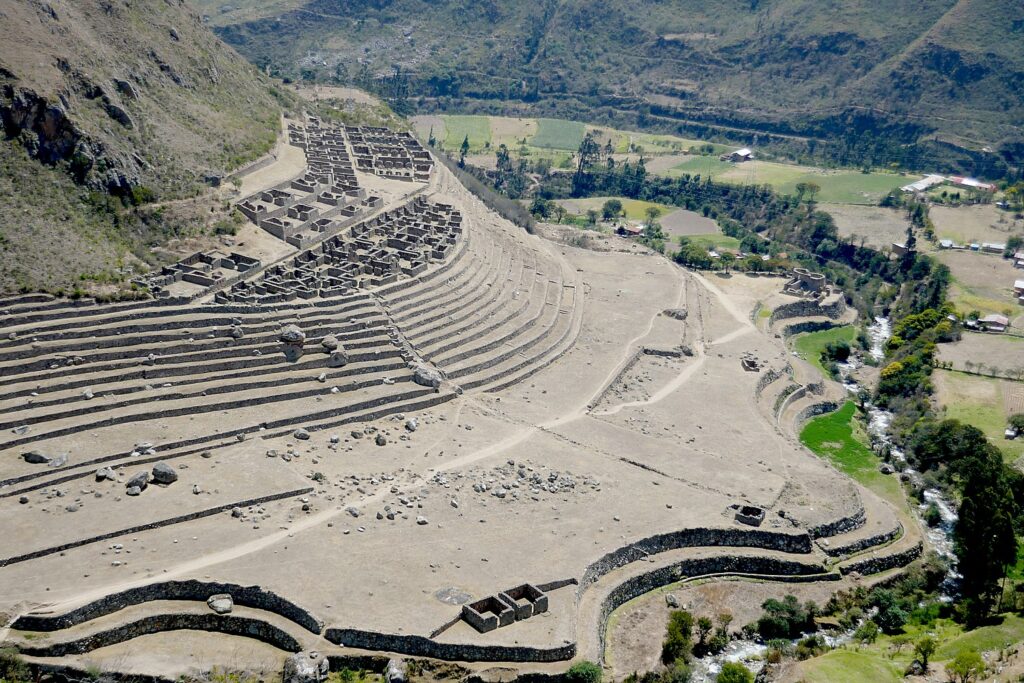
Over the next 350 years, the Inca expanded their empire, built a road system (known as the Royal Road) that was the most extensive and advanced transportation system in pre-Columbian South America – 25,000 miles of road stretching to Ecuador, Argentina, and Chile, connecting the coast, Andes and rainforest regions. It was also a communications system. They would send messages by relay runners who carried quipu – messages based on strings and knots (they did not have written alphabet). The runners – who might announce the impending arrival of a noble – could make it to Machu Picchu in four hours (we take four days).
Most of the sites we see were built in the mid-1400s by Pachacuti, the Incan “Alexander the Great”. He rebuilt Cuzco, built Pisac, Ollantaytambo and Machu Picchu. These sites we encounter along the Incan Trail were built specifically as resting places for pilgrims and travelers headed to Machu Picchu, for religious purpose and for protection of Machu Picchu.
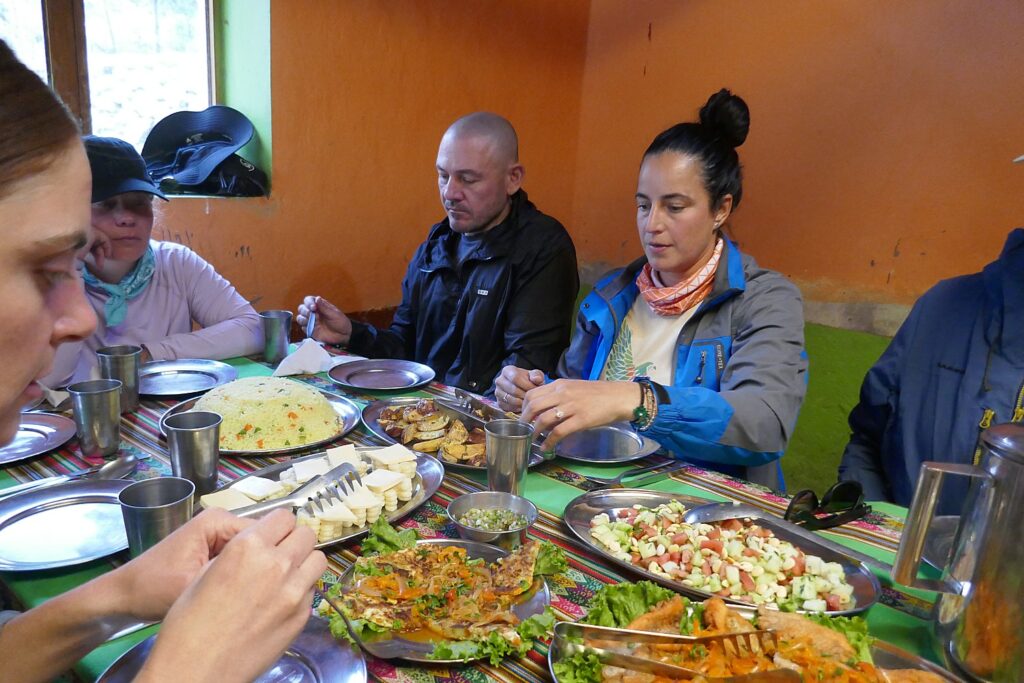
From Patallacta it’s another 2-hour hike to Hatunchaca, a kind of way station, where we have lunch, actually served in a small building, as fine as the best restaurant: avocado salad, a sensational pumpkin soup (the soups are so welcome, comfort food), garlic bread; trout (outstanding), rice, roasted potato, corn.
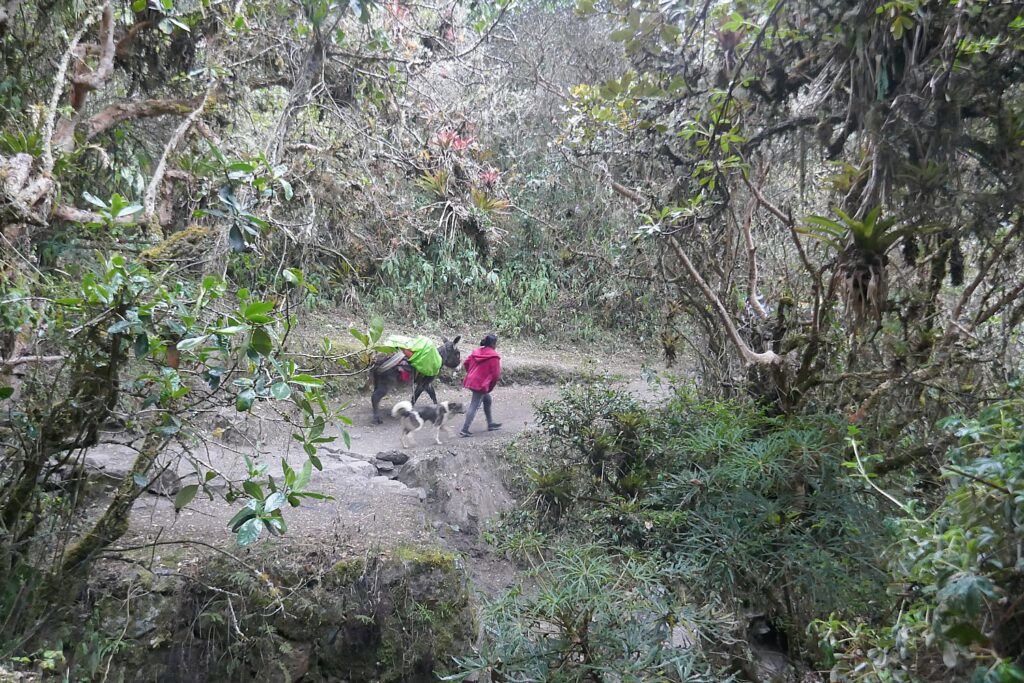
The next hour (for me, more like 1 hour 20 minutes) is all uphill, making me all the more anxious for Day 2’s hike, which will be the real challenge. I am imagining that tomorrow will be this times 10 – four hours of this just to get to Dead Woman’s Pass.
On this last stretch, we pass through two small communities where we can buy an energy drink, snacks, or essential items like batteries.
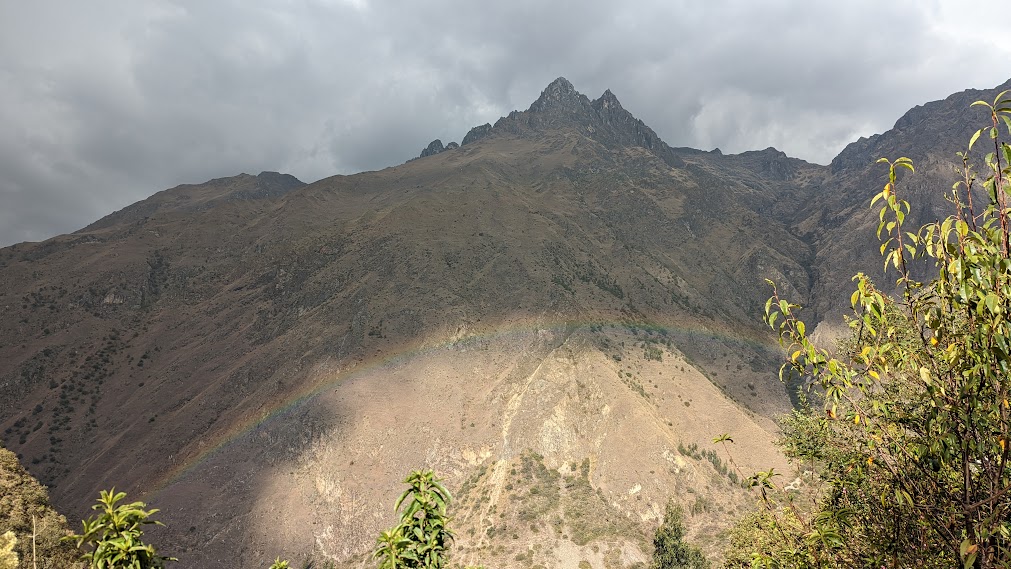
We come to a ranger station at Wayllabamba (9,842 ft elevation) where it begins to mist and we delight in seeing a rainbow (auspicious? Some indigenous people worshipped the rainbow, which they associated with fertility), then drizzle, then thunder, and as we get into the Ayapata campsite (10,829 ft elevation) , at 4:30 pm, it is a real downpour. But we get cozy inside our tents, where the sleeping bag (winter grade) and mat and our duffels are already placed (whew!).
Then it’s tea time! with snacks (popcorn!), and by 7:30 pm a marvelous dinner.
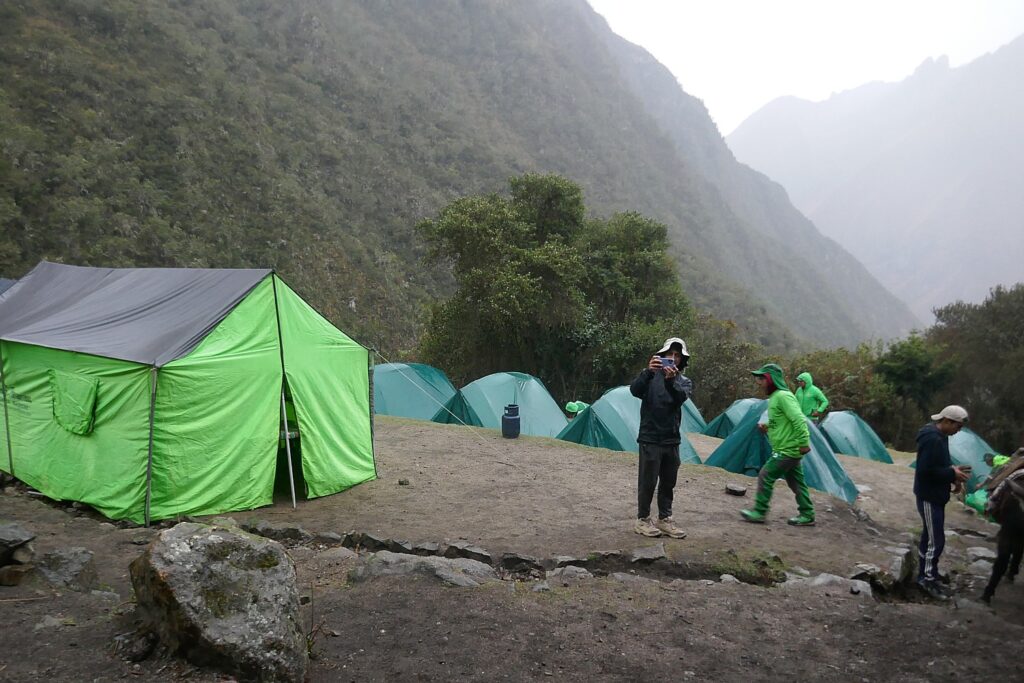
The rain clears out and the stars are amazing.
Lizandro points out the constellations so important to the Inca. The Inca believed the Milky Way to be a river, Mayu, the source of all water on earth. and that earth and sky are connected, sacred, alive and parts of one whole. The sky had special, even religious significance in managing this civilization and organizing daily life, especially food production. The Inca could identify the solstices, equinoxes, the changes of season in order to better identify when to sow and harvest. We see how the Incan sites were constructed to connect to the solstice – even Machu Picchu was constructed around the stars and the Sun Gate aligned with the solstice. In the magnificent Southern Hemisphere sky, away from all the artificial lighting, you can appreciate the wonder the sky evoked.
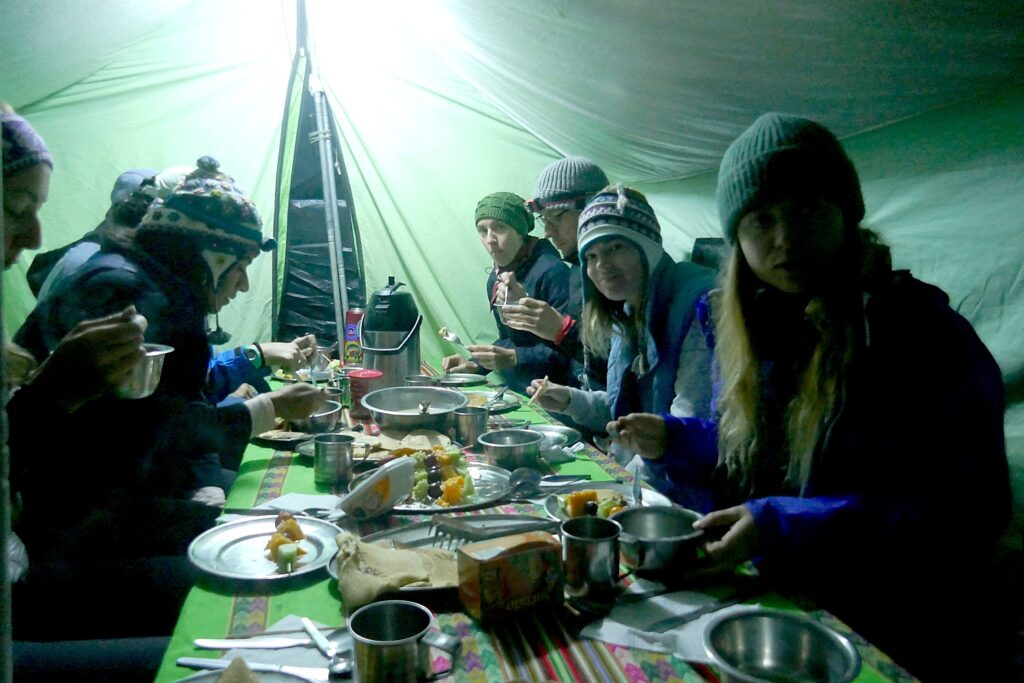
We hiked 8.7 miles this day and climbed from an altitude of 8,923 ft to 10,829 to the Ayapata campsite, the hike helping us to acclimate and get used to the Inca Trail. I’m feeling fine after today’s hike – at first feeling sensory deprived because I did not bring a book with me (too much weight) so I look over old tweets. I fall asleep anxious about what Day 2 will bring.
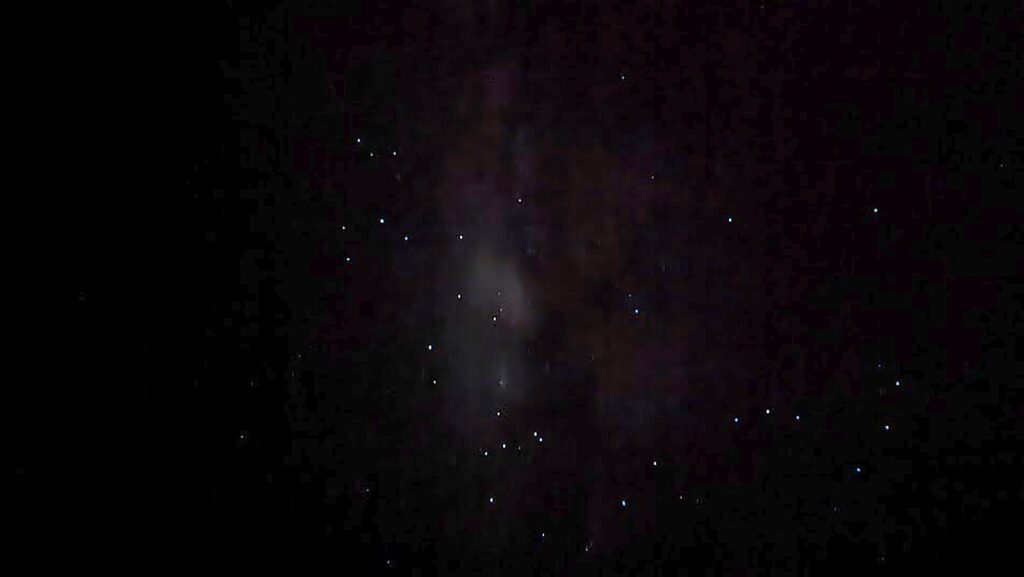
The permits to do the Inca Trail trek are limited to 500 a day for all the trekking companies and get booked up months in advance.
More information: Alpaca Expeditions, USA Phone: (202)-550-8534, info@alpacaexpeditions.com, raulmanager@alpacaexpeditions.com, https://www.alpacaexpeditions.com/
Next: Day 2: Conquering Dead Woman’s Pass
See also:
VISIT TO PERU’S SACRED VALLEY IS BEST WAY TO PREPARE FOR INCA TRAIL TREK TO MACHU PICCHU
INCAN SITES OF PISAC, OLLANTAYTAMBO IN PERU’S SACRED VALLEY ARE PREVIEW TO MACHU PICCHU
ALPACA EXPEDITIONS’ INCA TRAIL TREK TO MACHU PICCHU IS PERSONAL TEST OF MIND OVER MATTER
DAY 1 ON THE INCA TRAIL TO MACHU PICCHU: A TEST
DAY 2 ON THE INCA TRAIL TO MACHU PICCHU: DUAL CHALLENGES OF DEAD WOMAN´S PASS, RUNCURACCAY
DAY 3 ON THE INCA TRAIL TO MACHU PICCHU: TOWN IN THE CLOUDS, TERRACES OF THE SUN & FOREVER YOUNG
DAY 4 ON THE INCA TRAIL: SUN GATE TO MACHU PICCHU, THE LOST CITY OF THE INCAS
__________________
© 2022 Travel Features Syndicate, a division of Workstyles, Inc. All rights reserved. Visit goingplacesfarandnear.com, www.huffingtonpost.com/author/karen-rubin, and travelwritersmagazine.com/TravelFeaturesSyndicate/. Blogging at goingplacesnearandfar.wordpress.com and moralcompasstravel.info. Visit instagram.com/going_places_far_and_near and instagram.com/bigbackpacktraveler/ Send comments or questions to FamTravLtr@aol.com. Tweet @TravelFeatures. ‘Like’ us at facebook.com/NewsPhotoFeatures
